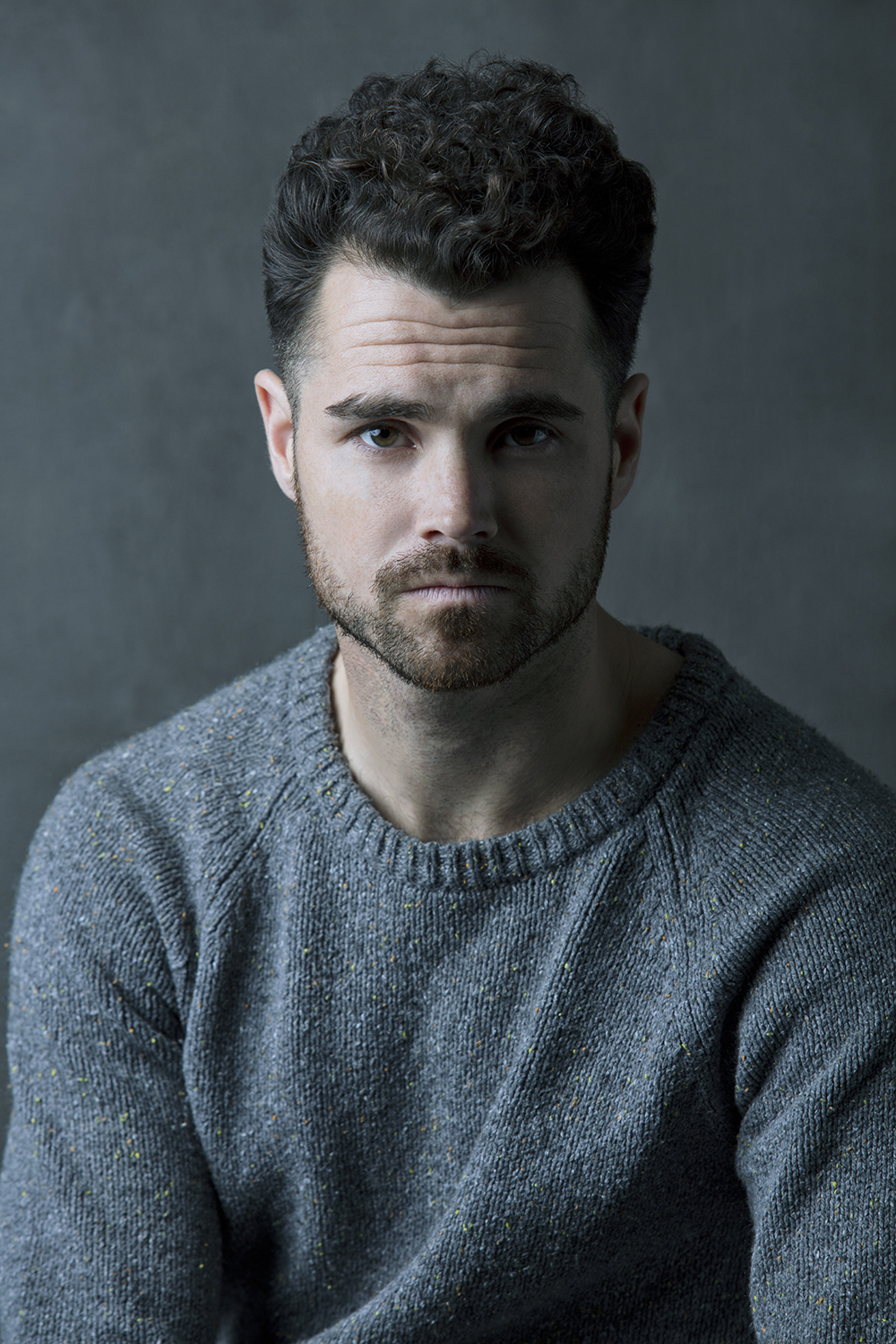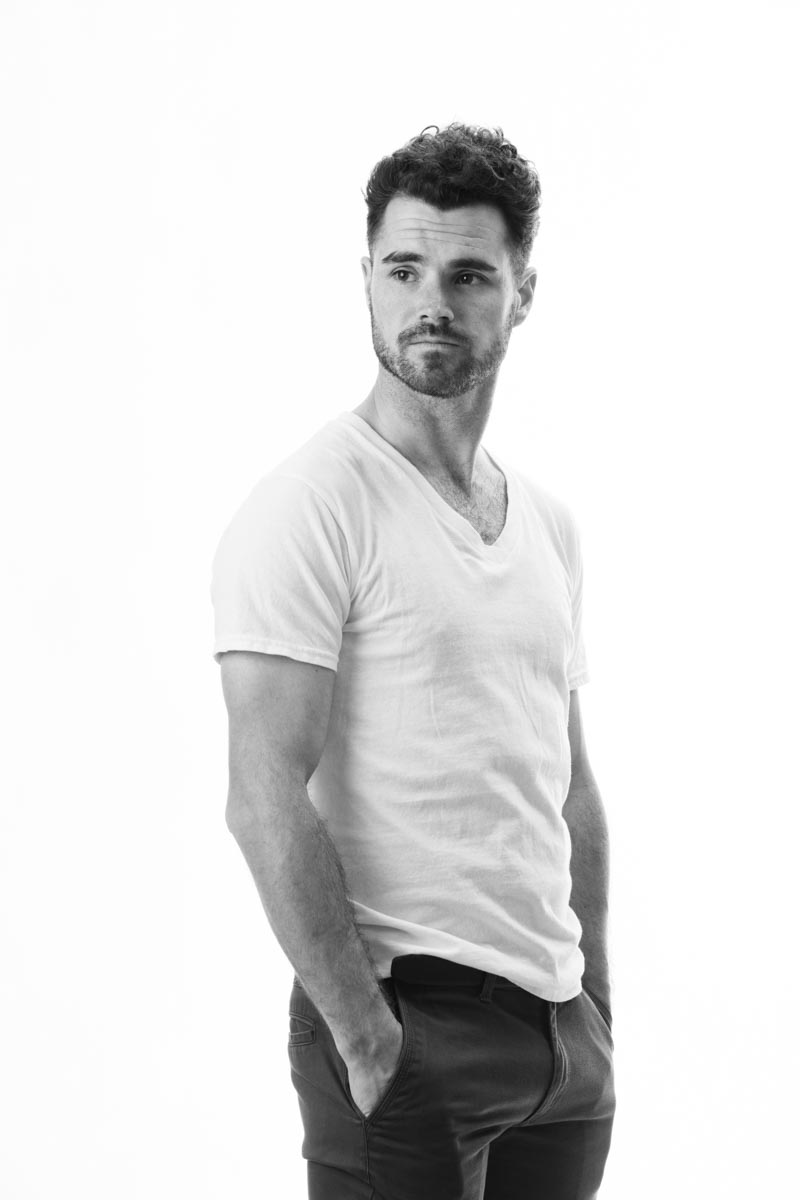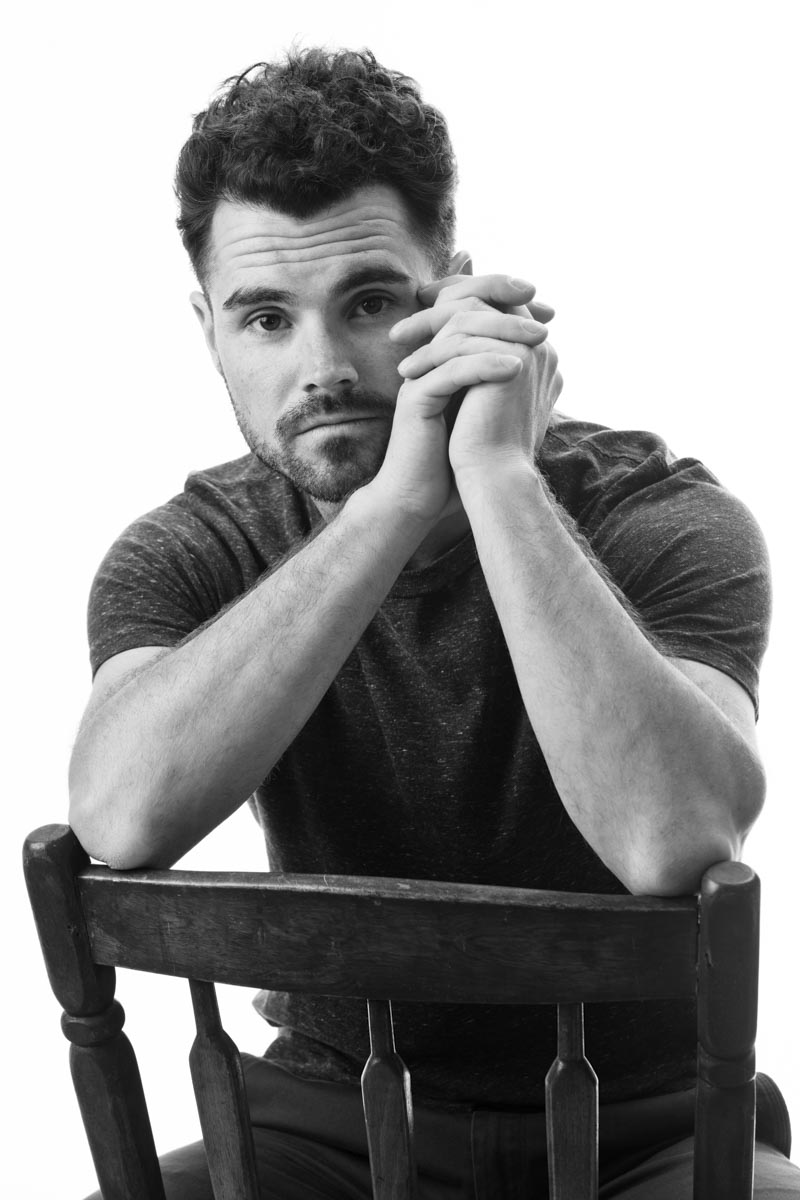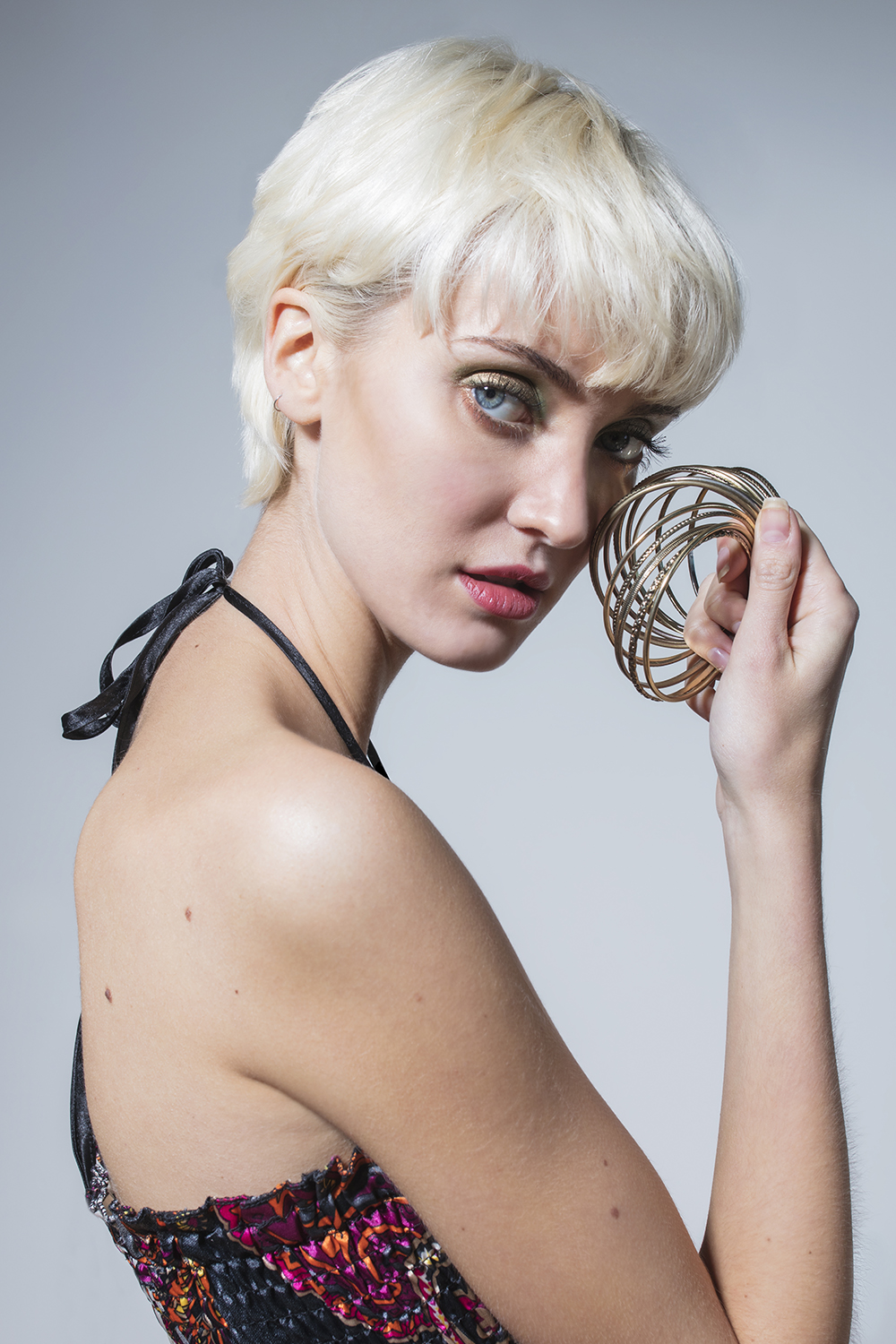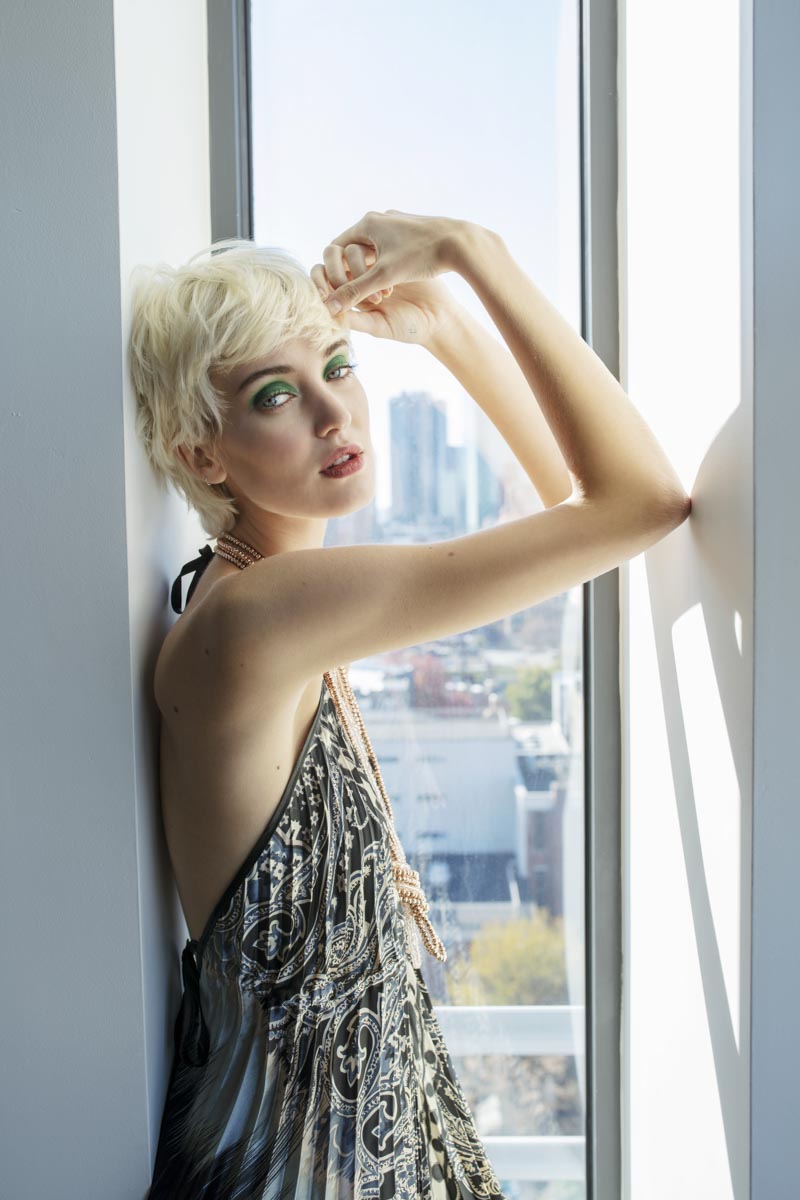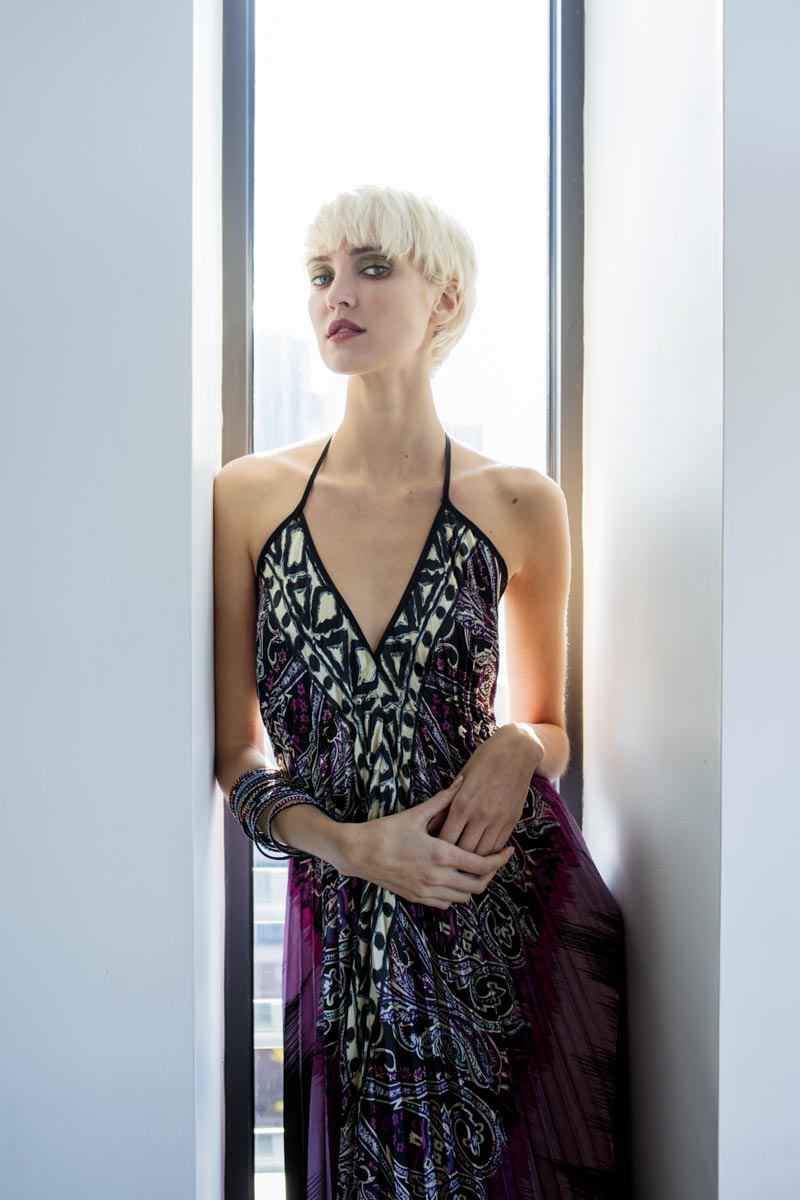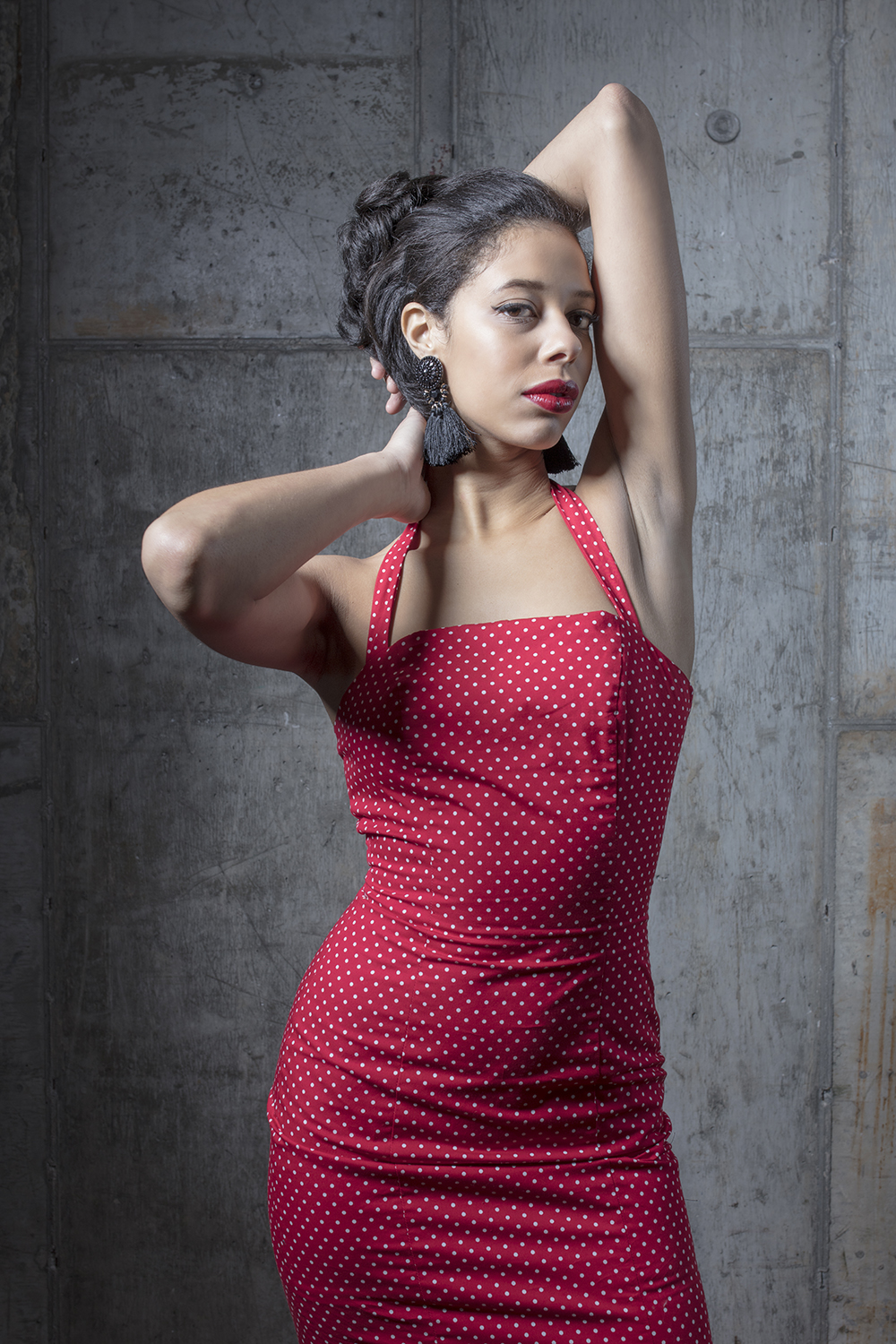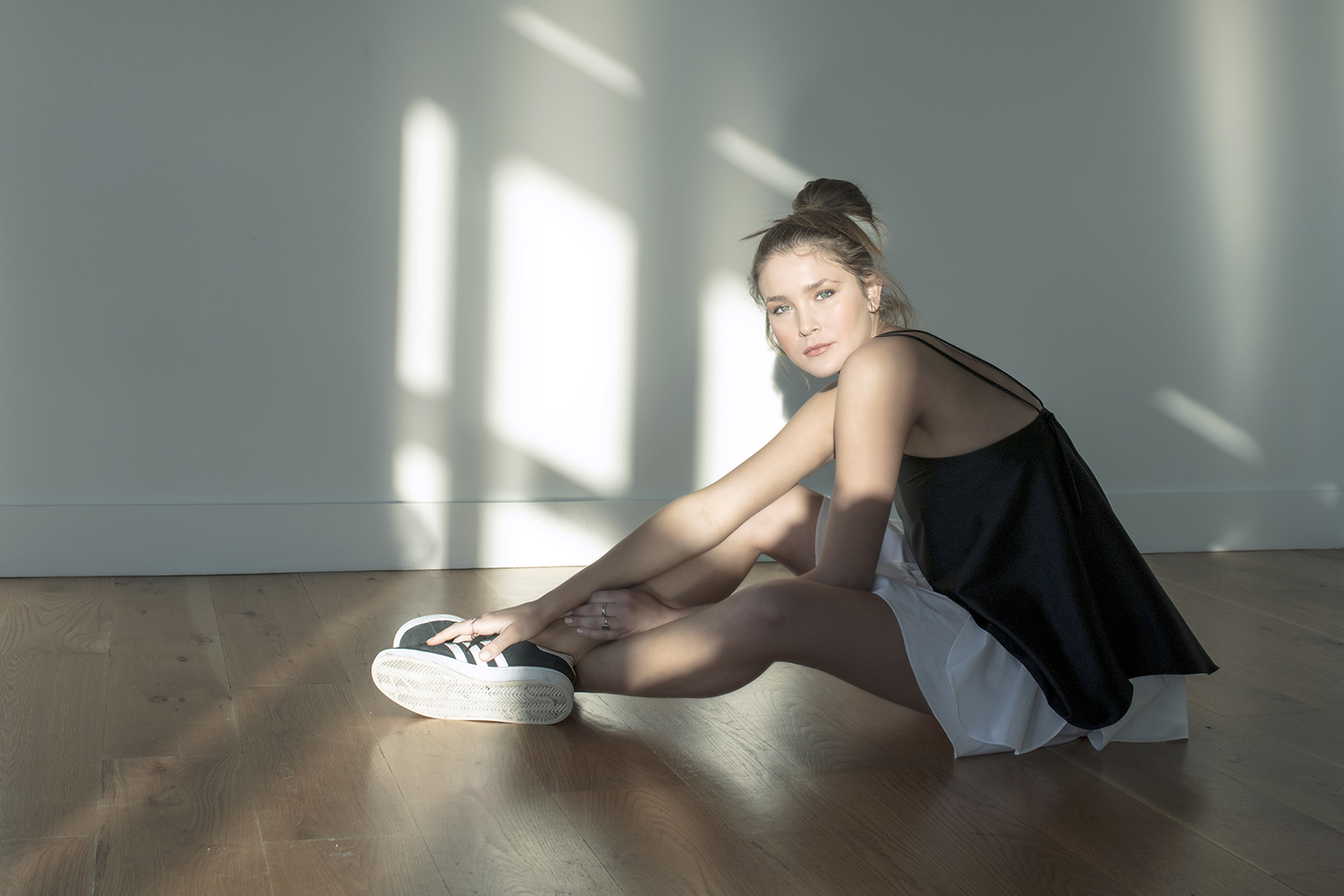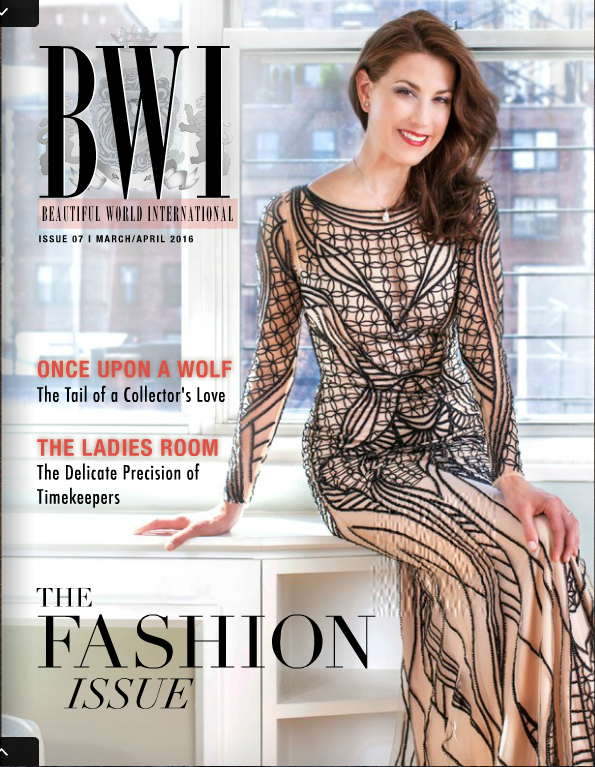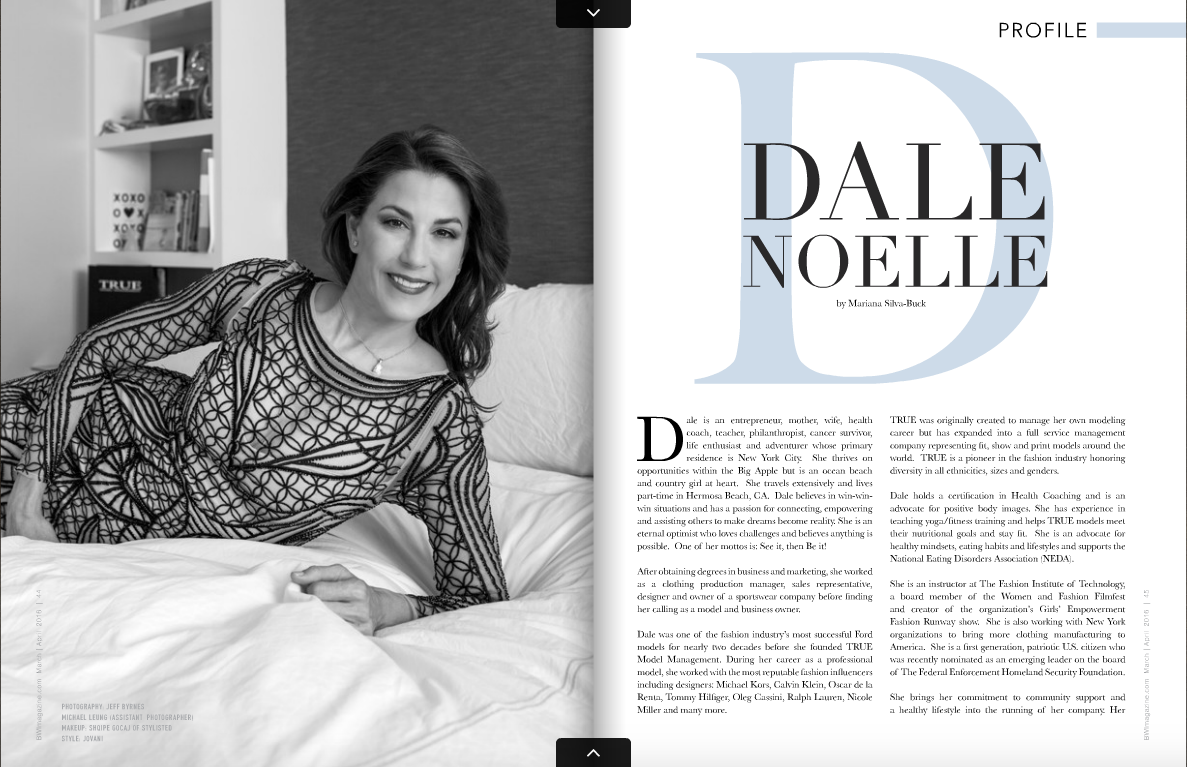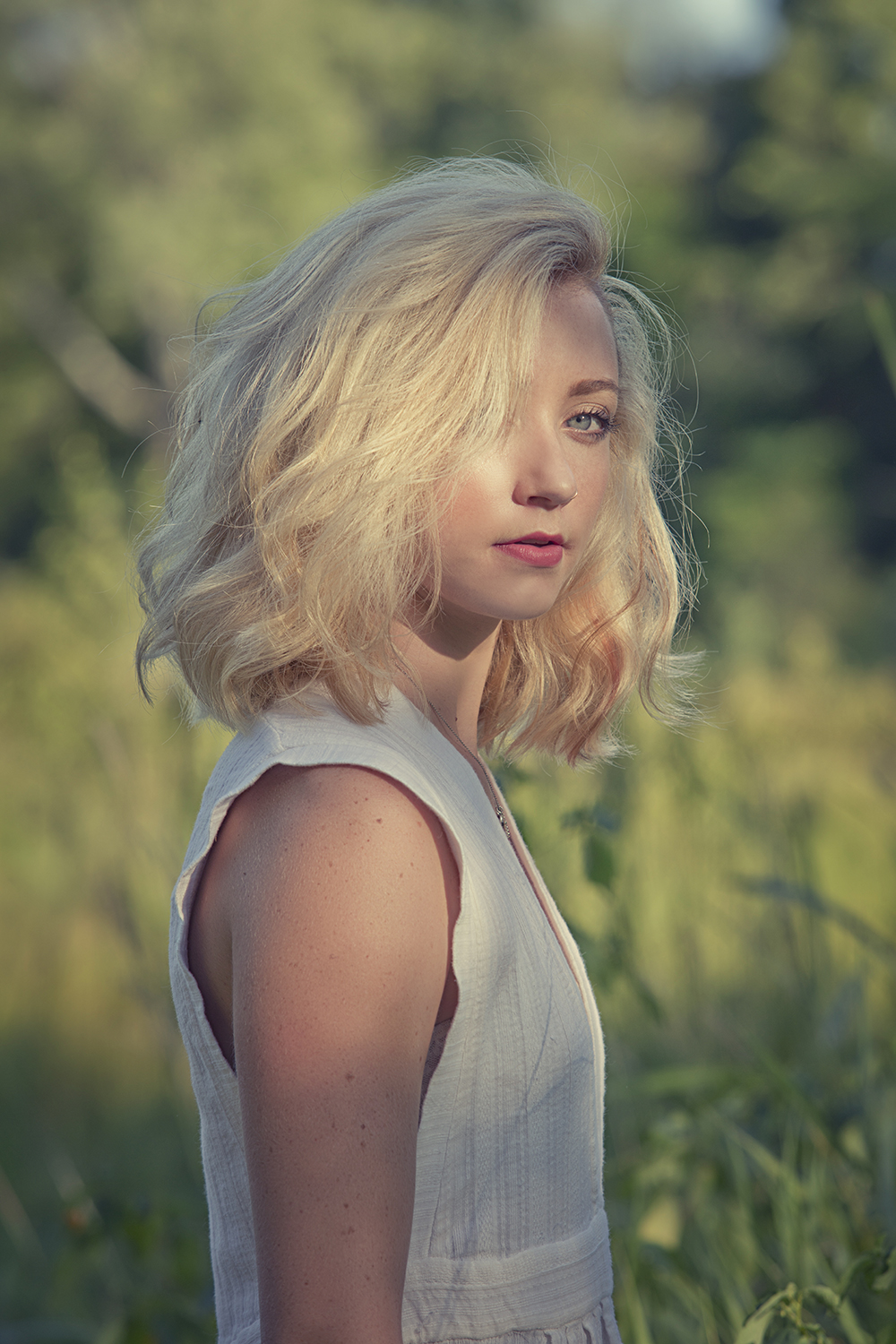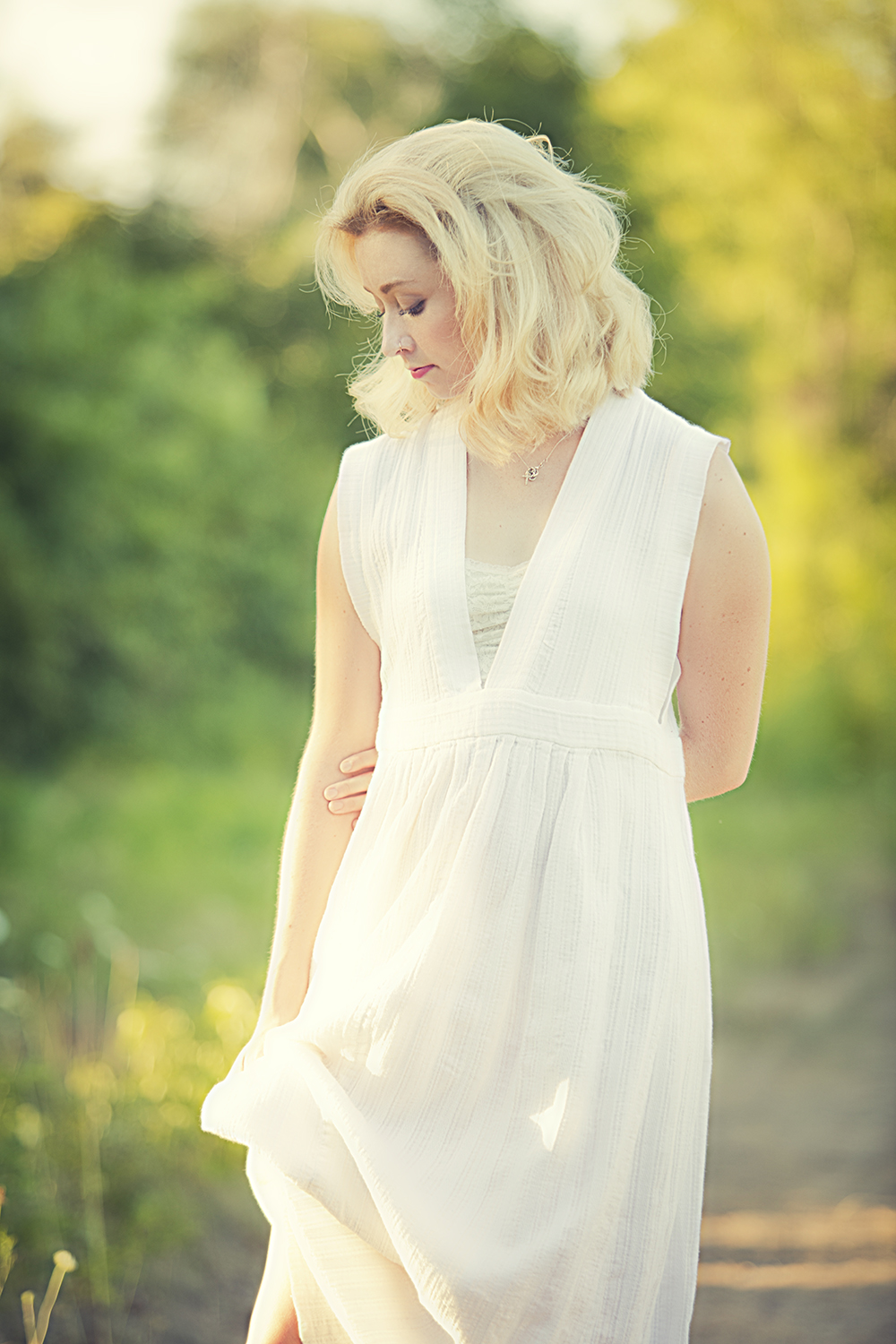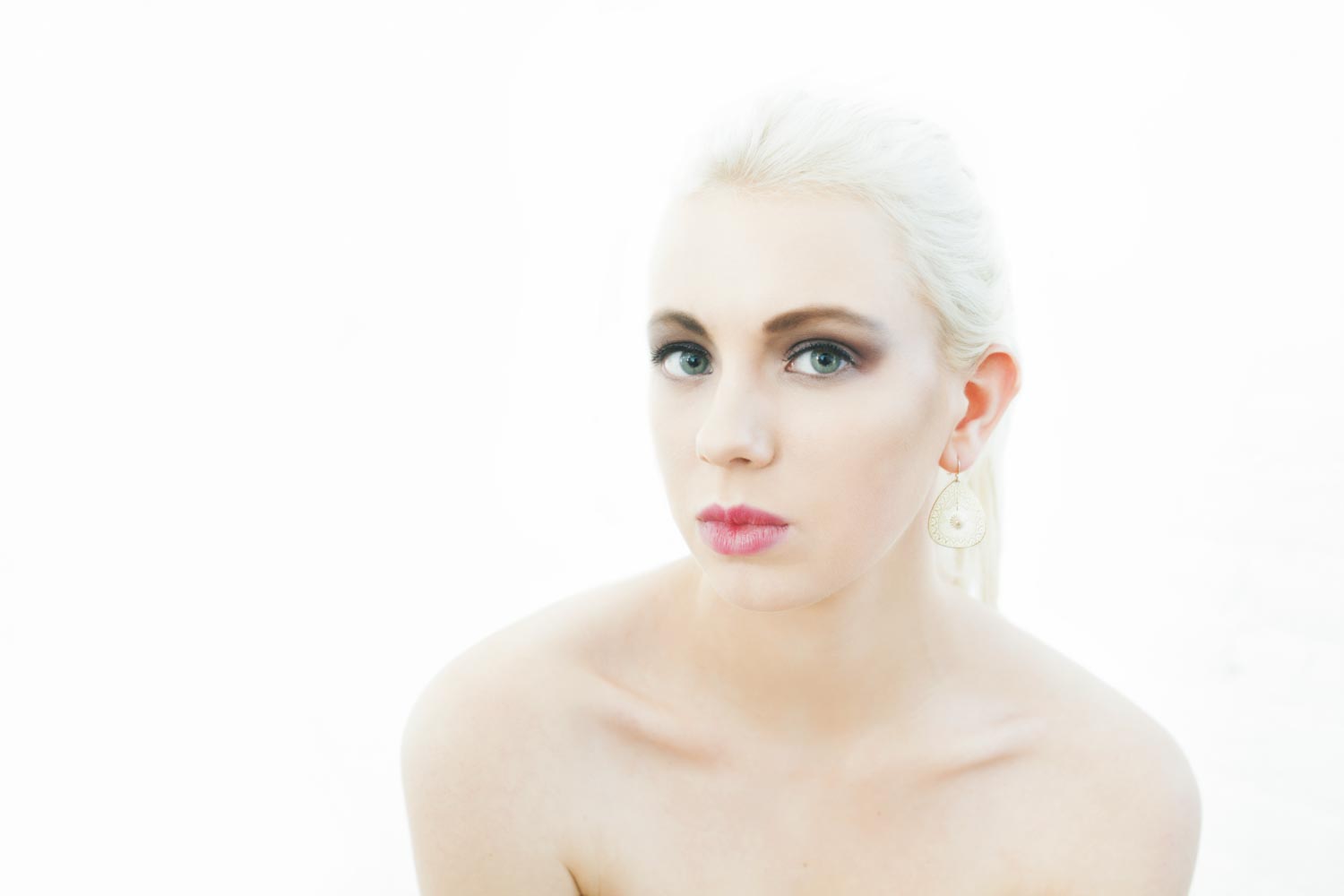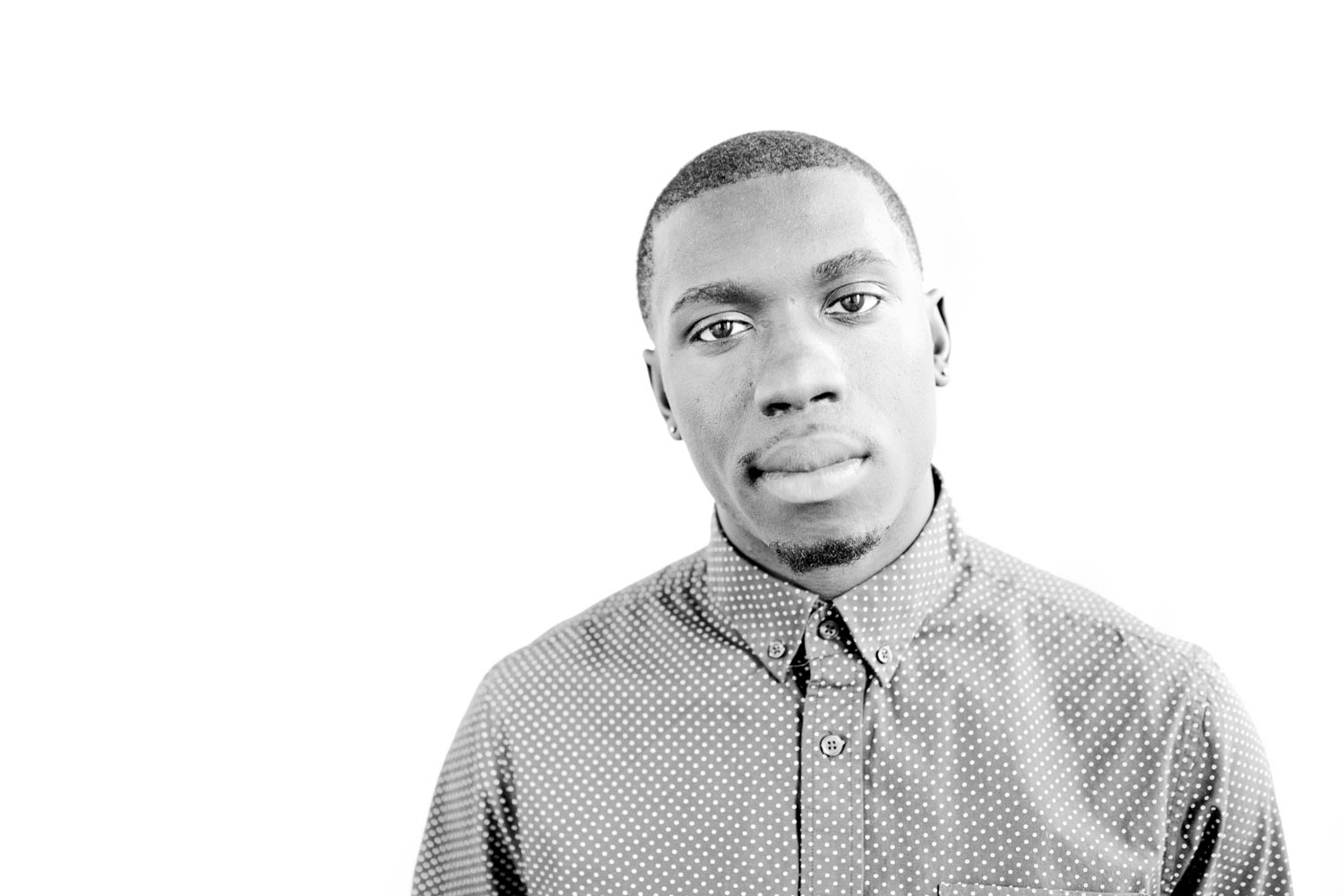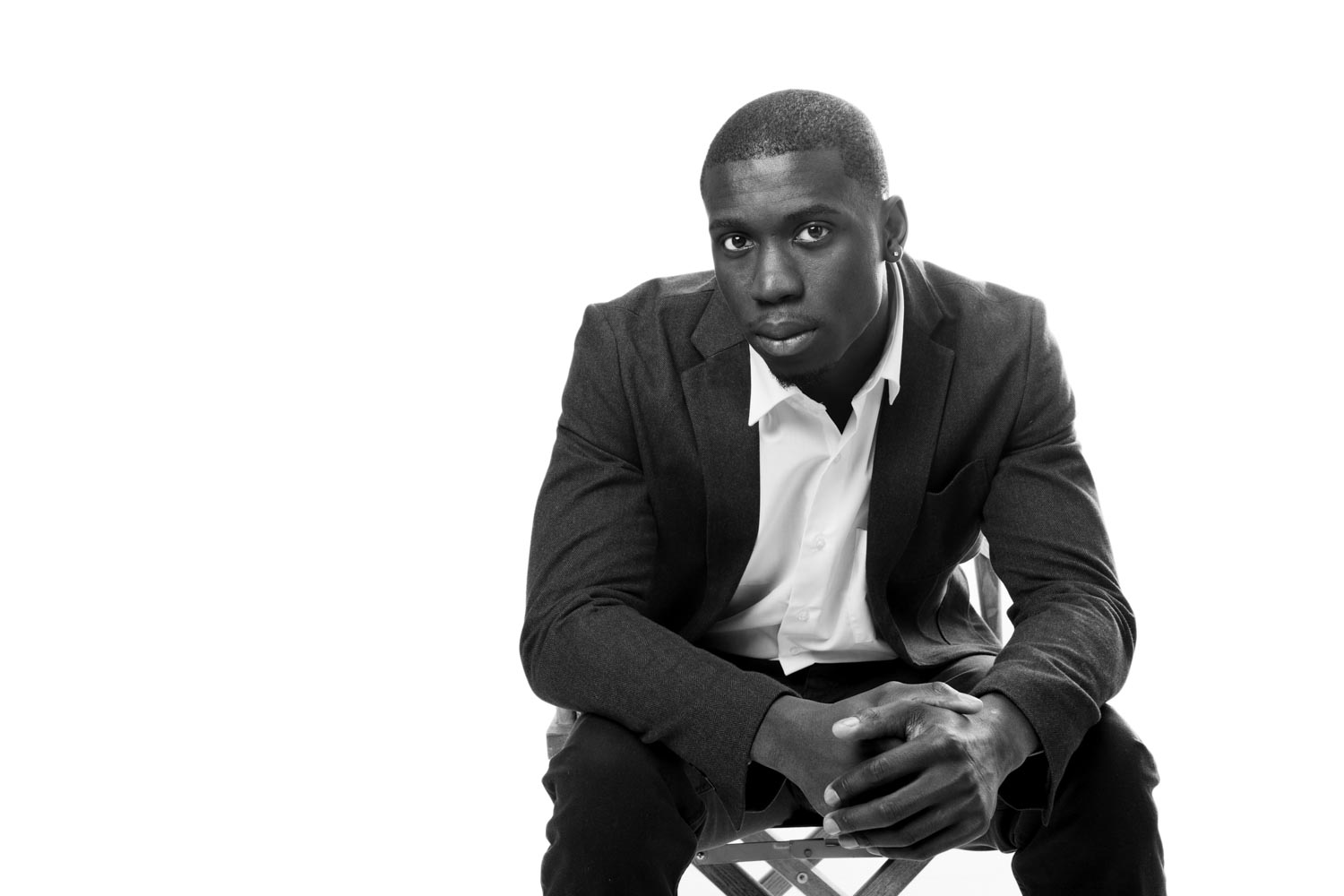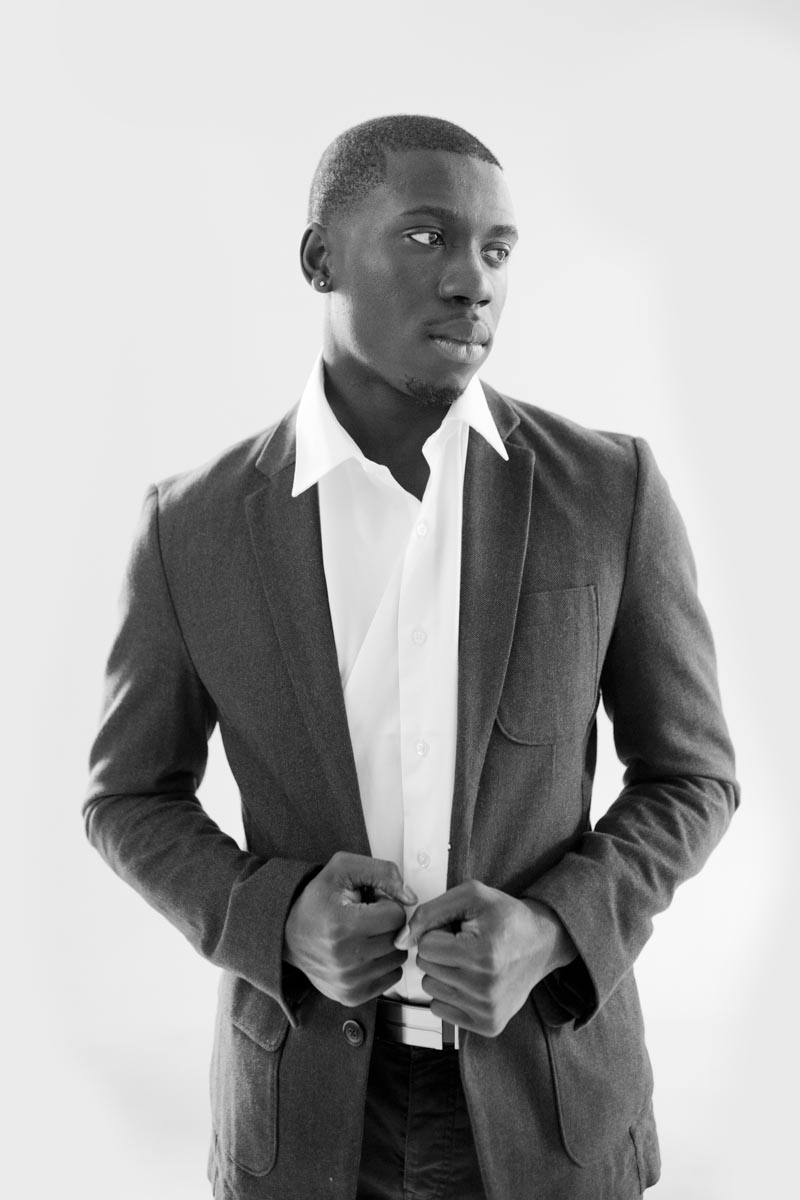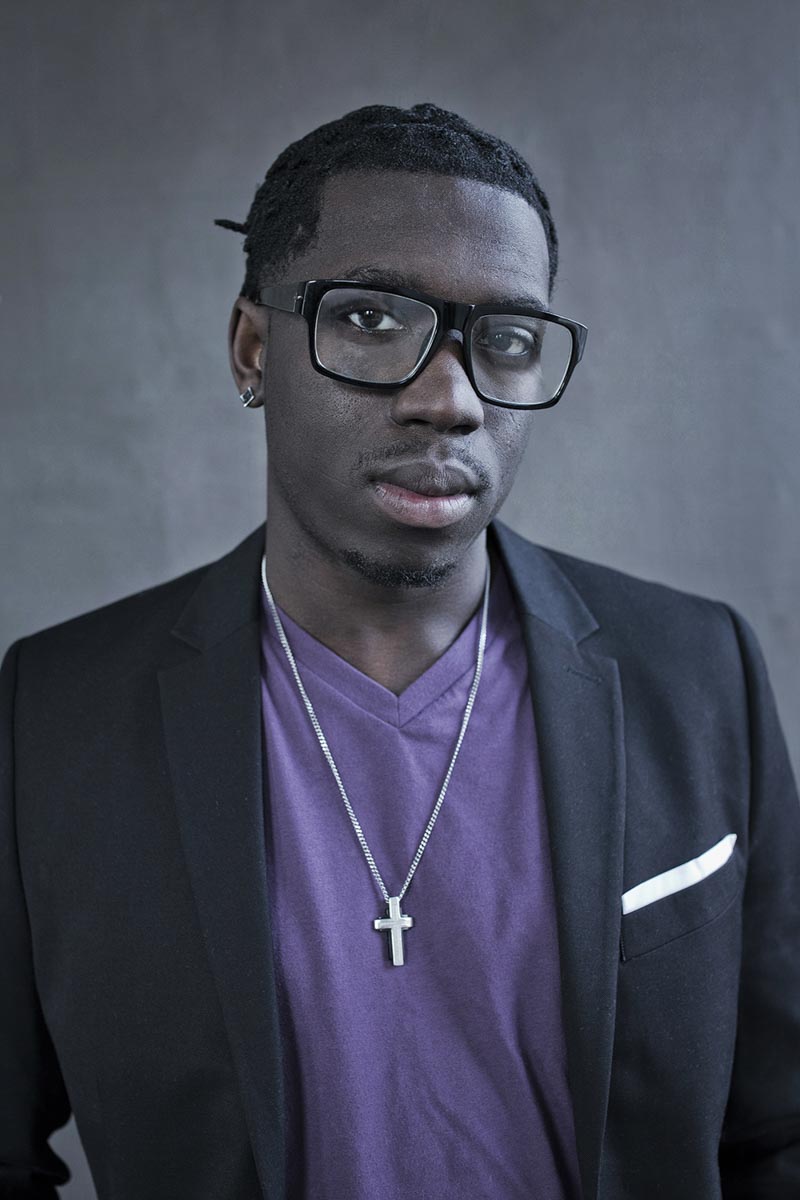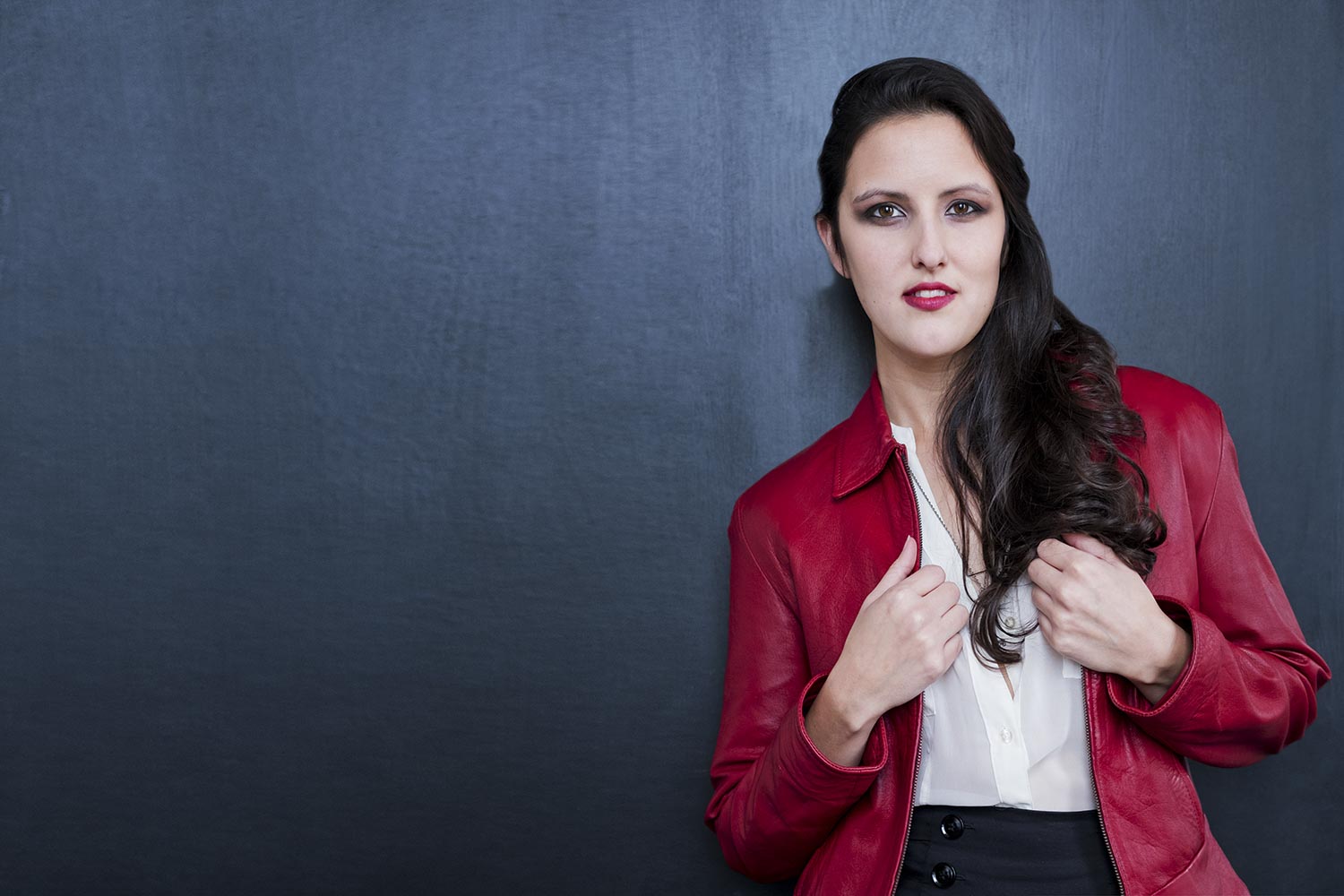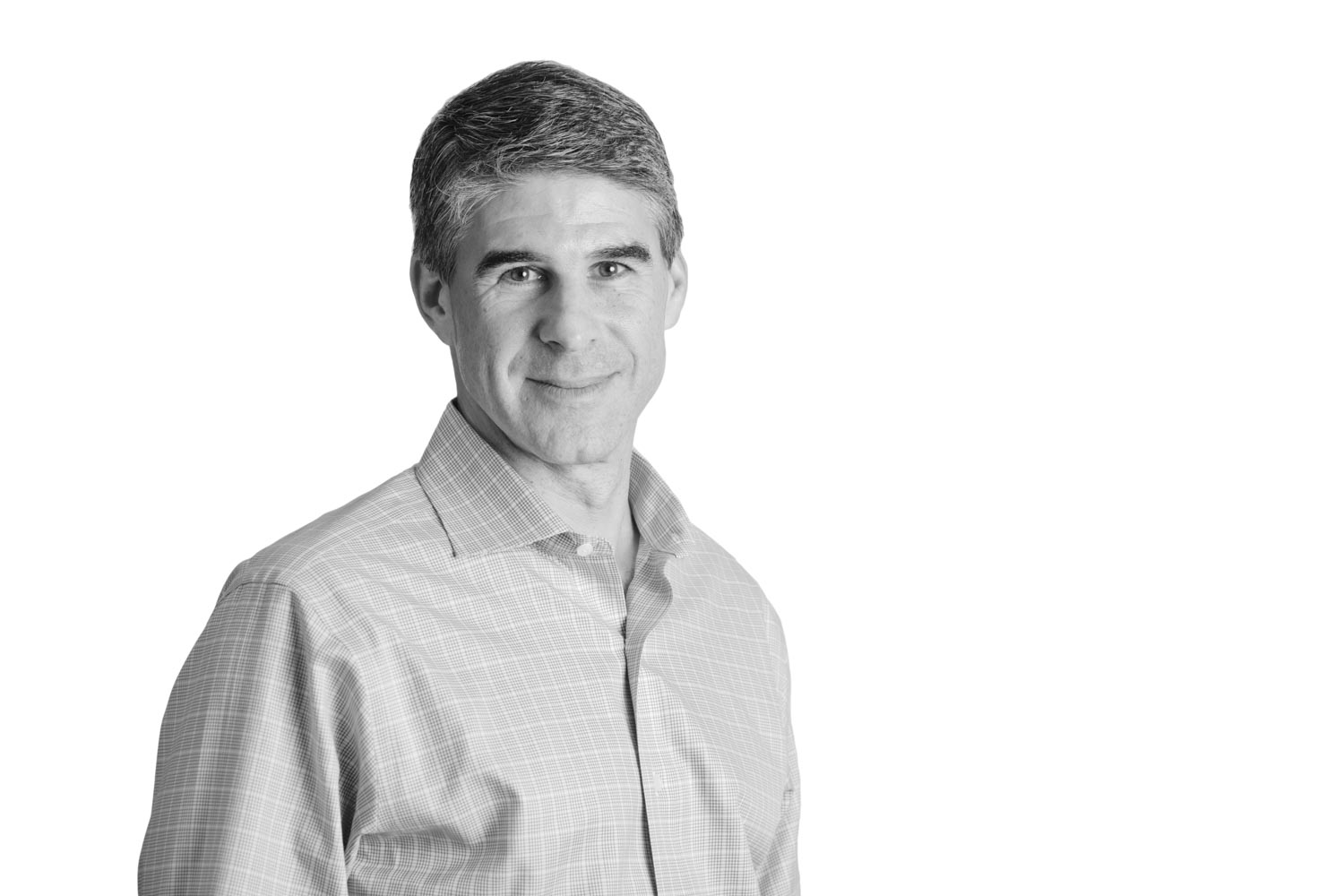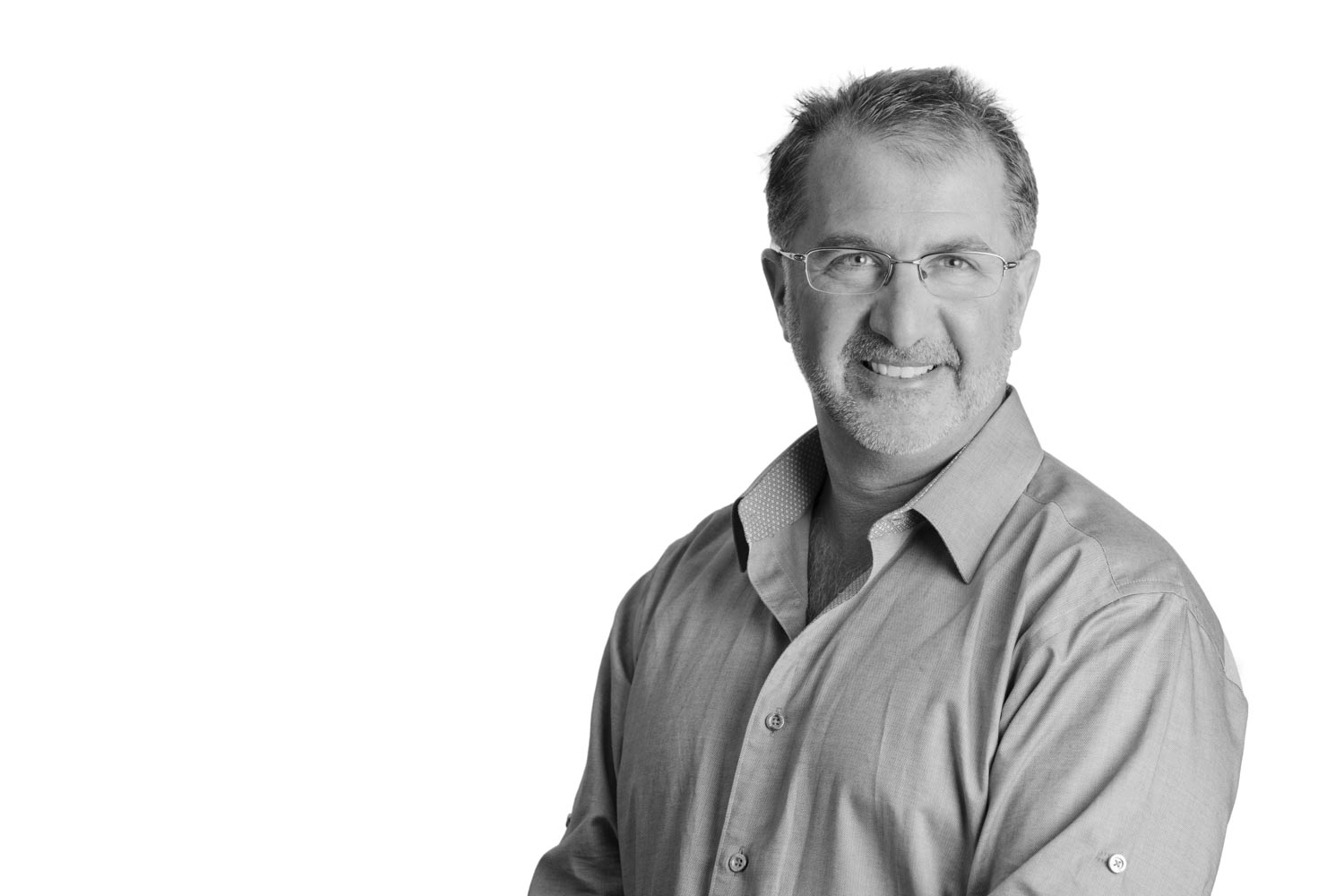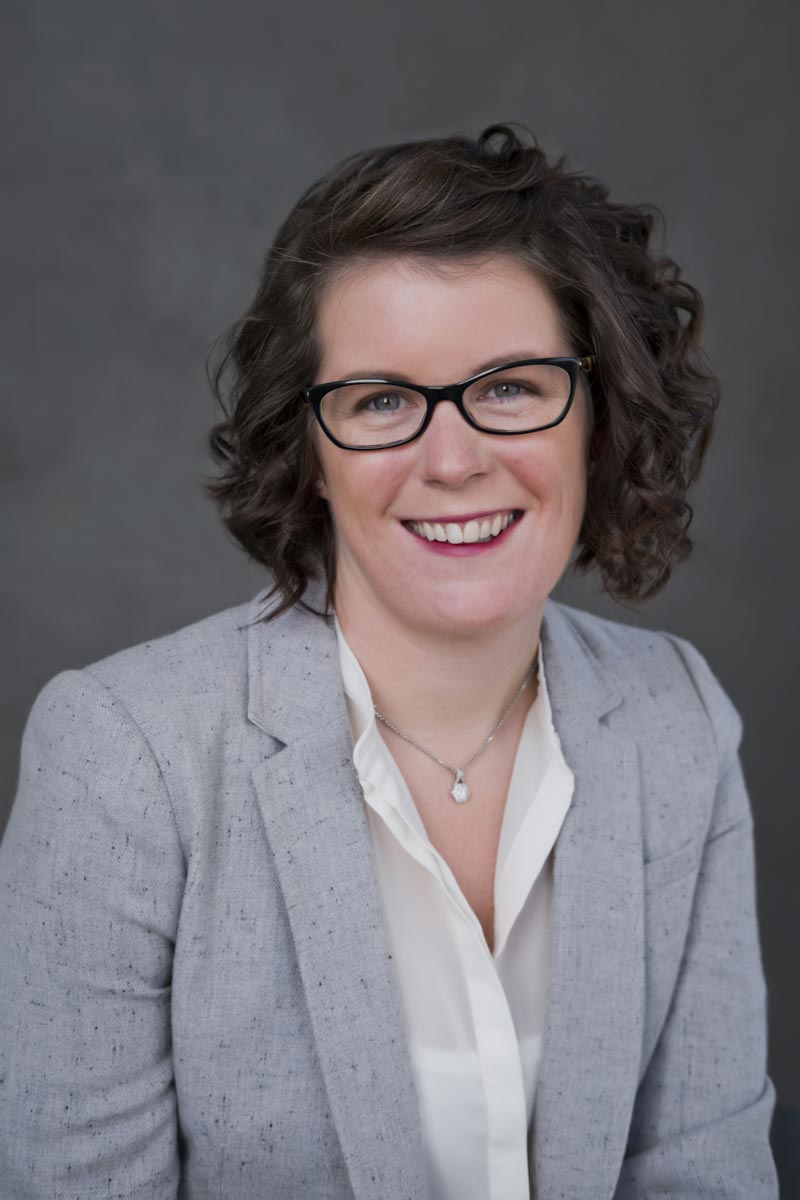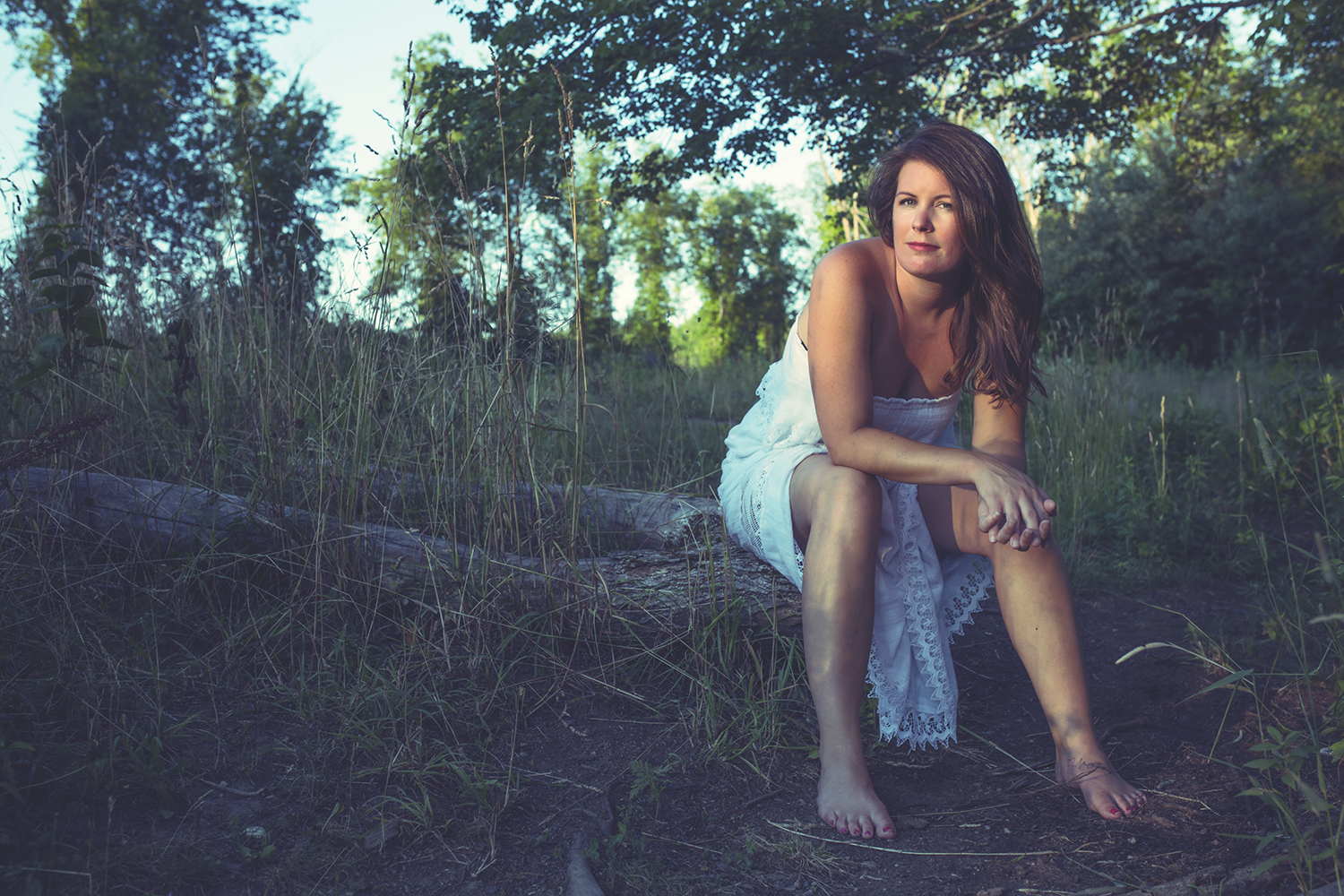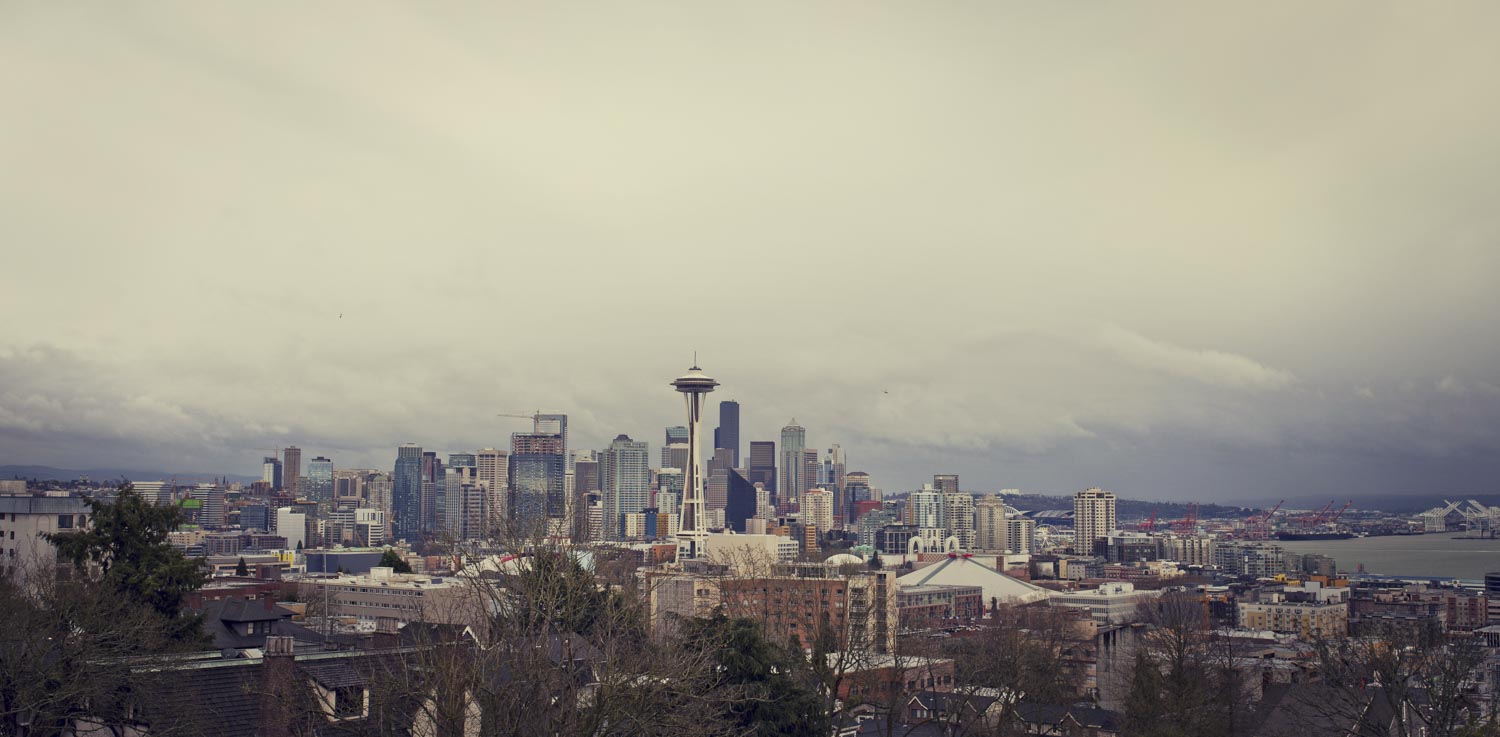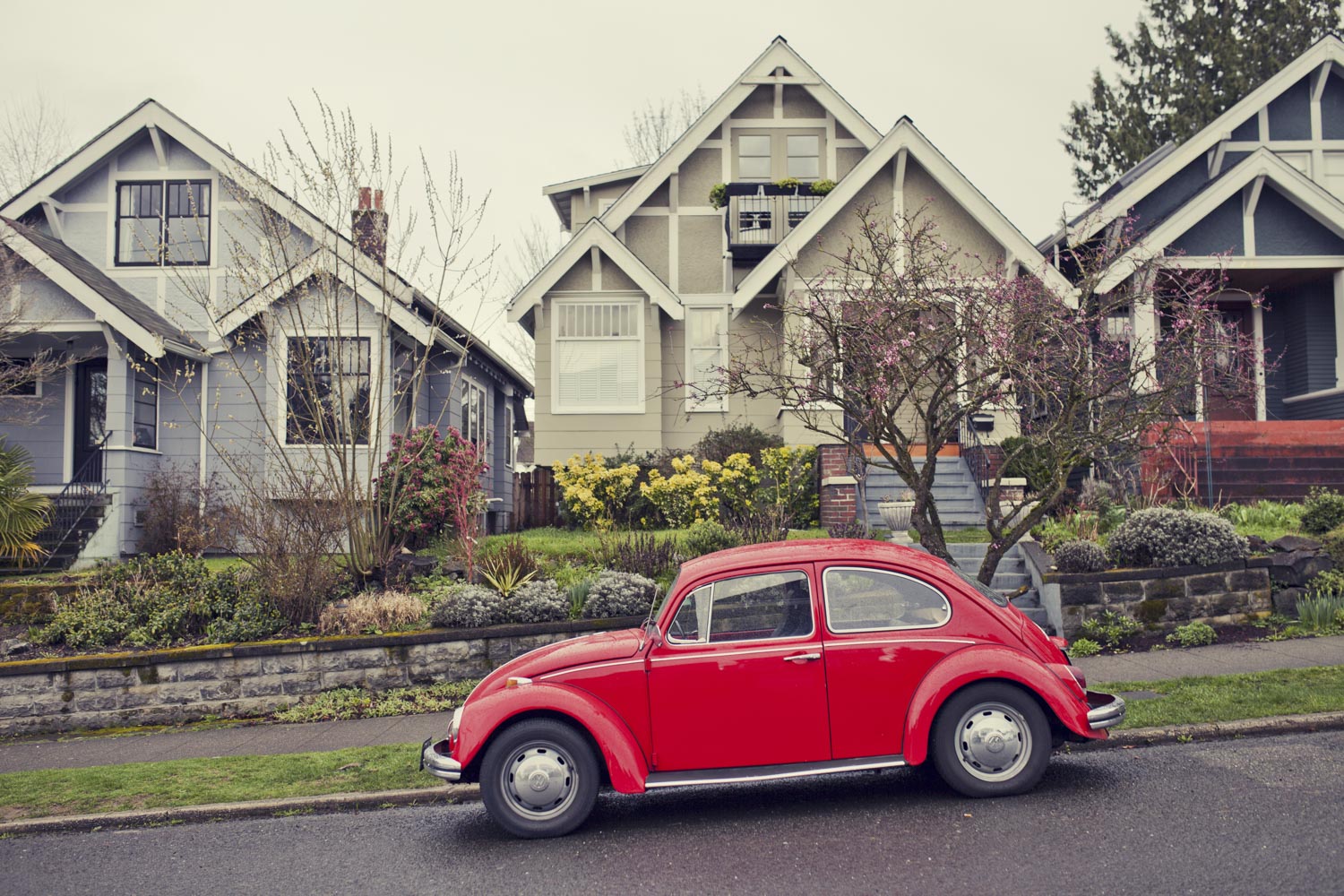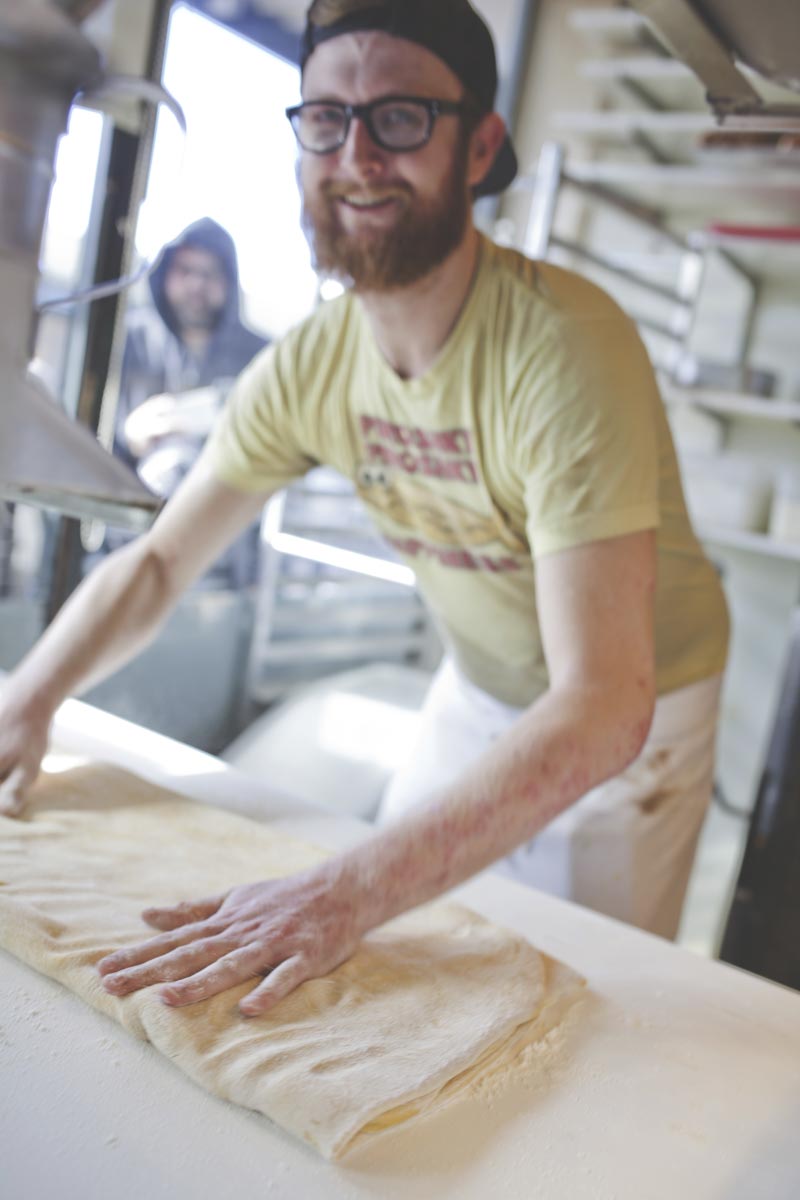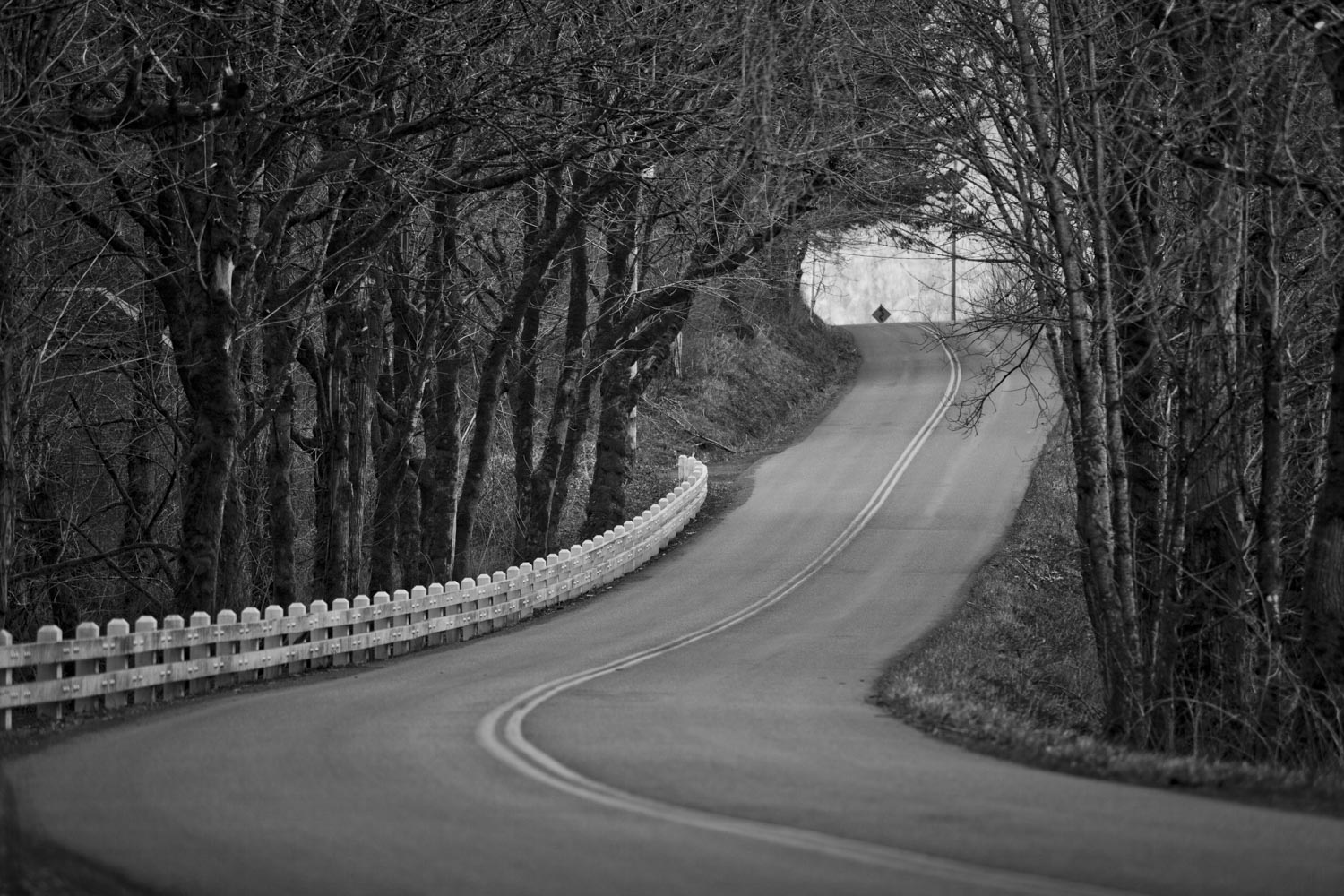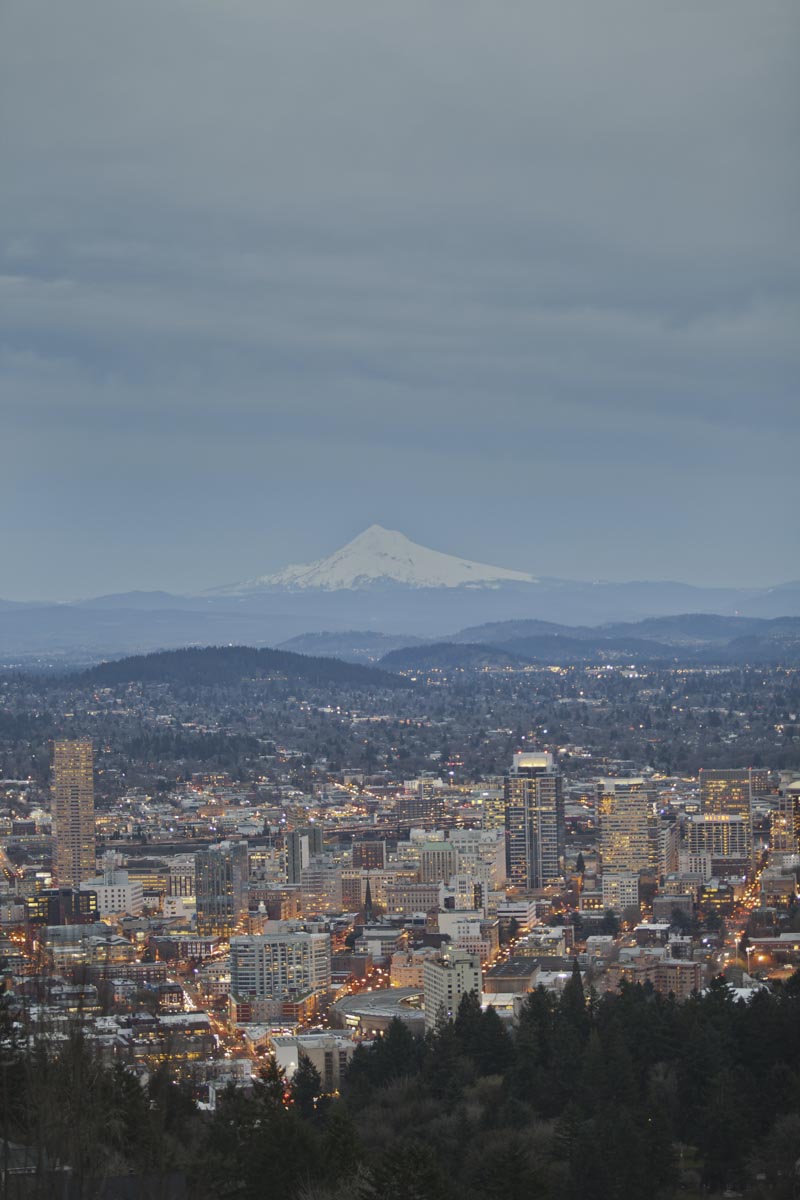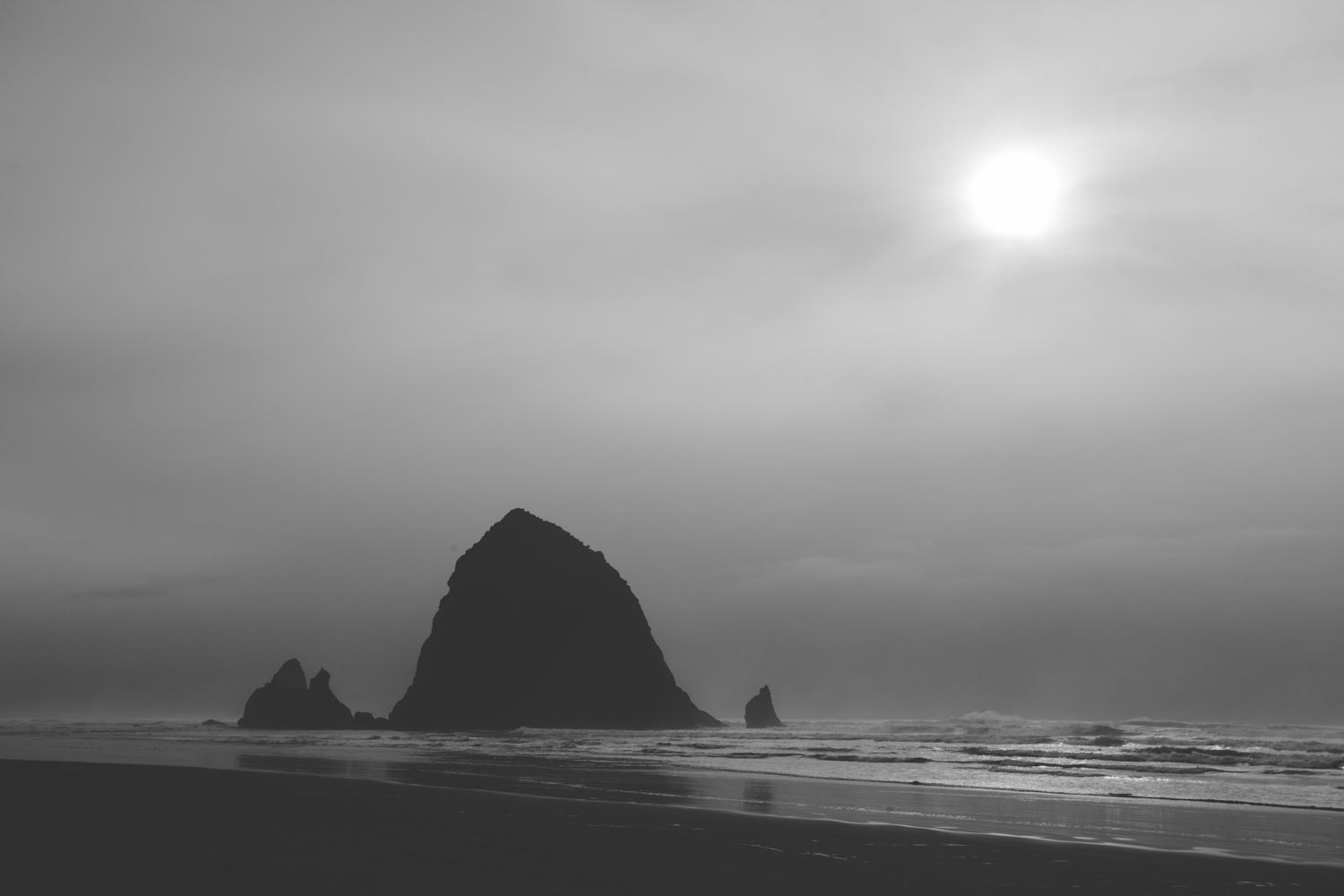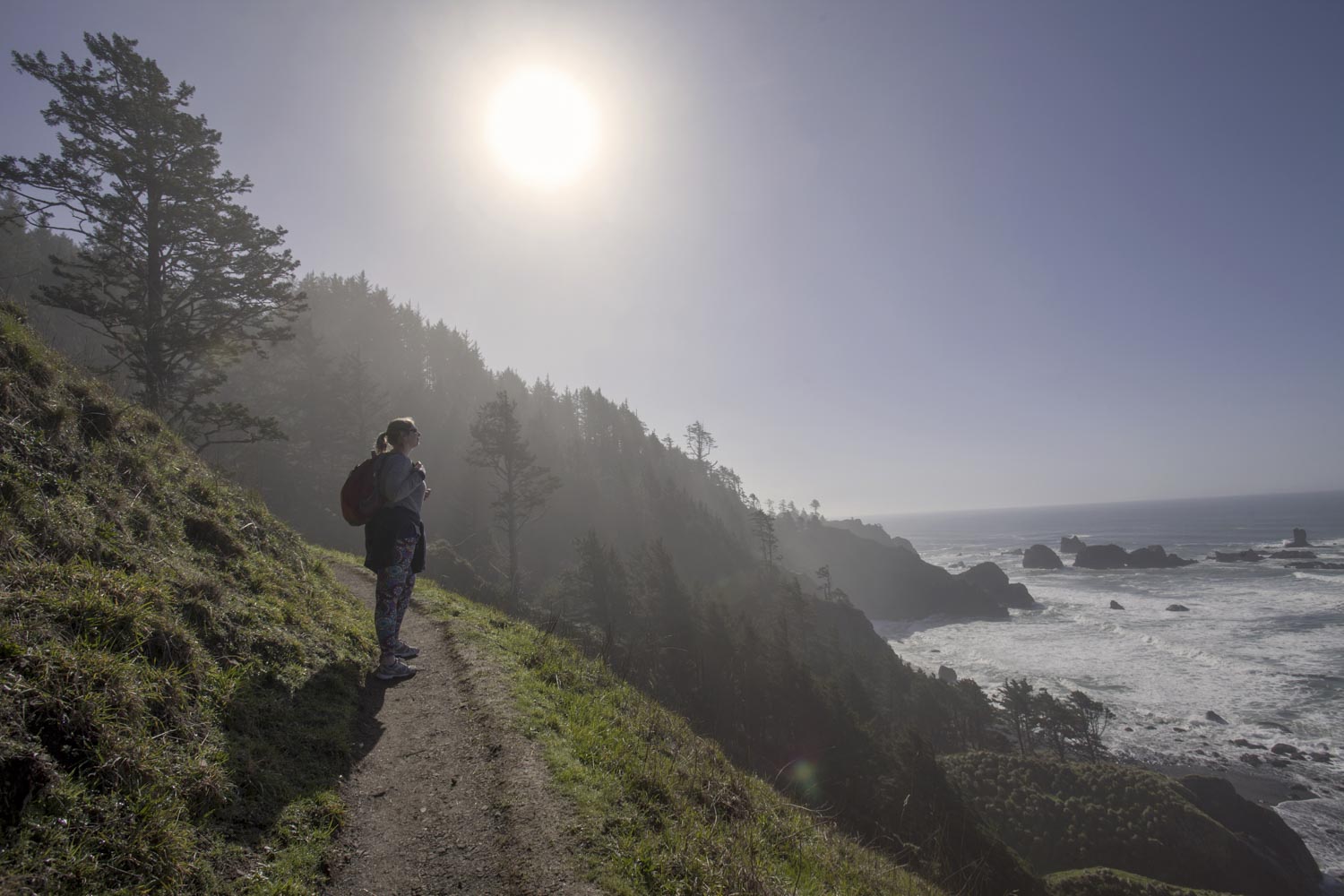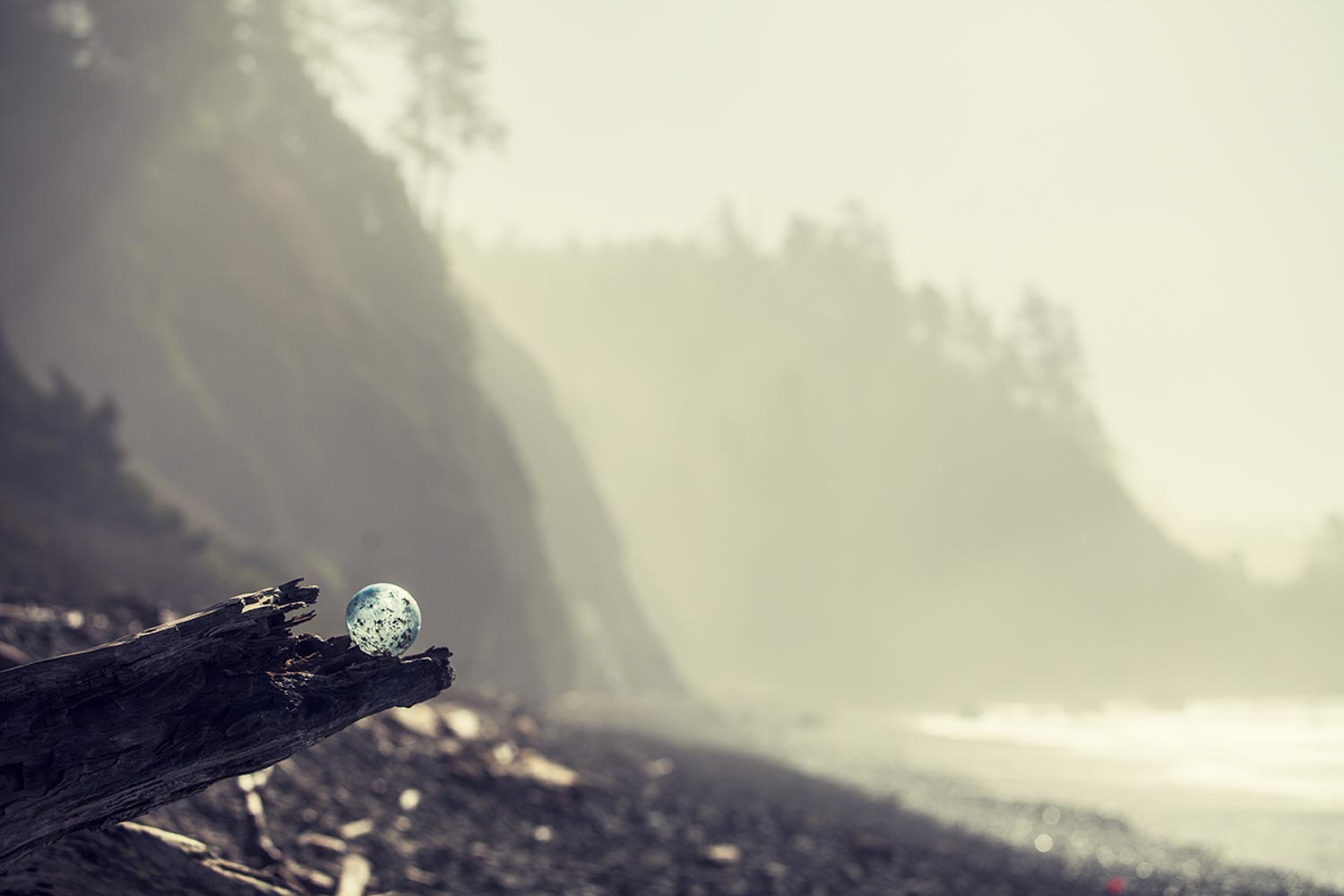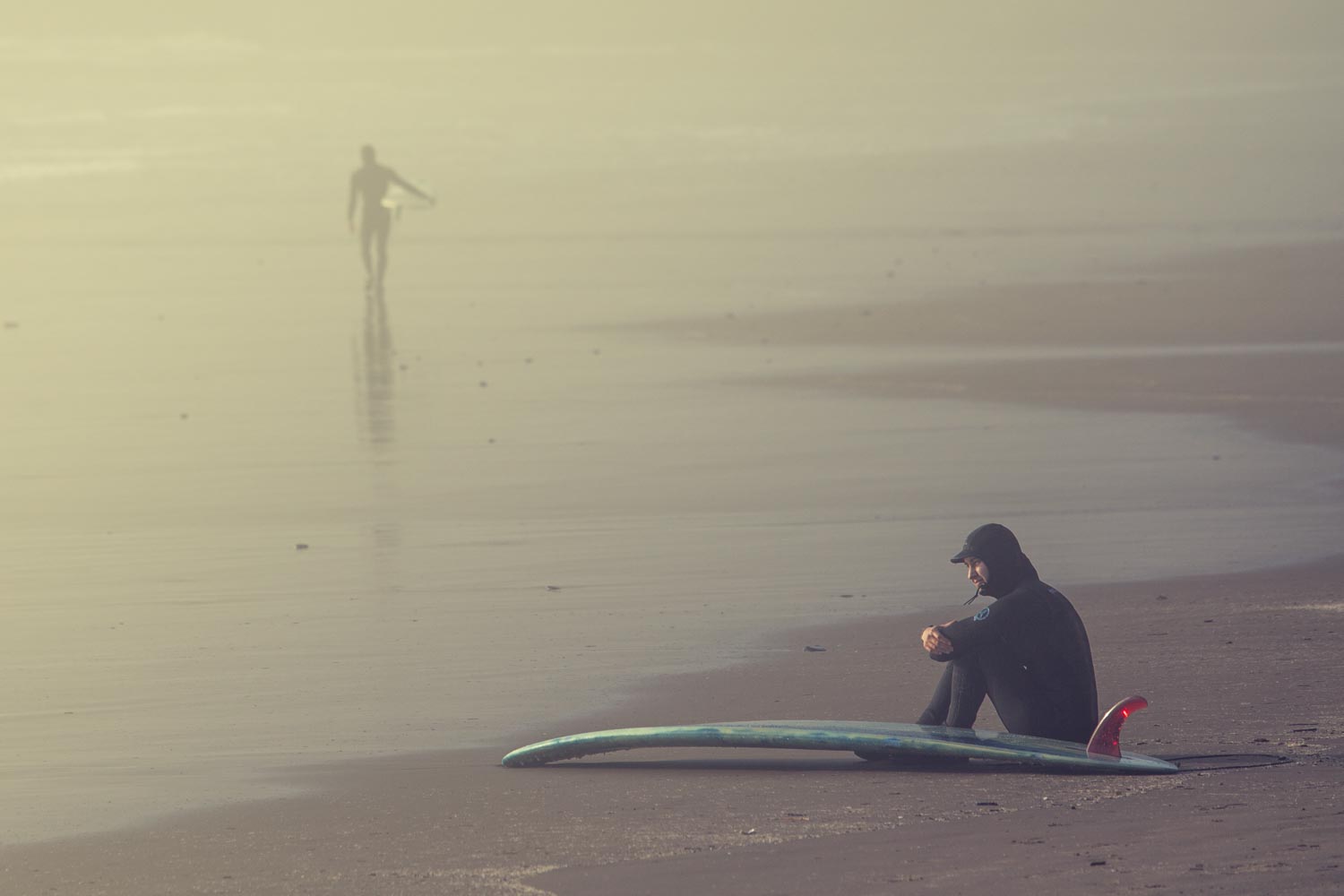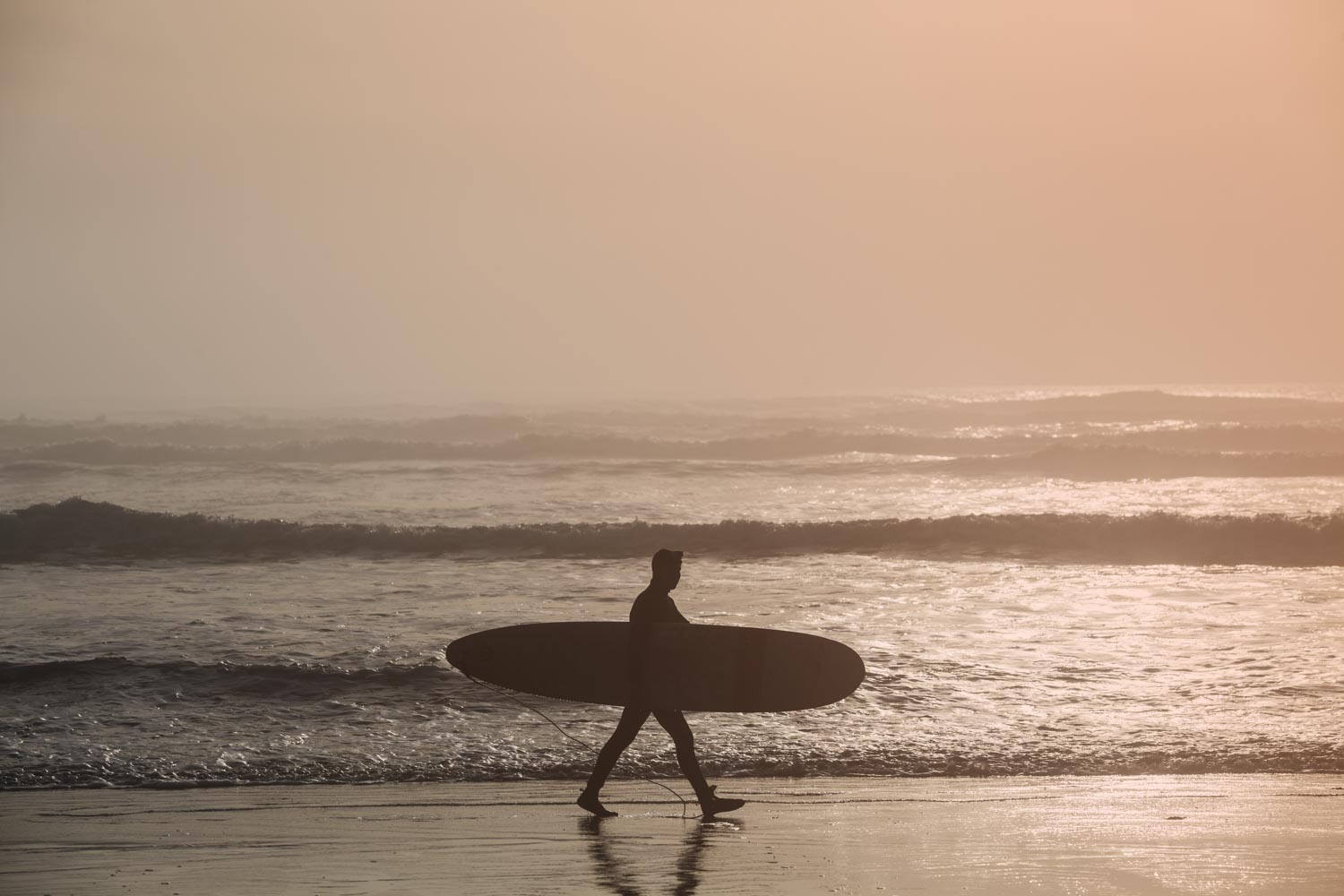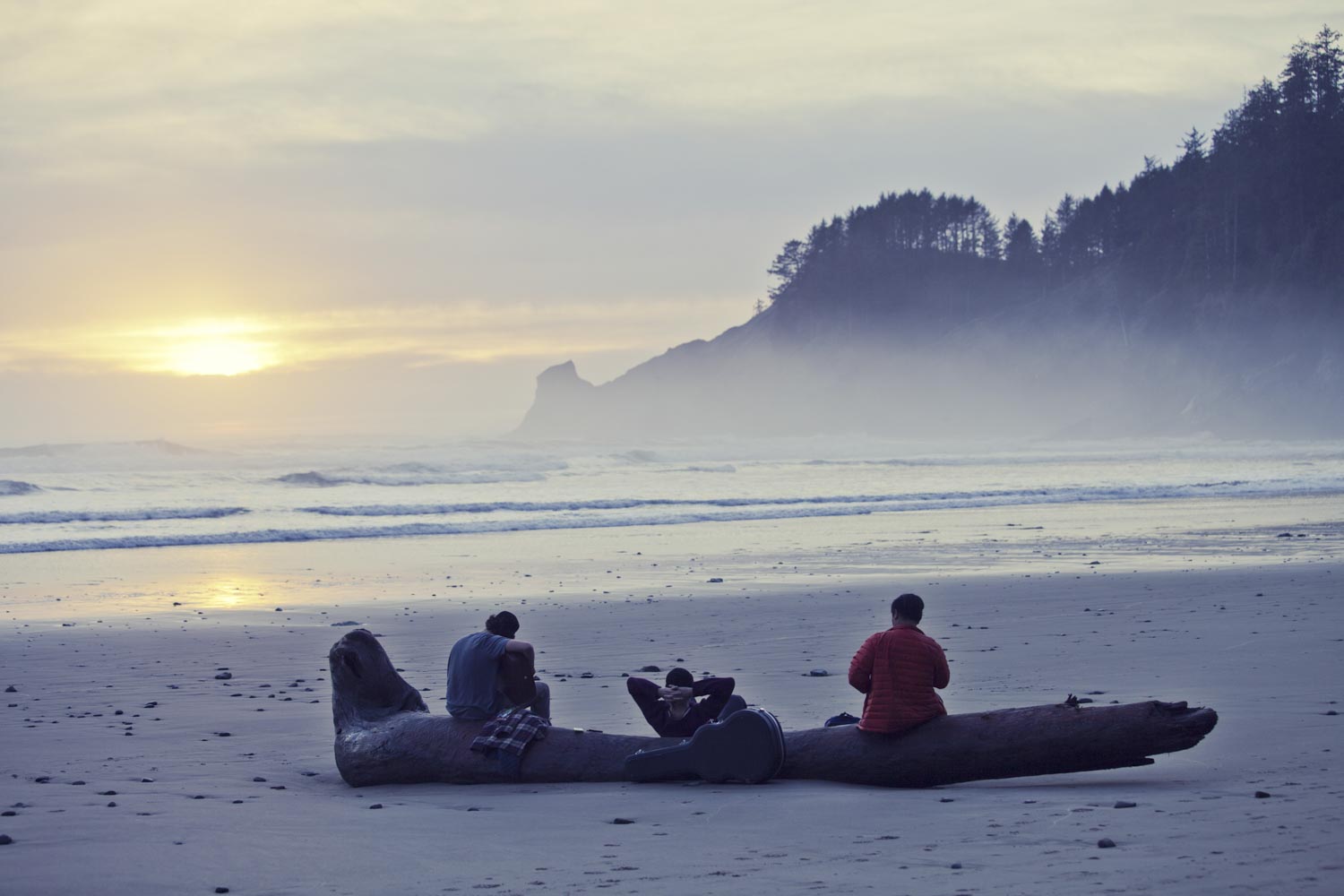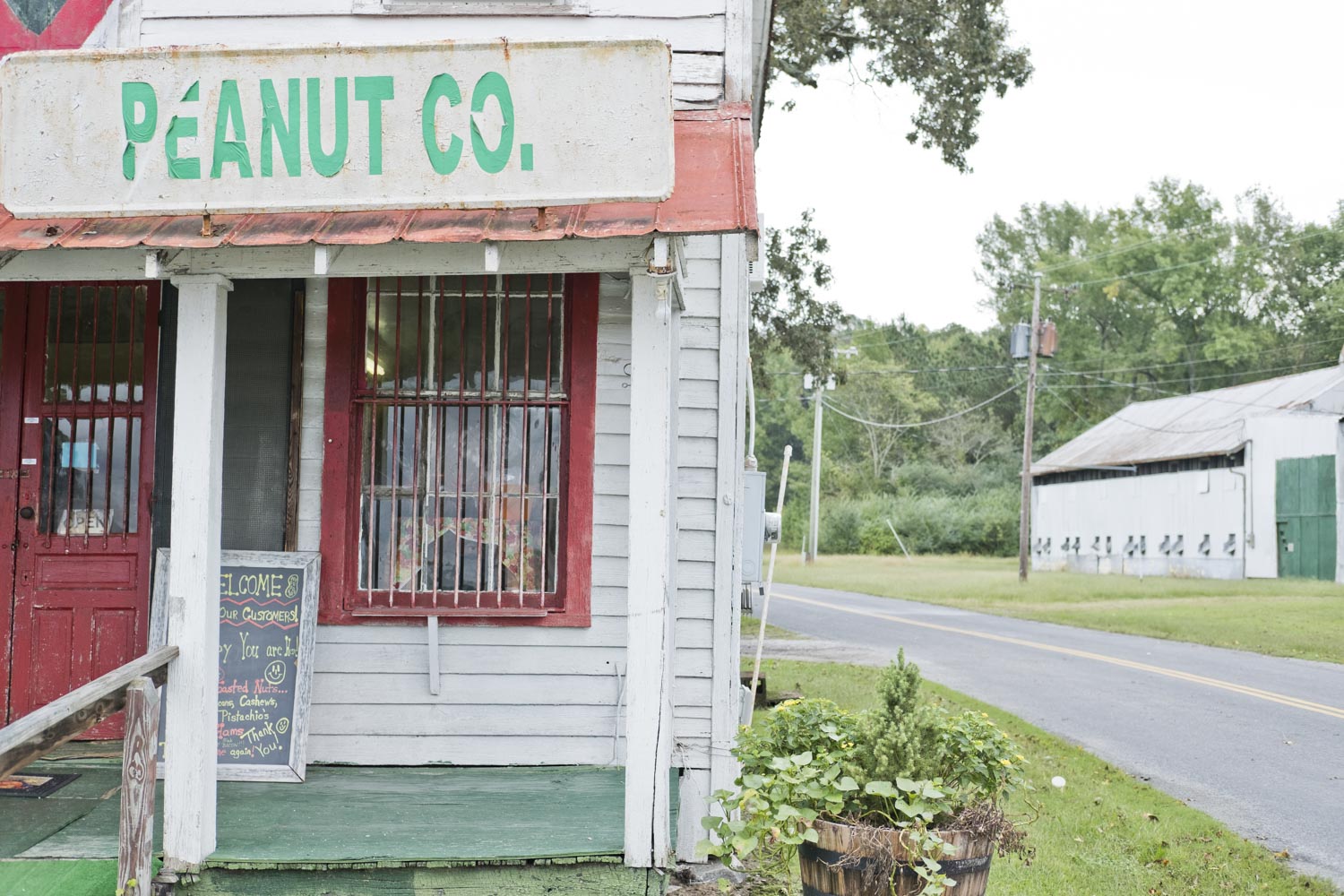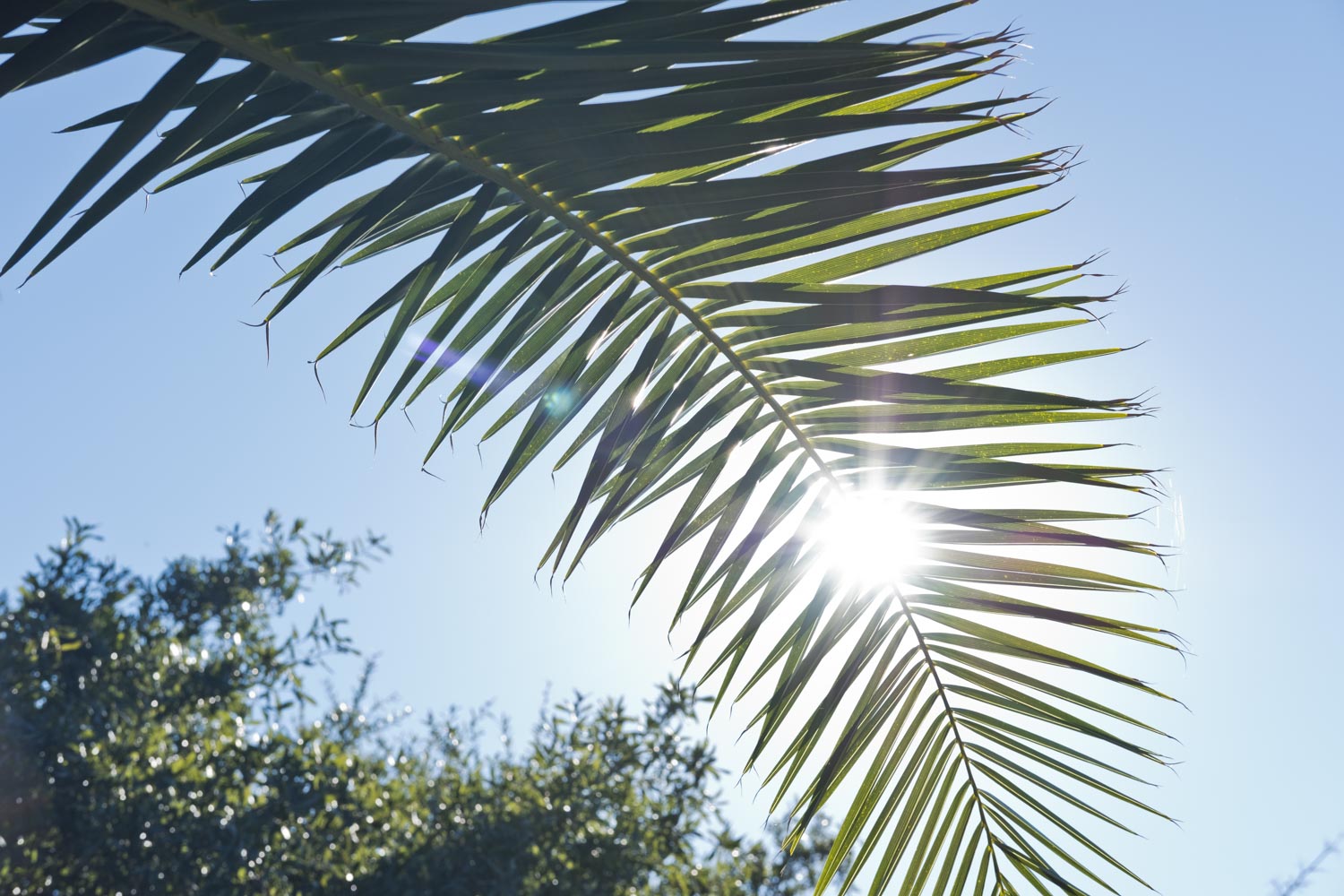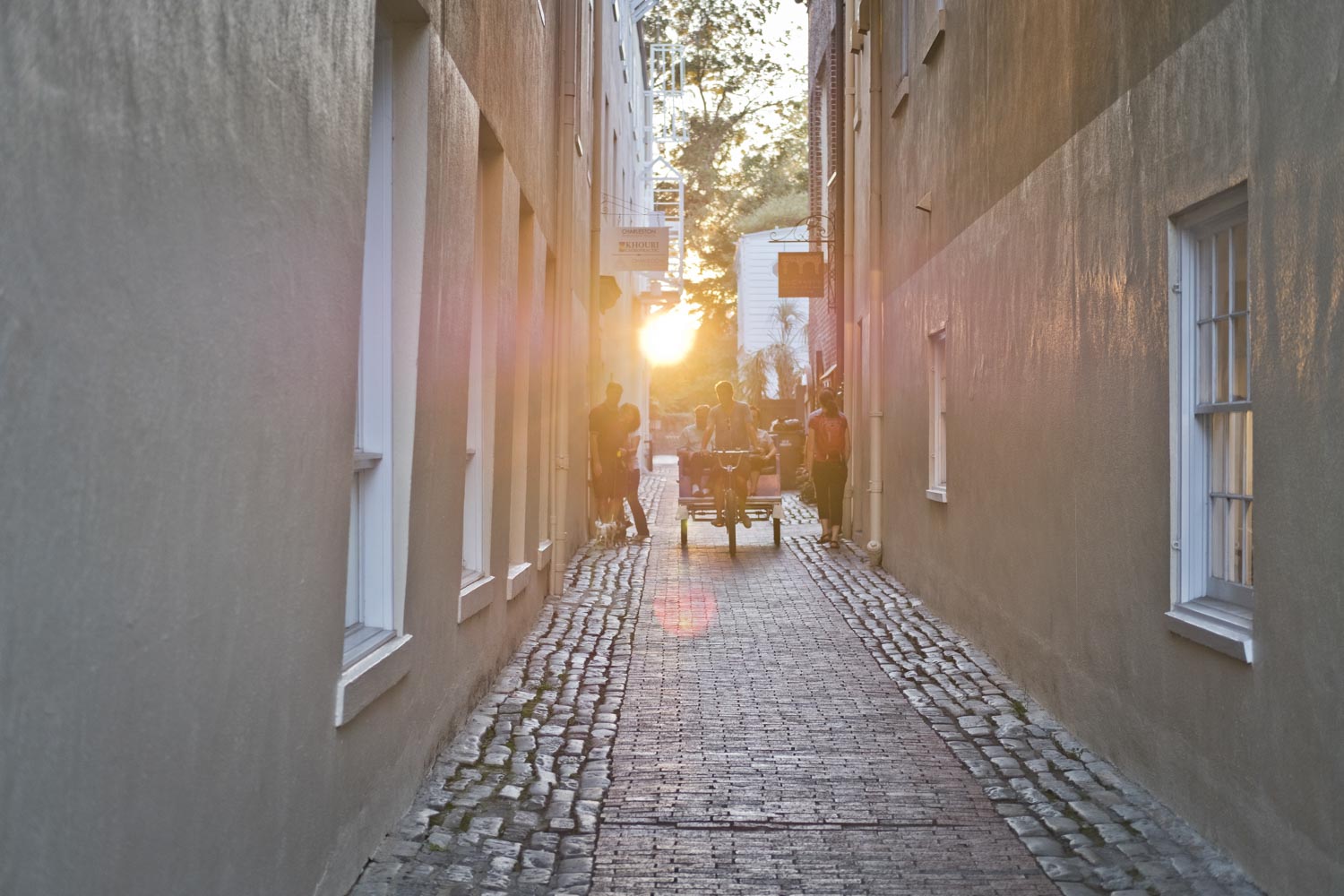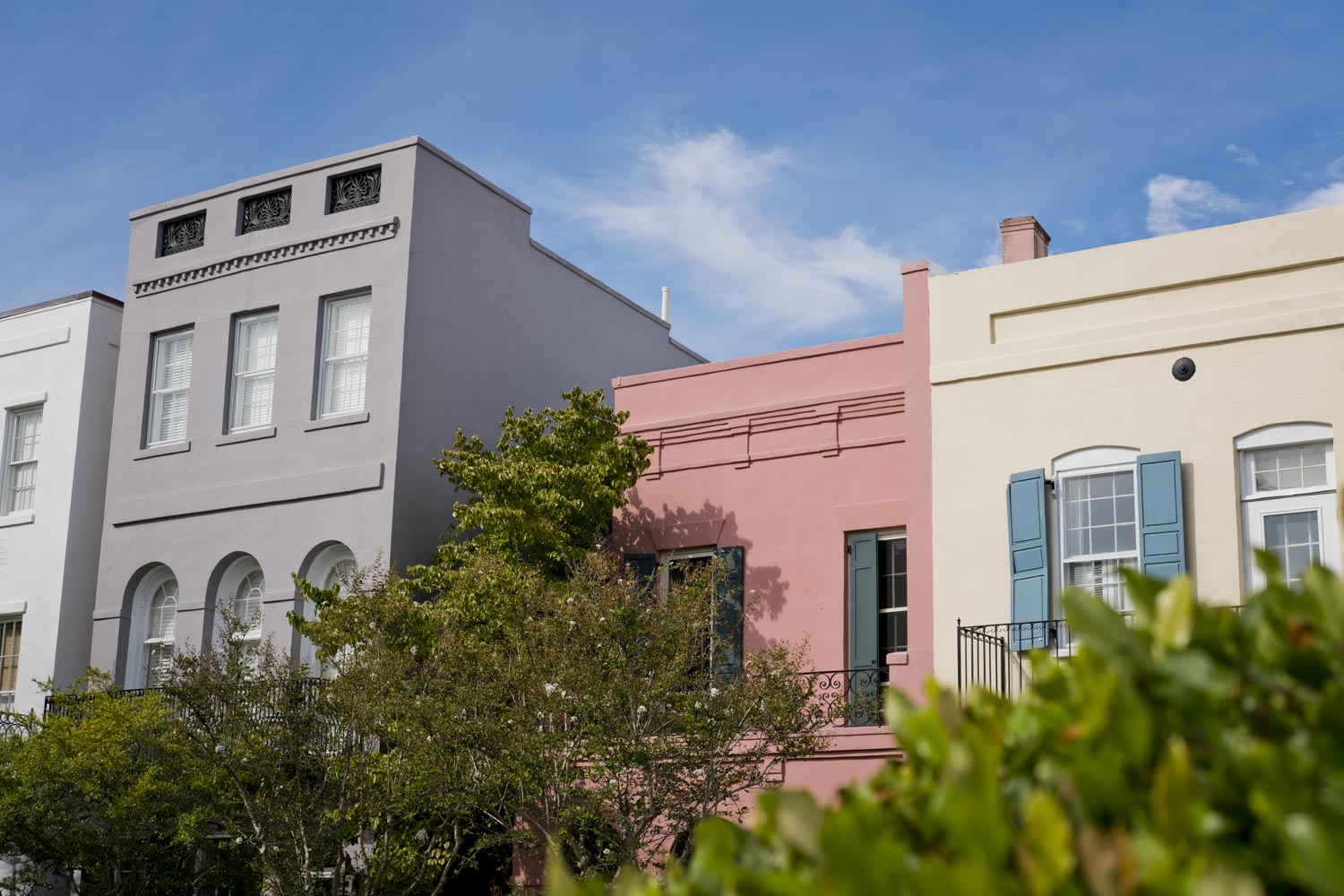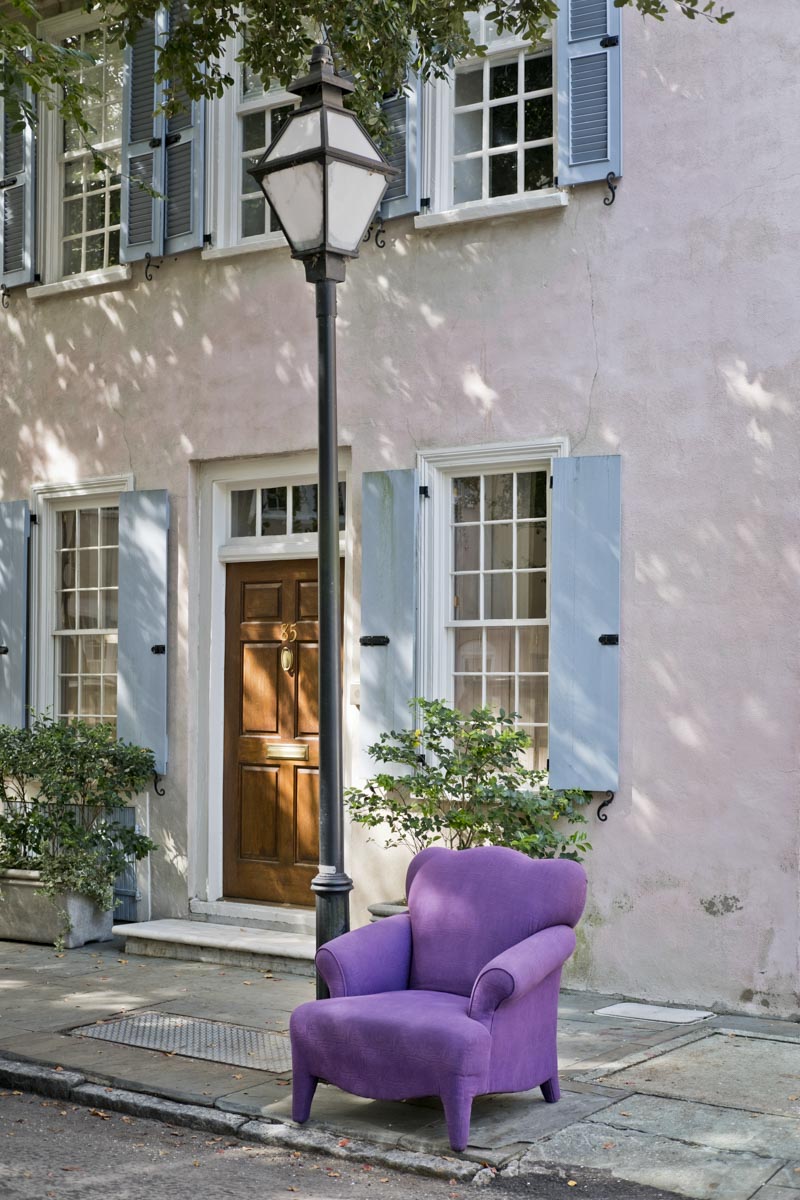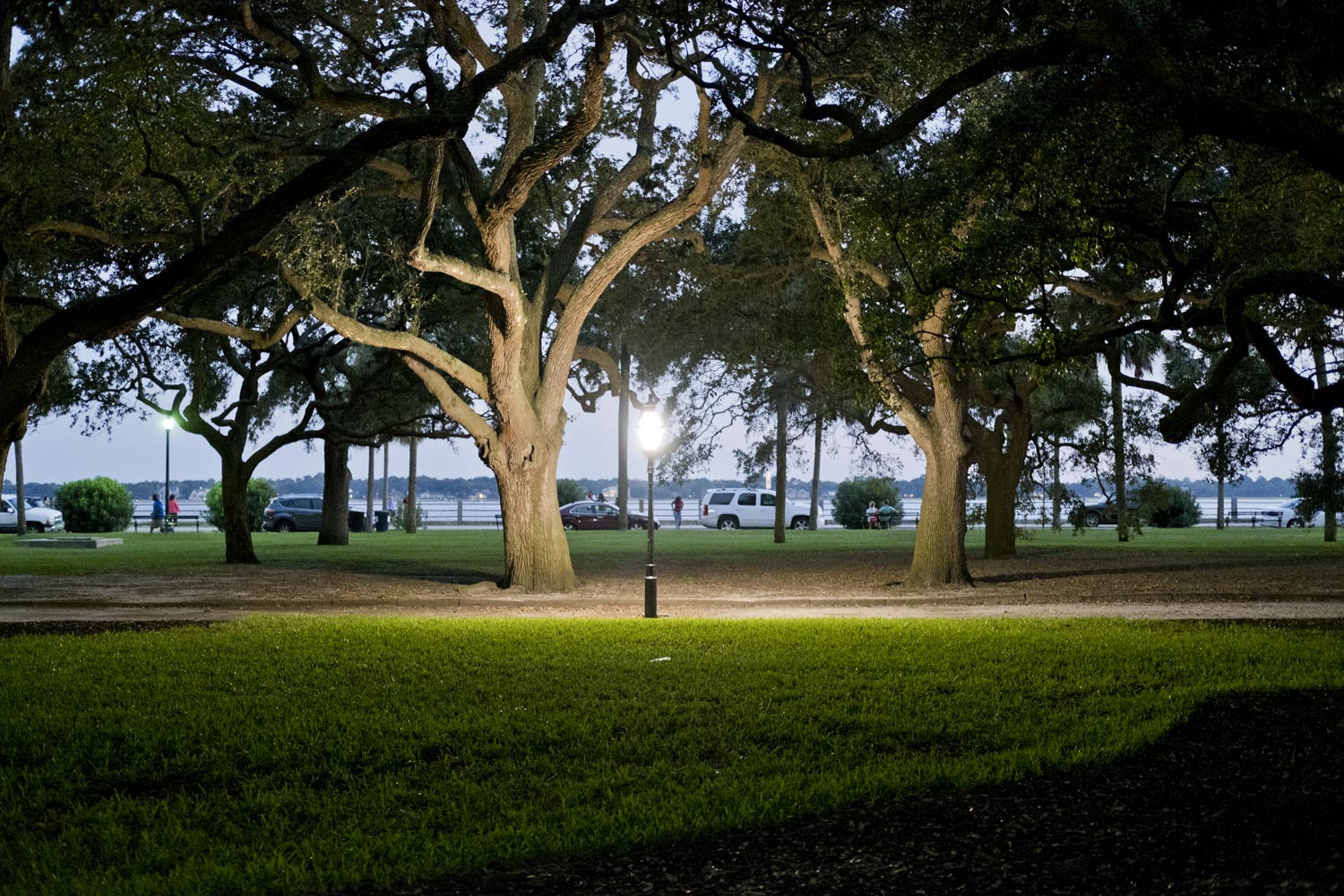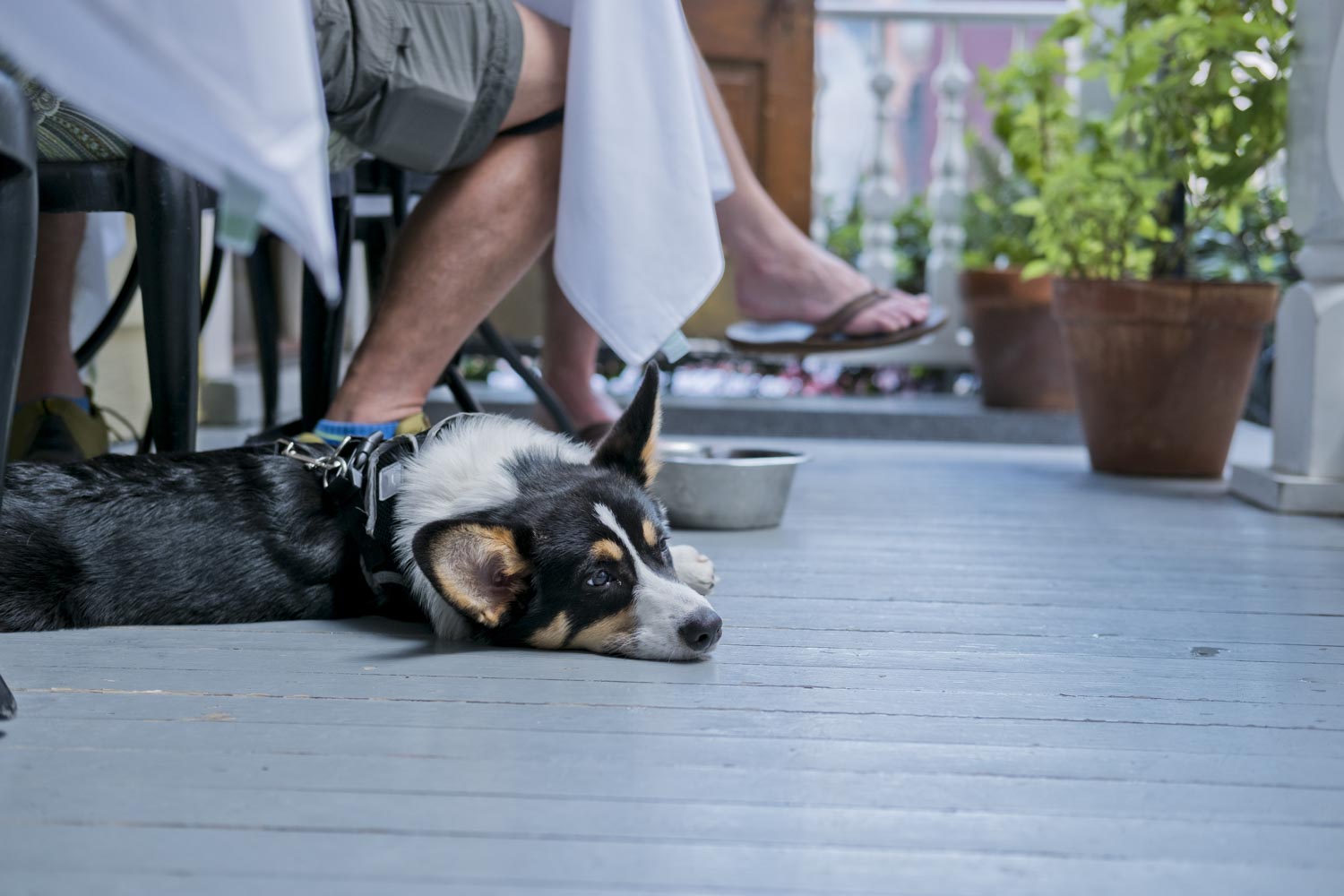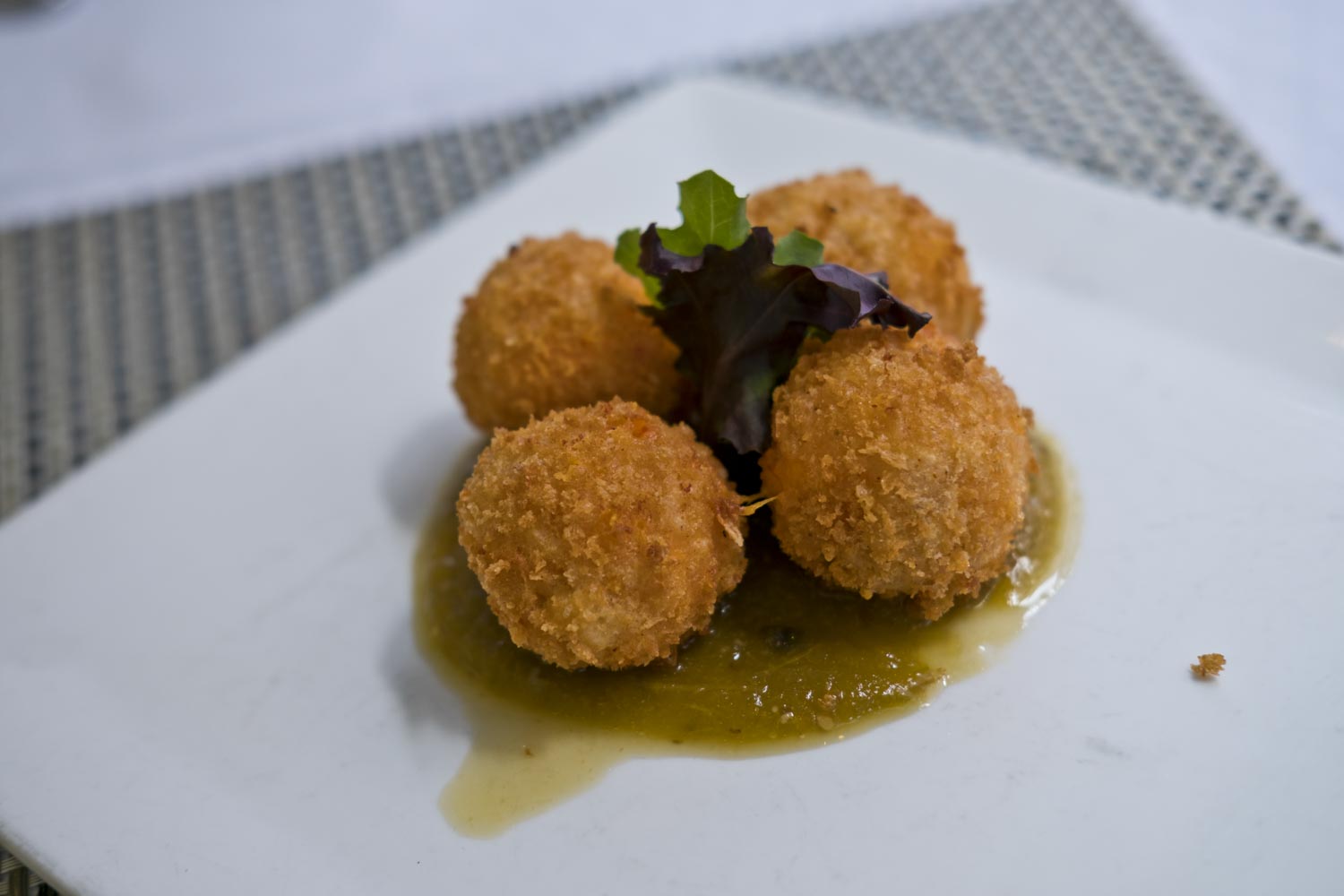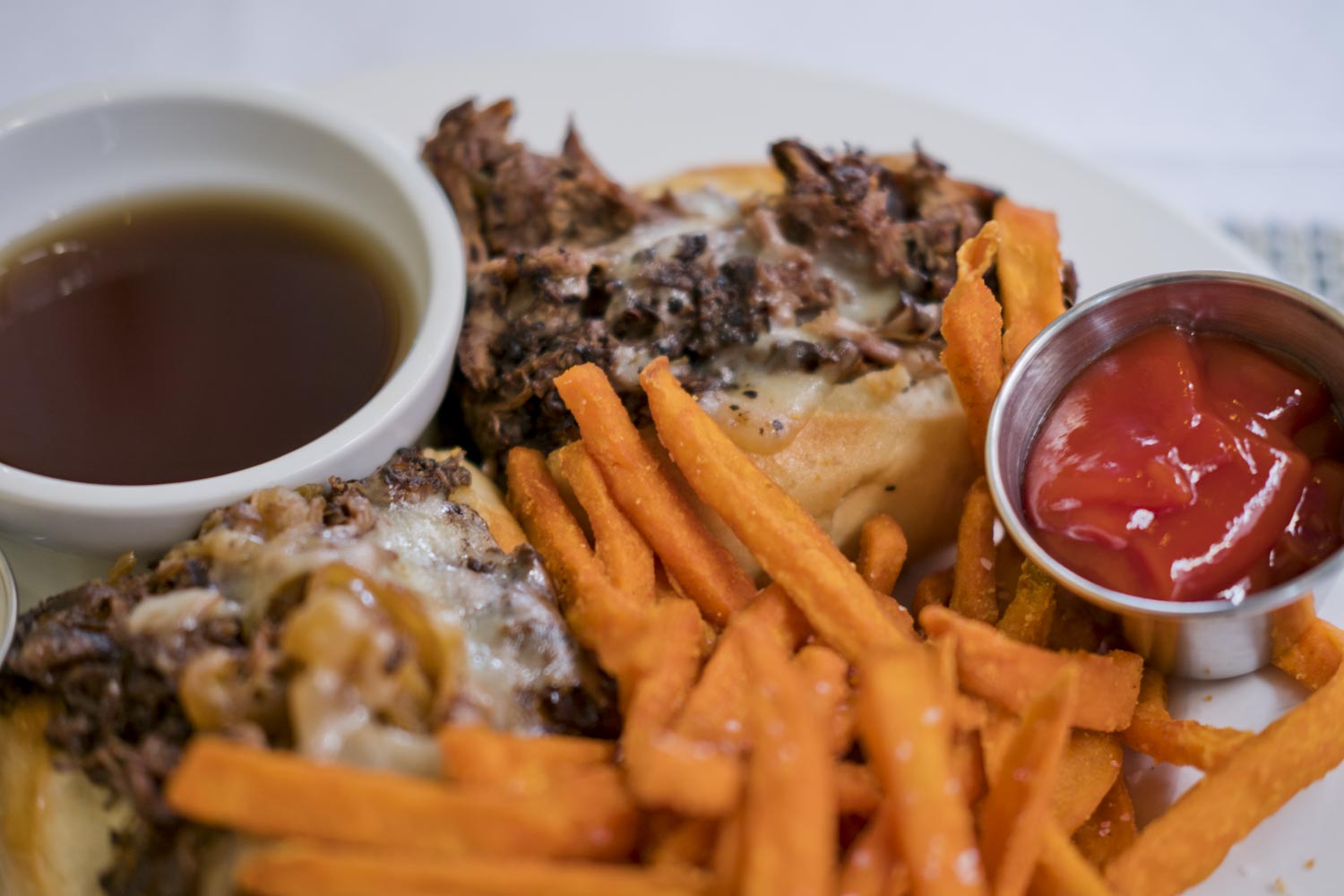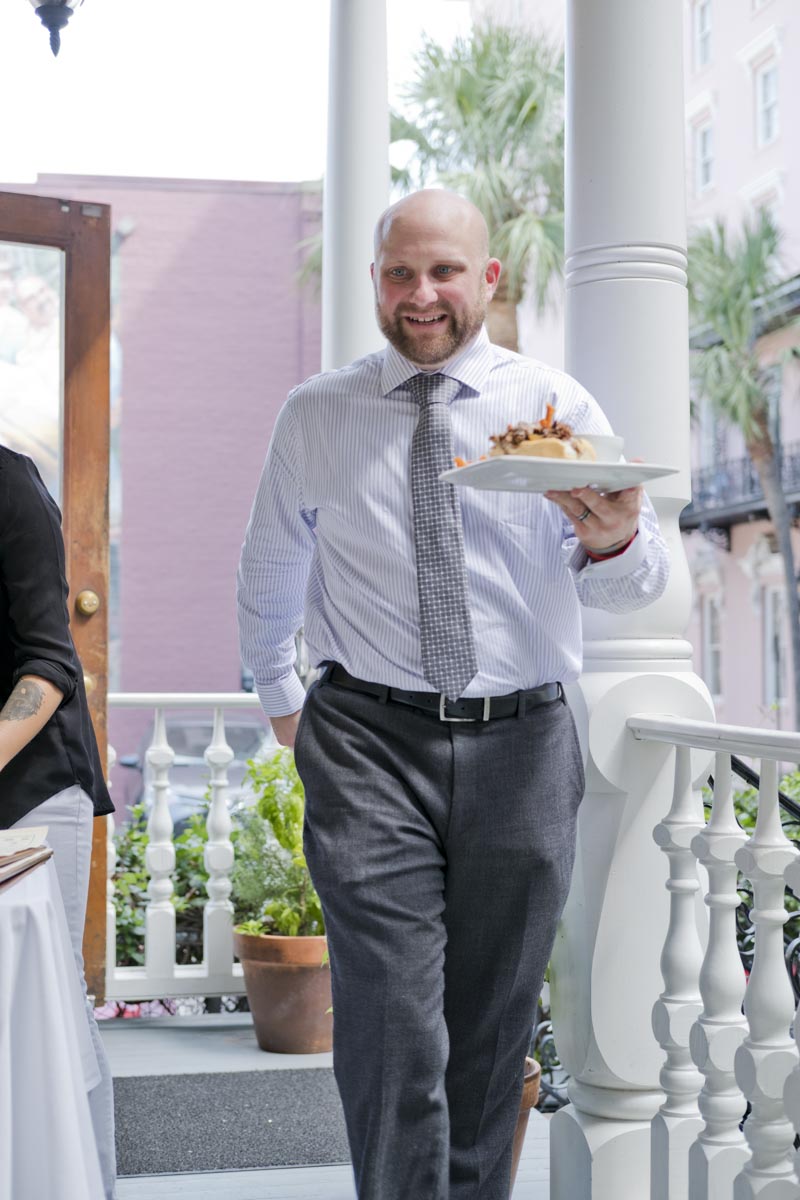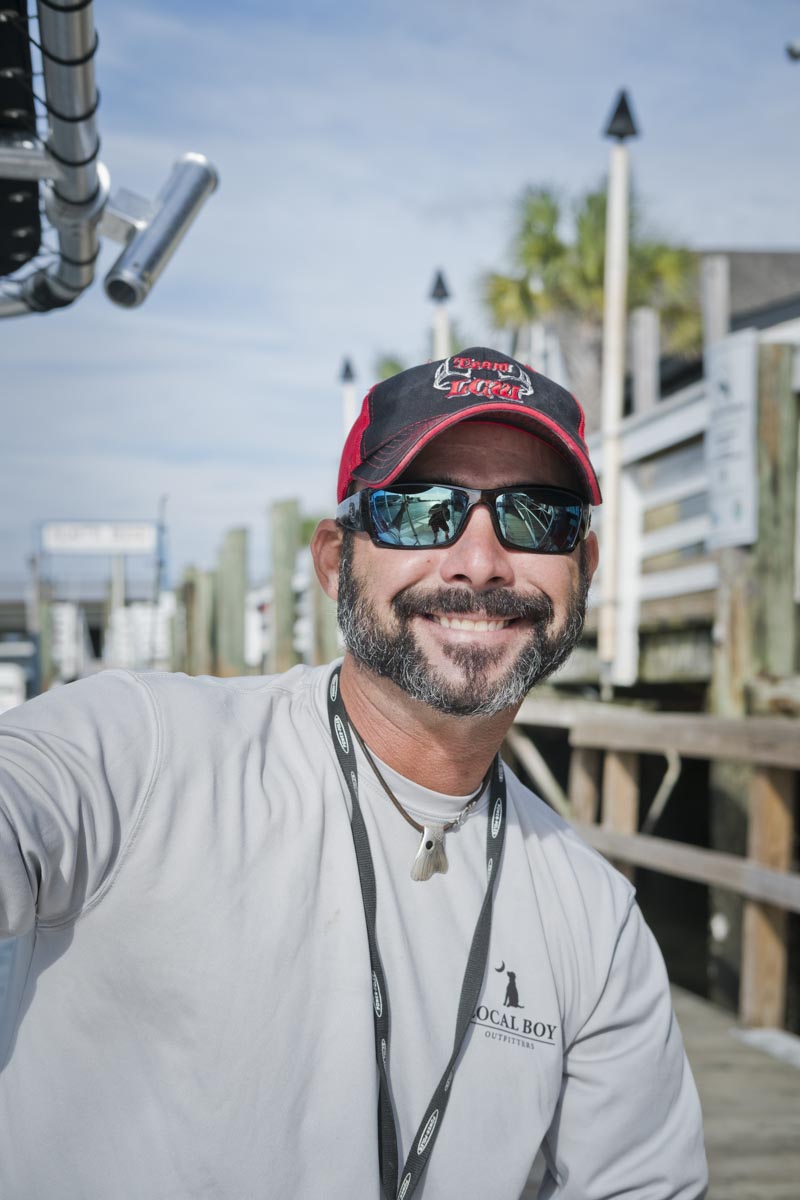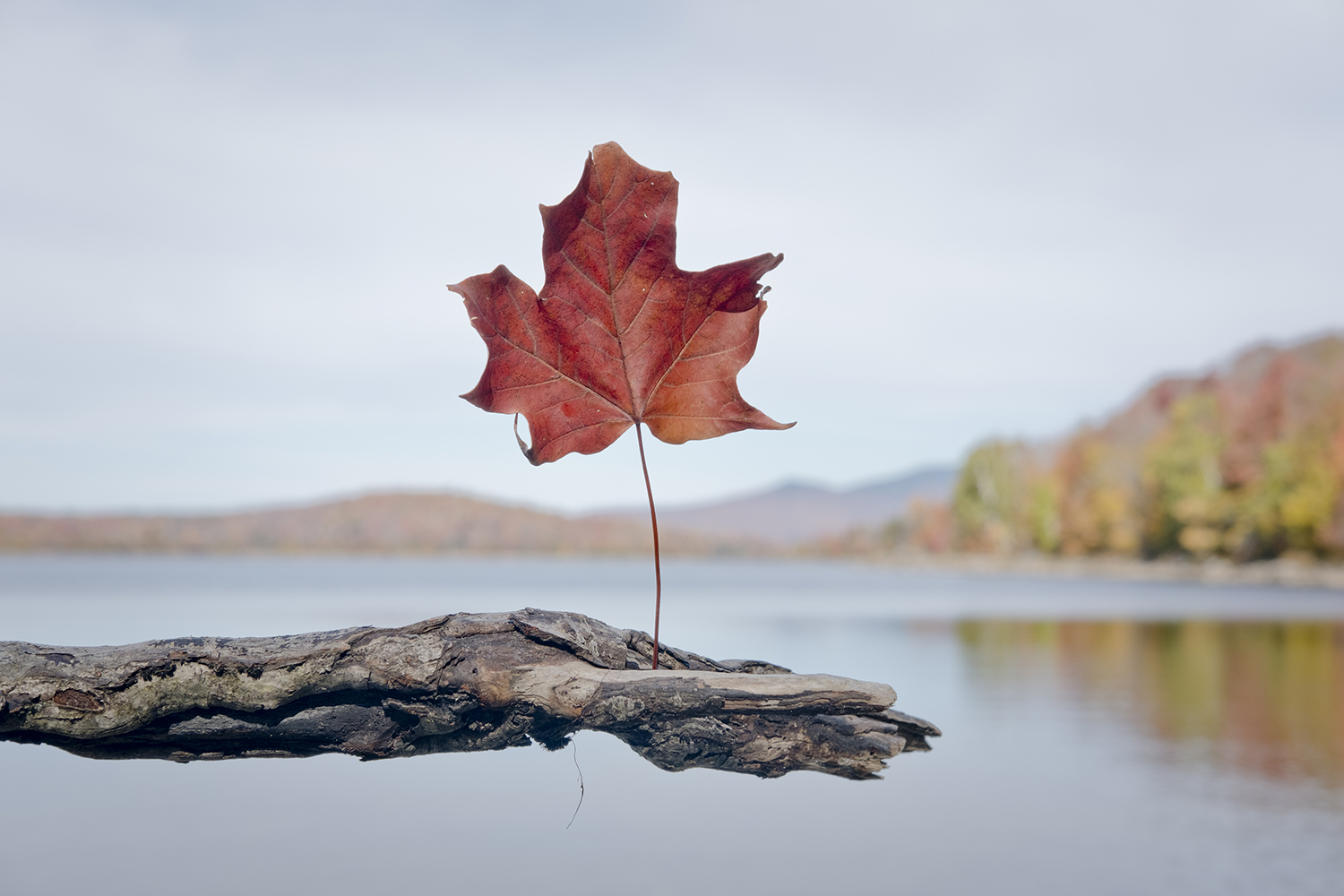Joshua Tree
Watch as we explore Joshua Tree for the first time.
Click the play button to watch the video below.
You either love the desert or you hate the desert, a phrase I heard some time in 2019. I forgot who said it but its trivial at this point because I learned very quickly that I love the desert. The following film was produced in 2018 when we visited Joshua Tree for the first time. Well before I heard those words I knew the desert had a hold on me.
We started our day early in the morning entering the park sometime after 7:30. I took with me a Sony a6300 and a Nikon F4. When I wasn’t shooting with one I was rolling with the other and vice versa. At this moment I have only scanned about half of the 14+ rolls I shot that day. Don’t judge me for over shooting, like I said it was my/our first time there. I could have spent days in the park making photos. Sometime in the near future I plan to return for camping trip. It has been a few years since I have overnighted in a tent. I am not sure what mode of domicile I would use for camping in a desert. Id probably lean towards a vehicle that would keep us safe from all sorts of things that crawl around.
We did a fair amount of walking. No major hiking, but as evident by the film we did do quite a bit of exploring. I wanted this film to capture what I feel the desert is and can be, a very weird place. If I was to close my eyes and imagine the Sahara Desert, I would think of camels, Egypt, large expanses of sand. In comparison, when I think of Joshua Tree, I think of Indians, I think of Crows (something I see a lot of in Joshua Tree), and I would imagine some sort of spiritual quest or trip. I found Joshua Tree to be inspiring. So much so that I returned literally 1 year later, October 2019 and photographed a model there. The photos ended up being published. I will be sharing those shortly. But for now enjoy my first trip into Joshua Tree.
Palm Springs: Travel Photography
At the start of May I attended the Palm Springs Photo Festival. I only attend the first day to listen to Art Striber speak about editorial photography. It was an eye opening, learning experience, with a lot of take aways. I also learned how important the PSPF is. I am going to be spending the next 9-10 months shooting and building a book, updating my portfolio, to take with me next year for portfolio reviews.
Being this was only my second time to Southern California I wanted to see the area as fast as I could. I only had a short time following the end of the conference before sunset, so I had to maximize my time efficiently. When I was planning my trip I had hopes of testing with models in and around Palm Springs. The ideas I had didn't seem to be feasible. All of the affordable hotels were booked up and there was a lack of affordable Airbnb's to chose from. I wasn't about to fly into Palm Springs, flights were double that of LAX. I ended up settling on an Airbnb in Hollywood. I seem to favor that area. I was flying in to LAX and with only spending a single day in Palm Springs, I figured a drive in and out same day would be easy enough, which in the end meant no testing in Palm Springs. No worries.. I still ended up setting up some shoots, to be shared in the very very very near future.
I have never been to a desert before. I spent a lot of time researching the area when I was looking for Airbnbs as well as developing ideas for testing. The Palm Springs area is quite unique and honestly, very much worth exploring. In my research I ended up seeing quite a few high end editorials shot in Palm Springs. I also found a few blogs that listed the best places to see and make photos in Palm Springs. If I had more time and I wasn't traveling solo Palm Springs would have been fun to explore and spend more time in. What I did want to see was the landscape and what made the desert, well, the desert.
I knew the area had a lot of windmills. They are kind of famous and widely used as a backdrop. I didn't realize why they were erected in the areas they were until I drove into the area. HOLY wind! But, as you turn the corner, the mountains cut the wind. It is a really unique region. I can not contextualize the experience as I do not fully understand the region and its diverse weather.
I had a lot of fun cruising around and capturing some shots of the landscape. All images were made using my Fuji X-Pro ii with the slightly bent lens I have discussed in other posts.
I have some other content that I will be sharing soon, including some news about a new assistant!
Happy New Year: Welcome to 2017
Every year like clock work the resolution fairy comes and delivers false hopes to many. It takes a strong willed courageous person to make changes. Many people are comfortable and complacent in their lives and blissfully make resolutions that they knowingly will not follow through on. I have never been one to make a resolution. I am however one that enjoys a lifestyle of reinvention. As the years pass, our careers and personal lives allow us to reinvent ourselves to fit new rolls while maintaining our personality. As the year winded down and came to a close I was seeing more and more posts on social media saying “2016 needs to end." I believe everyone was ready for a change. The truth is there are a lot of people that are frustrated, given the social and political climates that have been changing daily. We are currently in a liminal state of change as we await our President Elect to take office just after the start of the new year. 2016 was a tough year for a lot of people, myself included.
Obstacles:
During the last year I met some great people, produced some awesome shoots, and traveled to new places. Work was good, all-in-all. There were some health obstacles to overcome that made work a bit challenging. I started the year off in the gym and taking a yoga class. I ended up with a slight knee injury due to the yoga class, pre-existing issue that worsened with the yoga, that became a compounded during a hiking trip along the Oregon Coast in February. The compensation from the knee injury over the course of a couple of weeks following our return from the Pacific Northwest led to a misalignment in my back that nearly put me out of work for two weeks. Due to these issues I had stopped going to the gym. After healing up and moving on from those injuries, the warm weather was prime conditions for riding. I am big into mountain biking and cycling. I started slowly with a few rides a week. Between trails and bike paths, I started to rack up the miles. One late afternoon in June I ascended a mountain nearby. I rode 25% of the way up and walked the remaining 75%. It took me a total of 45 mins to get the the peak. I had climbed up using an access road that was in no way shape or form designed for downhill mountain biking. Regardless, I had set a goal, ride back down. Within minutes I was carving down, taking the tight, very tight turns. It took me less than 9 mins to make it down the mountain.
During a few passes riding around the former ski slopes I had a few quick chats with some hikers. One of the girls was impressed someone would tackle such terrain, given that it was not groomed for riding. There were small to medium sized rocks that grew in numbers the more I climbed the trails. Ultimately that would lead to me turning back. As the group passed me a third time, making their way down the trail, one of the girls looked back and said, “good luck. If it were me, I would fall on my face.” Moments later while I was making my way down a path. The path began to open up, expanding in width as I maneuvered my way towards a body of water that had a trail looping it. I increased my speed and looked ahead to see how much further until I took a right onto the path leading off of where I was coming from.
My left hand floated off the handle bars as the front wheel turned 90 degrees sideways. My left hand and wrist broke the fall, taking the brunt of the hit as the front of the bike began to summer-salt forward. As my hand made contact with a rock, my wrist gave out under the tremendous weight of the fall and my shoulder was the next to make contact with the ground. I continue to move, sliding on my shoulder. My face was the third part of me that made contact with the ground. My left hip came crashing down as I slid a bit more and then continue to roll over. I rolled another 90 degrees before I looked over and found myself wrapped up in the bike. I sat up, pushed the bike away from me and recounted what had just happened. I could feel a cool rush on the left side of my face by my eye. My nose had a tingle, kind of like the sensation of being hit with tennis ball at a slow speed. My left hand was throbbing and my wrist was in pain as my hand instinctively curled up. My hip was sore and my shoulder was killing me. Within seconds I was on my feet and digging my phone out of bag, that sat under my seat. I needed to check my face to see how bad the damage was. I slide the screen open, launching the camera. I reversed it and looked at myself. Dazed. There was blood, nothing major. There was more pain than crimson colored blood running down my face. I could feel the swelling starting to form. I slide the screen closed for the camera and began calling my wife. No answer. I had to vacate the path as fast as I could with the sun well beyond the other side of the mountain. I was in agony and need to get home to determine if I needed medical treatment. I walked a short distance up the path, mounted my bike, pedaled up a short hill. I cradled my left arm against me as I passed a group of guys walking. I cant for the life of me remember what they said, nor my response, but the acknowledged that I had just taking a shitter. The biggest shitter of my life. When I reached the car I tried my wife again. No answer. At this point I was now upset, because that meant that I had to drive home. I did not feel that it was a wise decision, but the alternative, calling an ambulance seemed over the top. I could function, the fall to my face, at the time, didnt seem so bad, and I knew the date, my name, and where I was, a I kept mentally checking in, trying to make sure I was not having any signs of possible head trauma, more than the obvious. When I walked into the kitchen my wife was not completely surprised, but she was fearful of the injuries.
Photo does not convey the pain or how it really looked in person.
I awoke the next morning. The black eye arrived at some point during the night. My left hand and wrist were locked up and I could not move either. My shoulder was tender and my hip was cut and sore. My left eye socked, on the side of my face, was in extreme pain. How the hell was I going to work like this, I thought to myself. I had a small shoot that afternoon and a few shoots lined up over the next few days. After speaking with my wife and trying to call our Dr, I ended up driving to the very same urgent care she visited that same morning. By the time I was able to get in, she had already left. Long story short, my wife and I had the same Dr treat us. She, too, could not reach our primary care and ended up going in for a cut that was infected. My injuries were a growing concern, which of course brought me into the office. After having some X-rays and finally speaking to the Dr, it was determined that due to how fast and rapidly the black eye grew and spread, a CT Scan was needed. If you take a blunt force impact to the face near the eye and a fracture occurs, air can get in through the eye socket and cause an infection that can spread to your brain. No one has time for that kind of shit! I took her very seriously and promised I would make my way to the hospital and get check out. If there was a fracture to my face, I would need surgery to repair the damage and avoid any future issues, such as a killer brain infection. I did not have a break to the wrist. It was as sever strain, which as the Dr said, can sometimes be worse than a break. Pardon me while I stop typing for a moment so I can crack my wrist. For about 8 weeks after the fall I had my wrist tightly wrapped up in a fabric and velcro splint. It was black and had a thin sheet of medal that contoured my hand and wrist. Not very comfortable for working 10-12 hours a day. The next two weeks following the accident were miserable. The pain in my face was annoying and the limited use of my left hand was troubling for work. I felt like I had been in a major car crash, except I wasnt. Instead I had a major accident falling from my bike, which was seemingly worse.
Now, six months later, most mornings I wake up with soreness in my left wrist. The left side of my face has scar tissue on the inside of the skin, near the eye socket. I can see it when I smile in the mirror. My shoulder recently has been sore. My hip, healed up a while ago. 2016 was a tough year for me. I spent a great deal of time healing from all the injuries. The obvious one, the bike accident, took the most time to heal from. For the last 4 weeks I have been back in the gym. My friend and I have been on the stationary bike, less likely to end up with a contusion from that kind of riding, than being out on a mountain, and really getting our asses into gear. I have been longing to be back in the gym the way we have been the last few weeks. The gym is a place that is devoid of all of my work and is a place where I can go to escape almost anything and be free to be active. I am still a bit limited though. The wrist injury, as I said with a sever strain, can be worse than a break, which has caused me to have a slower start with using weights. I was once fairly fit and in the gym regularly, before I met my wife and before I started working 60-80 hours a week. So it has been a long and tiresome road to get to the end of this year.
Work:
2016 was a year of self actualization. I produced some great shoots, took projects to new levels, and have begun to reprioritize my career with a focus on specific goals. The latter part, “focus on specific goals,” really began towards the end of 2015, but sometimes we need to take time to ensure our interests are more than that, just interests. I spent a large part of 2016 learning new things about myself, my interests in photography, and how all of this applies to our future, my wife and I. It takes a lot of understanding of ones' self to realize what they want. The hard part isnt figuring out you want to do something, it is figuring out how to make that happen. In November I was doing some portfolio work in New York City and I connected with a photographer, who is now a new friend. She writes for SLR Lounge and is trying to figure out her place and path within the fashion world, but trying to concur New York City as she does so. It is rewarding to connect with someone that is in the same area as I am, a great photographer standing at the front door to a dream, knock, peering in the window, trying to figure out how to unlock the door and gain access to work, lifestyle, and career.
Not to long ago, sometime in mid-November I was searching through hard drives and came across some old work. Work that I was making blindly, with no idea and no consequence. At the time I was a contributing photographer for a small publication. I was hungry then, which meant I was naive enough to pursue things without vision or knowing what I was truly doing. All I knew is that I wanted to shoot and be published. The rest would get figured out as need be. That juvenile mindset allowed me to blissfully shoot without vision, knowing that it would lead me somewhere. Which it did. It lead me to other opportunities, which lead me to shooting my first published fashion shoot. It obviously not Vogue or Vanity Fair, or else I would have said so by now. While searching that hard drive I looked back at the photos and realized that not only have I developed a vision, a set of skills that I have worked hard at, but I have evolved. That is the key word, evolved. As a photographer, an artist, a business, you must evolve. If you fail to evolve it means you are failing to live and learn and grow. If you are not living, learning, growing, you are not succeeding. If you are not succeeding, well, you're shit out of luck in the game of life and you will be forgotten in a New York minute.
2016 was a good year for me in terms of business. I had some great shoots, met great people (as mentioned) and have begun to internalize my dreams and goals for the next year, two years, and the career I am looking to expand. I will say this, the highlight of the year was shooting Dale Noelle in her Upper East Side apartment for the cover of a magazine. Not only did I connect with a great person, but I was able to make some incredible images of her. In order to make a dream a reality, you must go through processes, such as the learning curve it will take in order for you to get there. It starts with the internalizing process. You must prepare yourself for the hard work that is ahead. You can not just say, “I am going to do this,” and the next day you are there, at the top of your career, doing exactly what you want. It just does not work like that. To rise to the top or to any level beyond where you are takes time. For some it is shorter than others, that is the learning curve. However, for others, it takes more time and more hard work. This is where I am at. I am at the self actualization stage, where I can see where I have come from and how I got to where I am, and am now in the “figure it out” phase of the next chapter of my career. Not a lot of photographers openly discuss this. I am not sure if it is because they are too busy, fear letting people know to much about themselves, or just do not care to discuss the intimate details of their business and lives. But as photographers, we must grow and adapt and always be focused on moving our careers forward.
Travel:
Have you ever wanted to travel some where and finally you get there and realize that it is everything you hoped it was and then some? That is how I would describe the Pacific Northwest. In February we landed in Seattle. We stayed with friends for a few days before we drove down to Portland Oregon. Portland like Seattle is funky city. They are going through a gentrification that was fascinating to see. Their culinary boom is incredible. We ate great! Literally. I connected with a friend from back east and we had some great beers and the following day he cooked us lunch before we made our way to Cannon Beach. While we stayed in Portland we drove down to Multnomah Falls. WHOA. What an incredible place! I was able to see Mt. Hood from a distance and captured that scene from Pittock Mansion. Cannon Beach was an eerie area. We arrived on a foggy afternoon that looked like a scene from the Goonies. We stayed in an awesome bed and breakfast that was within 200' of the ocean. I slept great. I was heavily inspired by Cannon Beach and the surrounding area. It was my first time touching the pacific ocean and experiencing the pacific coast. My vague translation of my internal feelings is due in part to the fact that I could write a novel about the area. I will say this though, I had the great hike of my life as we meandered and wandered up the pacific coast. I saw things and found things I never thought I would, but always hoped. I will be writing some travel posts in the very near future.
From the last week of September into the almost second week of October we were in the south. We had a house on Isle of Palms, South Carolina and spent a few days exploring Charleston. It was our second time down there together. This time we drove, bringing out dogs with us. We faced numerous issues. Our puppy was injured at doggy day care, ended up with kennel cough a few days later, same puppy, and we were evacuated from the island 2 days early due to a hurricane. What a bunch of crap! We had a great trip though, regardless of the issues we faced.
I want to travel as often as I can. I want to see as much of the world as I can. I want to be able to share what I see with others, especially my wife. My goal for 2017 is more travel, both for work and for leisure.
I have had some failures, successes, ideas and desires. At the end of the day I keep going knowing that my good days will be matched by days that are less than desirable. However, the days that are bad, seemingly monumental failures, will pale in comparison to the days that yield the highest rewards. As we leave 2016 I offer this piece of advice. Let us not forget where we have been, but let us remember where we want to be. Keeping yourself focused and determined will ground you to your ambitions as you work towards those goals. For me, 2017 is going to be a great year filled with a lot of work, a lot of networking, promo distributing, and opportunity seeking, in addition to consistently and constantly developing my work. I want to wish everyone a happy, safe, injury free New Year. Let us not forget the talent that we are saying good bye to as we exit 2016, but let us remember how they changed the world.
Fuji X-Pro2: Review
By the time I get a new piece of equipment in my hands it has been reviewed to death. This can also be said about the Fuji X-Pro2 camera, released earlier in 2016, that I picked just over a month ago. This is going to be a no bullshit review of the camera by someone who has enjoyed a DSLR and have begun the transition to mirrorless. While I will not abandon my DSLR's solely for mirrorless, as I have a Canon 5Ds that I adore and gives me great images, rather I am expanding my gear and abilities with this new piece of technology. It is important to note that I use the word technology, as I will explain further in a few moments. Another note of interest, all the photos you will see below are photographed using the Fuji X-Pro2. Seems like a no brainer, but you never know who might think otherwise.
Scott-Owner at Good Earth Peanut Co, Skippers, Virginia
Pre Fuji: My interest with the Fuji X-Pro2 started last year or a little earlier when the Fuji X-Pro1 was in stores. My wife and I were traveling to Europe and it was going to be my first time aboard and I wanted to have a travel camera with me. I wanted 1 camera with 1 lens and all the functionality of a DSLR. I had an interest with the Fuji line up because I was looking at a different type of camera system than what I was used to. What does that mean? It means that for the longest time I have been using nothing but DSLR bodies for both business and personal work. It wasn't that I was looking for a creative change of pace, I was interested in a different system altogether. I was looking for a unique camera that could become a travel camera, something I could toss into my bag, bring with me anywhere, be discrete, and function with ease. When I started looking at the Fuji X-Pro1 I found it to be an interesting and captivating camera. I was drawn to the design of the body and how it functioned so similarly to an old film camera, a rangefinder to be exact. I decided it wasn't the right time to purchase and moved on. When I look back at the trip to Europe, I am very pleased that I had more than just the Fuji with a fixed 35mm lens. Here is why. When I travel I work. I am always on, always seeing, always reading and interpreting what is around me, what is happening, and what is new to me. With me I had a Canon 5d II, 70-200mm, a Sigma 35mm F1.4, and my wide 17-40 F4. I also had two GoPros that didn't used. I spent 11 days with my 70-200mm on my shoulder and I captured some amazing images of people and places. I do not regret it. Had I been limited to the Fuji X-Pro1 and the single 35mm lens I would have purchased, I would not have been able to produce some great work.
Somerset Reservoir, Vermont
Now, as you could imagine, buying one lens sounds like a silly idea right? Why buy just one lens when Fuji has an entire line up of lenses that could fit the X-Pro cameras? Well here is why, one simple word, Rules. Yes. Rules. Before I venture to far further I will make one more simple comment. It is about rules for me. Composition, light, how I shoot, where I shoot, why I shoot. All comes down to rules. For me, owning a camera with one fixed prime lens would be a set of rules as to how I engage each subject matter, the distance I maintain, the type of work I will create, and the ability to see. Seeing is an important part of the rules because when you are working with a fixed 35mm prime lens, you're bound to a box and need to fulfill the composition based on capabilities of the lens. You can not take a position and simply just zoom in. Yes, I know, thats what cropping is for, but that is cheating and is less about thinking critically and decisively. So at the end of the day, my ideology is pretty basic, less is more.
YAY I bought the X-Pro2: After spending a few days researching and watching youtube videos of other photographers rave about the Fuji X-Pro2, I decided now was the time. I will admit, I did a lot of research before purchasing the camera, not just because of the price tag, but because I needed to justify the purchase as a business expense. Every camera that I use will inevitably create an image that will affect my business. So I needed to ensure that the purchase was going to be worth it and that even though this camera was going to be designated as a camera I would use when I travel, more on this topic below, as well, I know that it will also be used on the daily.
Now, I stated above I did my research. What I came across was a hit or miss of technical crap that I will not burden you with. If you want to know the resolution, megapixel this or that or ISO here there and everywhere, I will have the link to Fuji's site where you can find all that stuff. In my research I watched a great youtube video of a bloke who had the X-Pro 2 on loan, early, from Fuji. He is a "Fuji Pro." Which I think means that is all he shoots. Not sure, but that's what it appears to be. I did look him up and found that he does use a variety of Fuji cameras for his work.
Fly fishing, Deerfield River, Charlemont, Ma
This photographer walked around with a fella who asked some questions and did some shooting along side of him. The subject matter ranged from street photography, where the Fuji X-Pro2 excels, to work in the studio. By all accounts they covered the full gamut of subject matters and the camera seemed to be incredible. I watched closely and enjoyed the work that the camera was pumping out. In contrast I read a review by a woman who should not have written a single word about the camera. I had a very hard time finding anything positive she had to say about the X-Pro2. She was hung up on a slew of functions that she spun in such a negative light. Basically she wasn't used to the camera and said it wasn't for her. She effectively wrote a biased review and has the comment section of her blog conveniently "off." Her crap review had no basis for decision making when it came to me purchasing the X-Pro2.
WHY Buy: The Fuji X-Pro2 is a stellar camera with a higher resolution than the pervious model. The functions of the camera are easy to use. I adore the knob at the top of the body that allows you to change the ISO settings manually, as if you were using a 35mm Film body. By the way, the woman who wrote the review SLAMMED that function of the camera. She HATED that you had to do that. But I don't think she used it long enough to realize you can change the ISO settings through the cameras internal menu as well. Her loss. But the dials are fun and it makes for a conversation starter when people see it. I have had several people ask me about it. We all know we don't buy cameras just because of dials or the sleek sex appeal, but because there are some other aspects of the camera that are worthing own and shooting on. I will go into more detail in a moment.
With the positive does come a negative. On the back, where the hand grip is, there are two buttons AF-L and Q. They are not placed well. I have seen other people on the interwebs commenting about that as well. It is just a design flaw that doesn't really cause much harm when working. At least it has never affected me or my images. Just seems a bit weird, Fuji.
Travel Photography: As mentioned, the primary goal for me owning this camera was to use it as a travel camera. What does that even mean?? Well I love to travel and will do so as often as I can. Travel Photography is a part of my personal work, hoping to grow it and sustain some income from the images I make. Who wants large prints from my travels? Anyone want to license some images, give you a great deal. All joking aside, this camera is THEE ideal camera for traveling. The resolution and image quality are through the roof. I have a 50 megapixel Canon 5Ds that I use as my high end camera for big productions, portraits, and all the fun commercial work. The Fuji X-Pro2 is literally half of what my 5Ds is. It is also 50% greater than my 5Dii, which puts this camera in the middle of a beast of a camera and an older starting to retire beast of a camera.
So, why did I all of a sudden recently buy the Fuji?, you guessed it, traveling. End of September we packed our new car with puppies and clothes and made our way to South Carolina. I took a bold leap of faith and brought with me my brand spanking new Fuji X-Pro2, my Macbook Pro, a bunch of books, my DJI Phantom 4, my DJI Osmo, in case I wanted to film something, which I did not, and a GoPro to mount on our fur kids. We spent a few great days in Charleston, Isle of Palm, and were subsequently evacuated, as you can read in my previous post under this one. I had my Fuji with me everywhere I went. I have a new bag that I procured on Amazon for nearly 2 cents and a thank you, love Amazon, and thats where it resided when it wasn't in my hand or shoved up against my face. If had been inclined to purchase more lenses, which I did not and do not foresee doing in the near future, I would have been able to replace traveling with my 5D's completely. Neither of my Canon bodies accompanied us to the south. I wanted to be bold and take the X-Pro2 with just one lens and see what I could produce. I am 1000% happy with the cameras function, quality of images, and ability to be a discrete device that can travel lightly. I may mention that I would not purchase any telephoto lenses, that is at the moment true. While this camera is great and I did make some beautiful images while traveling, I would not use this if hired for a large commercial travel job. If I was commissioned to travel to a remote area and capture the ambiance of said place, I would take my Canon 5Ds or be prepared to rent something bigger. However, that being said, I would keep my Fuji on my side and still use it at such a place. I might however, show the client said Fuji images and allow them to decide. When I think of high end commercial work, I do not think of Fuji as being the go to choice of cameras, but that is just out of lack of use on large projects.
Limitations: There are always limitations with new technology. As I mentioned in the beginning, technology is a big thing with this little beauty. Before I forget and before I move on to all limitations, not that many, so don't freak. I will not be biased as that woman was with her crap review.
Camera Parallax Error: Sounds scary and almost dangerous right? No. You're wrong. Rather than being an error you do not want to see on the LCD screen, the parallax, as defined here, "In digital photography parallax is the term used to describe the difference between the image as seen by a viewing system and the image as recorded by the sensor. Variance occurs as subjects move closer to the lens. Only through the lens viewing systems avoid parallax error. As cited from www.webopedia.com/TERM/P/parallax.html" What this means is pretty simple and straight forward. When you look through the viewfinder of a DSLR or Medium Format, basically any camera with a mirror in the body, what you see is true of the composition. When you look through the viewfinder of the Fuji mirrorless cameras, you are not seeing the true composition. Fuji has done something ingenuous. They have electronic viewfinders that show you in real time what the lens is recording. It is an electronic view of the image. Think of it as tiny tv in the viewfinder. The first few moments of having the camera I was having some issues trying to figure out the viewfinder options and such. I honestly needed to go back to the store where they have a Fuji expert who could show me a few things. I am so accustomed to DSLR's that this new technology was a bit confusing, since it was my first time using it. Now, how is this a limitation? Well, it kills the battery life depending upon with type of viewfinder you are using. There are a multitude of options as to how to use the electronic viewfinder, including an option that I discovered creates or fixes a problem when shooting with a wireless transmitter (see below).
Revitalize CDC, Holyoke, Ma, Community Improvement
Battery Life: Yes, unfortunately the battery life is less than desirable. Take my advice, buy this camera and buy 3-4 additional batteries at once. I have 5 batteries for my Canon 5Ds. That is enough to shoot for a few days. The Fuji is a beast of a camera, which means it needs its energy to continue pumping out great images. Truth. The viewfinder is a huge factor. When set to electronic and it renders and image and shows you in real time through that tiny TV what to expect, then it consumes a lot of power. Having spoken with someone on Instagram about this issue, you can set the camera's power management in a few different ways to conserve power. So while it would seem irritating, it really is a minor thing, small thing, not even really a "thing."
Wireless Transmitters: This is a huge limitation that you MUST consider when purchasing the Fuji X-Pro2. Here is why. I have 3 PocketWizard Plus II transceivers and an ancient PocketWizard receiver. I had an opportunity to make some environment portraits of an artist in my studio building. He agreed to the shoot. I was going to photograph him with one light, softlighter mounted to Alien Bee 1600 strobe. I would shoot some images of him working and a portrait of him in the environment. When I put the Plus II on the camera, nothing happened. Nothing fired. I said, BRB and ran to my studio. I could not find an answer on Google. Rather I found people having the same issues and some people that claimed they had work arounds. I did not find the work arounds helpful. So, I packed up, grabbed the camera and Wizards and ran to the camera store and threw the doors open saying "wtf." Within an hour and the purchase of a new PocketWizard Plus III Transceiver, as that was the only one that would work, and a few minutes of figuring out that the camera will NOT fire when the electronic viewfinder is on. You need to adjust the electronic viewfinder to "Mechanical Shutter" as there is NO mirror or mechanical function happening in the camera telling the transmitter what to do. The "Mechanical Shutter" is found in "Shutter Type" under "Shooting Settings." Basically what the staff and myself figured out is that it needs to be relaying a message to the transmitter, "electronically" which is an oxymoron if you consider when it is in "electronic shutter" it will not fire the transmitters. So, make sure you have up-to-date transmitters and make that setting adjustment and you'll be good to fire strobes. Now, I did say that I would use this camera as a travel camera, primarily, but I LOVE making portraits with it, but in studio and on location. In studio can be a mix of natural light and studio strobes, same for locations.
Portrait shoot, studio, Light source: Alien Bees B1600, PocketWizard Plus III
Post-Production: If you want to fully use the cameras film simulation functions, use software other than LightRoom to edit and process your images. Try Capture 1 or the Fuji software. LightRoom will de-tone the images from what come out of camera.
Computer Updates: In order to view the thumbnails of the images once uploaded to my computer, I needed to do the latest OSx Update. I also had to ensure that ALL Adobe products were up-to-date. I had this happen once before with a Canon body. Not a big deal, easy to fix. Not even a limitation, more a nuance.
Reasons to BUY: No doubt about it this camera has sex appeal and plays on the digital vs historical past in terms of how film cameras functioned. This camera is a beast. The image quality is superb and is overall a joy to use. For me, keeping strictly a 35mm lens on the body at the moment is a choice to create a shooting regiment that I like. It foreces me to think and see differently when I am using it. I enjoy that aspect of photography. For me I get great satisfaction knowing that I hold a device that forces me to think very critically about what I want to make. The Fuji X-Pro2 literally is a professional camera designed for those who find it appeal in terms of its functionality, design, and quality of image that is rendered.
Film Simulation: Everyone knows Fuji Film. Even the hipsters in Brooklyn buying all the cameras they can find at Flee Markets. Fuji Film is legendary. They have instilled that same legendary quality into their cameras with the film simulation look. They even have black and white settings! Cool stuff!
Head shots, studio, natural light
Nuances: As you will see yourself once you purchase your X-Pro2, just after reading this review, there are a few nuances to maneuver. The camera parallax is pretty much the biggest one. It will take you a few days to understand how that works if you are not already used to it. Take your time, learn the camera and how it operates. It is a stellar camera and should be in your bag as a general camera to use for a wide range of subject matters.
When I use my X-Pro2 I feel more connected to the history of photography. I feel like a different person, perhaps channeling my inner Carte Bresson or Garry Winogrand. While I am still the same photographer, the use of such a camera transcends you from the mundane DSLR mode to something more exciting and energetic. That is what Fuji was going for when they produced this camera and that is the feeling I was searching for and inspiration that I saw when I watched that youtube video that left me in awe. If you are on the fence about buying the Fuji X-Pro2 or have read a negative review of the camera, leave a comment and send the link to the review and I can help show you the ways to a great camera. Please note: I am not a sponsored Fuji Pro and I do not have stock in the corporation. I am photographer who enjoys his camera and knows others will too. SO, if you are on the fence with purchasing, jump off and do so. Don't worry, its a short drop down!
Travel Photography: Key West, Florida
Key West is the southern most, final destination in the state of Florida. Key West is by all accounts a tiny island in the Florida Keys. My wife and I rented bicycles and were able to ride around the entire island very quickly. Before we got on our two wheels and made our way around the island we took one of those uber, not the car service, touristy trains. Being a tourist, you can hop on a freight train for the unadventurous and get a history lesson of the island from one of the plump drivers. While bopping around the seat, photo-bombing the group in front of us taking "selfies," I spotted a restaurant that spoke to me. I made a mental note of where the restaurant was based on how the driver navigated his choo-choo train.
From the moment we rode past Frita's Cuban Burger Cafe, it was my mission to eat there. The first time I had a cuban sandwich was in Boston. Not the most ideal place to have such a sandwich. It was lack luster, but when you eat something at the bottom of the barrel, that just means that when something is how it should be or when it is served in an authentic environment, it will be life affirming. Frita's would be both culturally relevant and decadent.
We handed over the credit card, signed the papers, and saddled up on the wheels that have probably been ridden more than a Brazilian prostitute. Our bikes moaned and creaked as we cycled our way around the island. Around a corner, down a street, up the block, to the left, followed by a right, we found a beach. Our bikes were equipped with locks, which we used to safely secure them to some bike racks. The water was beautiful. We had a swim, a few moments for photos, and a few minutes laying in the sand and we were off. During our train ride our the island I made a few photos of things we passed, mostly with my Gopro, photos I'll save for later. As we navigated around I built a map of the island, making note of visually appealing landmarks along the way. This mental database would be what helped me pedal our way to Frita's.
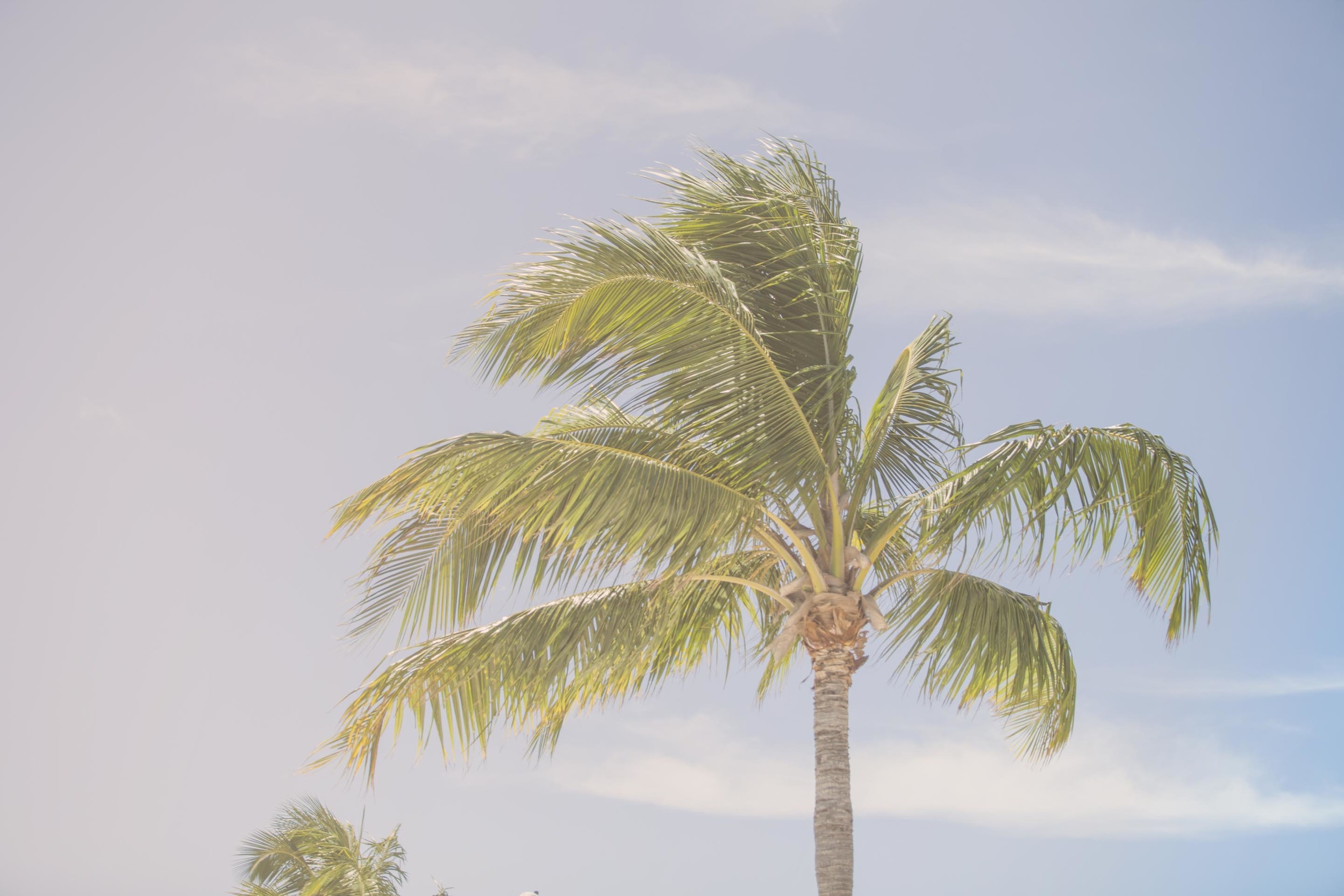
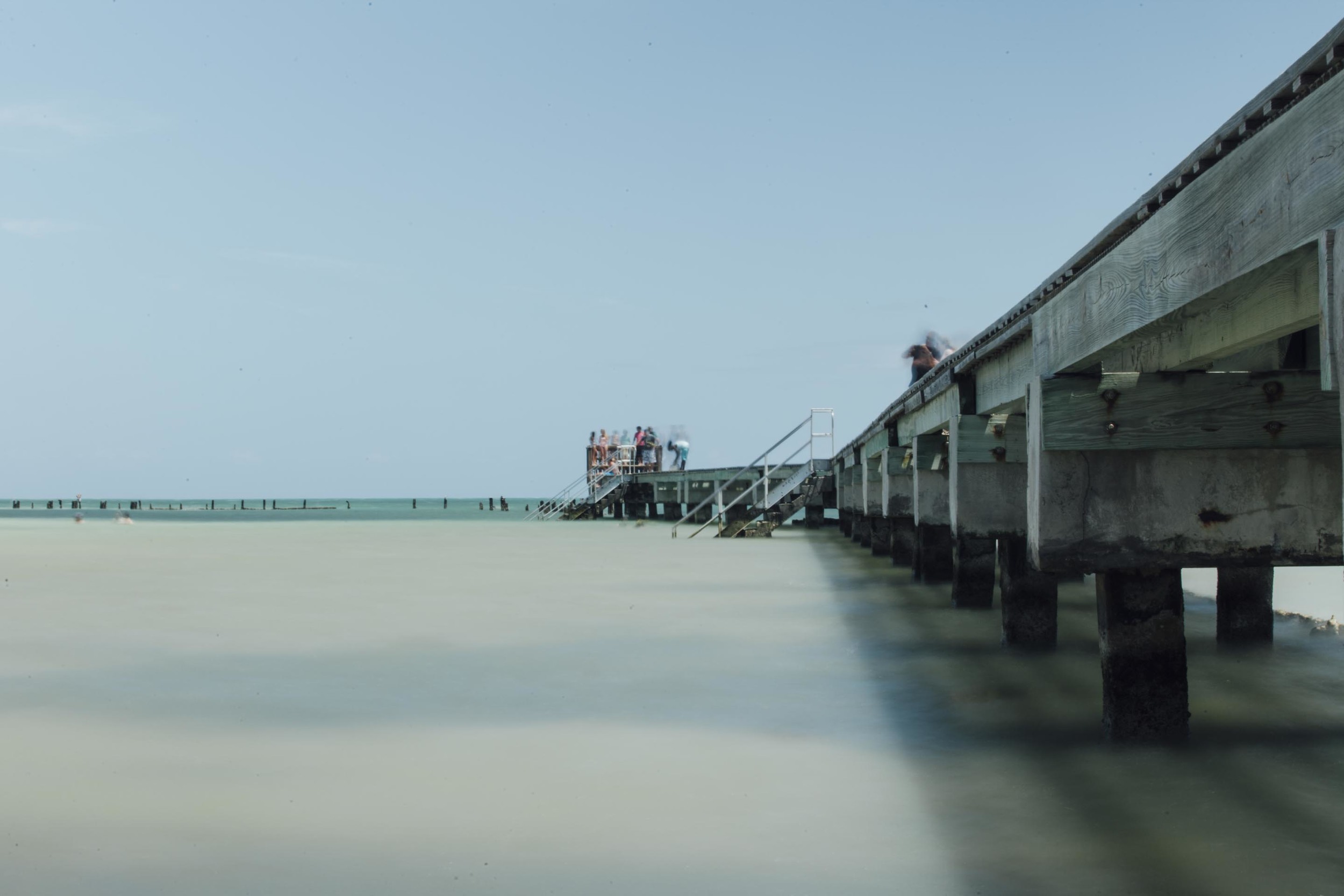
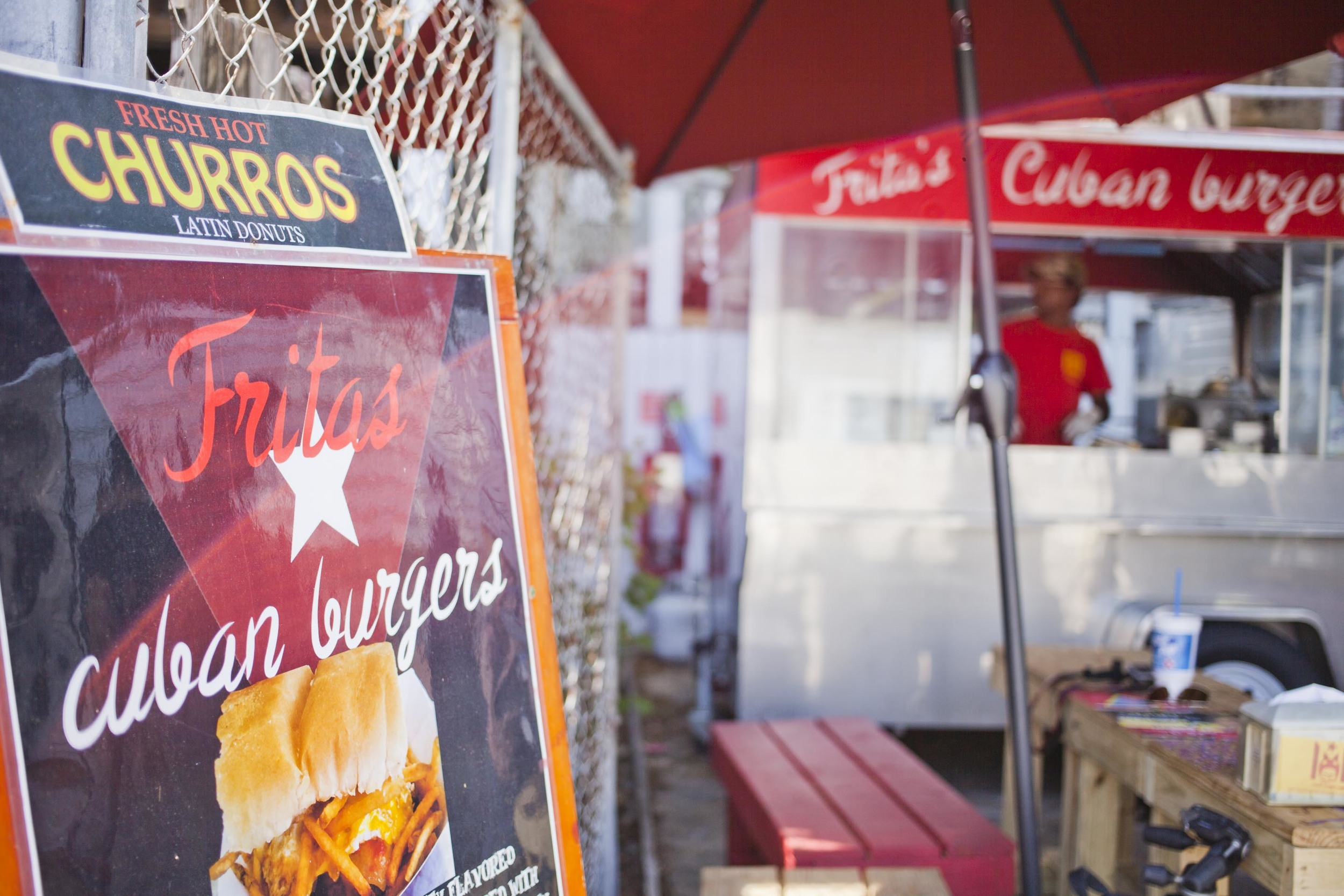
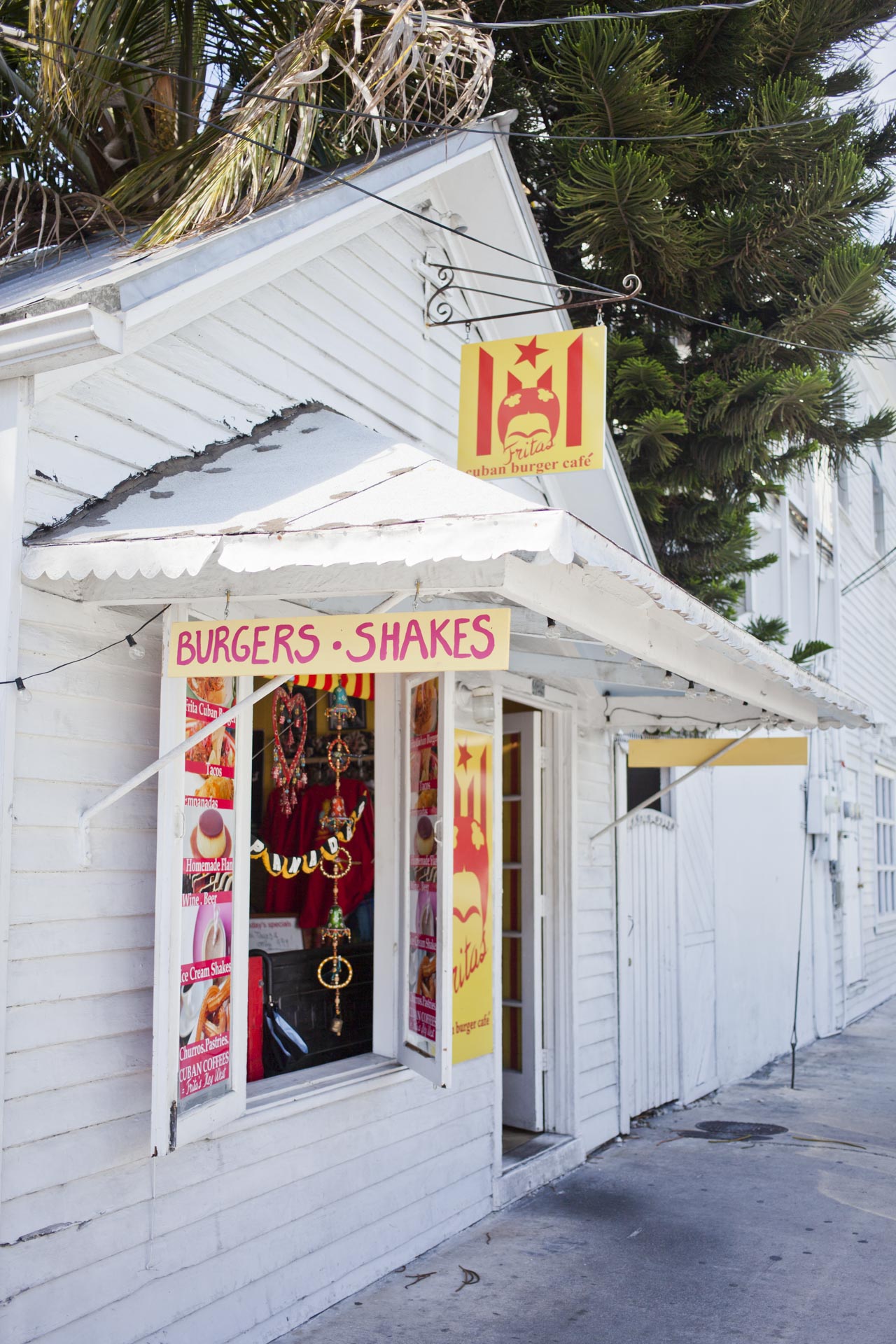
You should never judge a book by its cover just like you should never judge a restaurant by how many people are dinning. My wife was a bit reluctant when we rolled up Frita's. I was ecstatic because after half an hour and a wrong turn, we arrived. There wasn't a single person eating, drinking, or doing what people do at restaurants. I didn't hesitate or think anything none-the-less. I first learned about Frita Kahlo when studying Art History at The University of Massachusetts. I knew that if there was a restaurant dedicated to her, the food must be as well composed as her paintings were. I am by no means a food critic. I know what I like, love, hate. I am however one for a culinary adventure. I was eager to sit down, order, and stuff my face.
Everywhere we turned there was portraits of Frita looking at us, greeting us, asking us what we were hungry for. Our table had a bust of Frita painted on it. No matter which angle you sat, she was looking up at you. No doubt the artist who painted her knew a thing or two about perspective. We sat outside, as it was a beautiful, hot day in Florida. Groups of people passed by. Occasionally the brave would stop and read the menu, but most people kept passing by. I kept thinking to myself, "are these people crazy for passing a place like this up, or are they just not in the mood to eat?" My camera was torn from the bag the moment we sat at the table. It was obvious by my behavior that I am not a tourist. Most people get that the moment they see my set up. I made a few photos of our surroundings and a few while the manager came out and took our order. I stood and approached the guy behind the grill. I asked if I could make photographs while he cooked our food. He obliged, even showing a bit of excitement for being photographed, sort of as if it made his day. Dewan from Bangladesh worked the grill like an artist, perhaps the same artist who painted Frita on our table. He was happy to tell us his story as to why he was in Key West, grilling our food. At some point we had a more personable conversation with the manager who took our order. He handed me a business card with his name and email address, so as I could forward him this very post, but during my travels, the business card slipped from my notebook and became a reminder of why I should also write things down in addition to taking a business card. Some book make that card was..
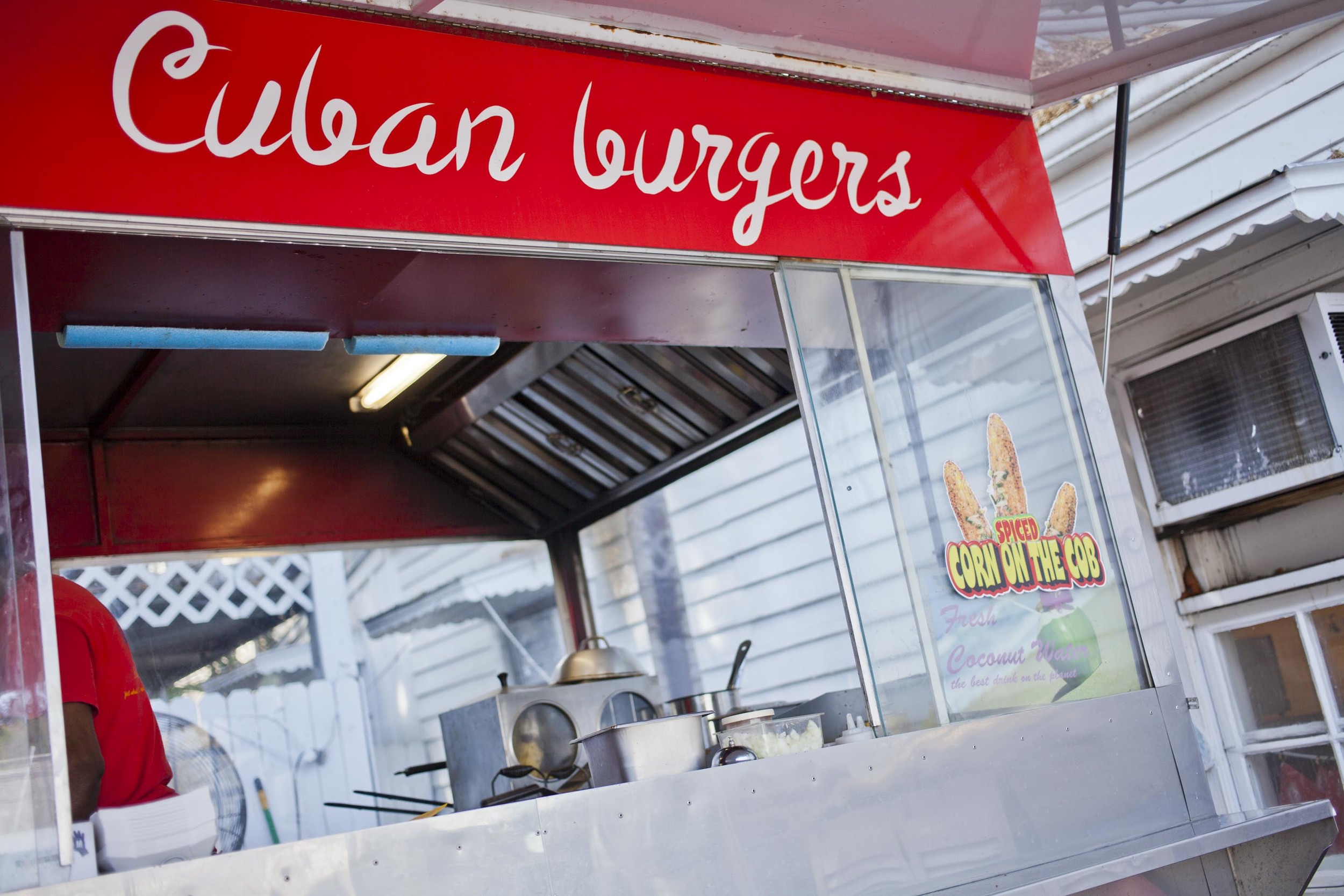
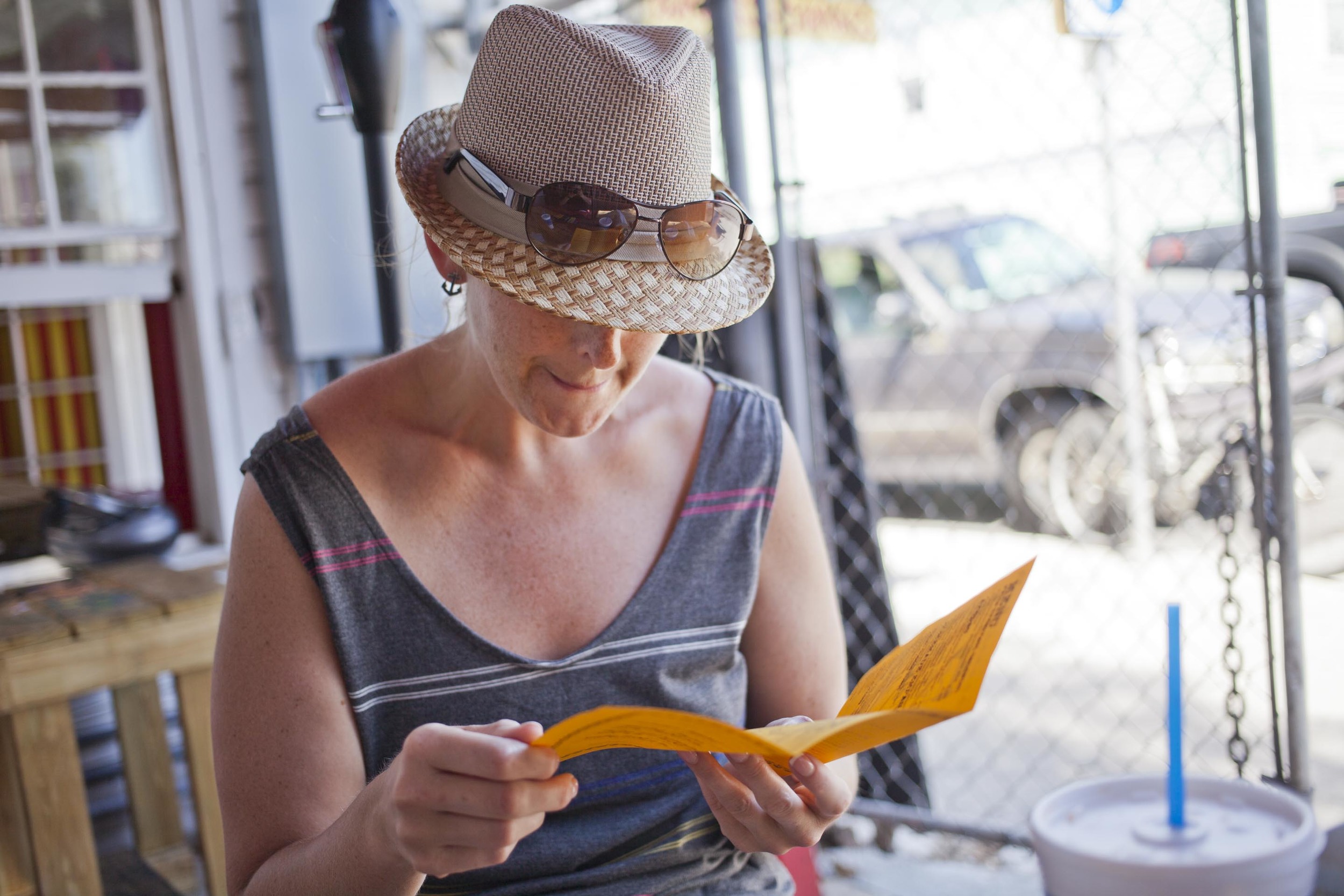
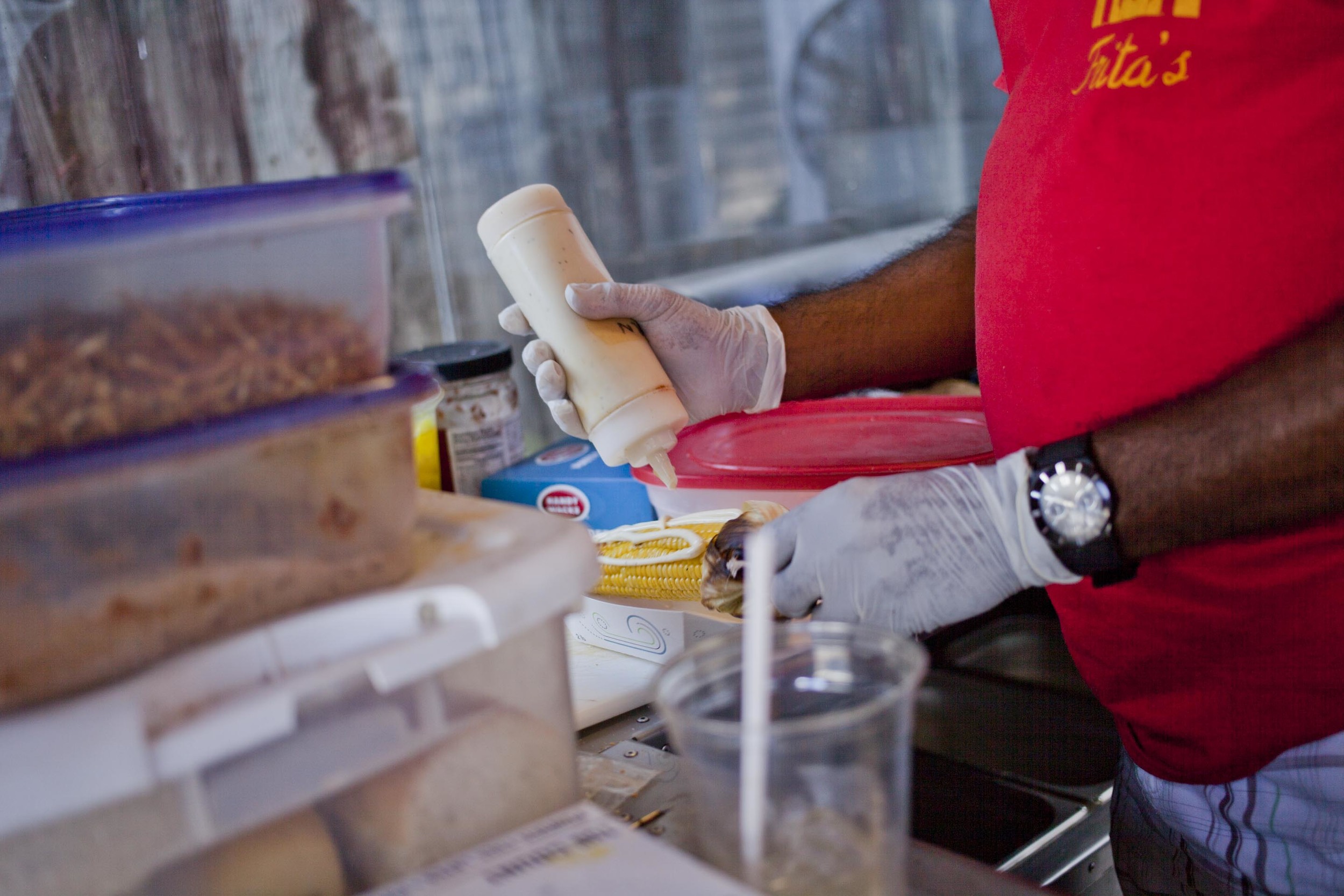
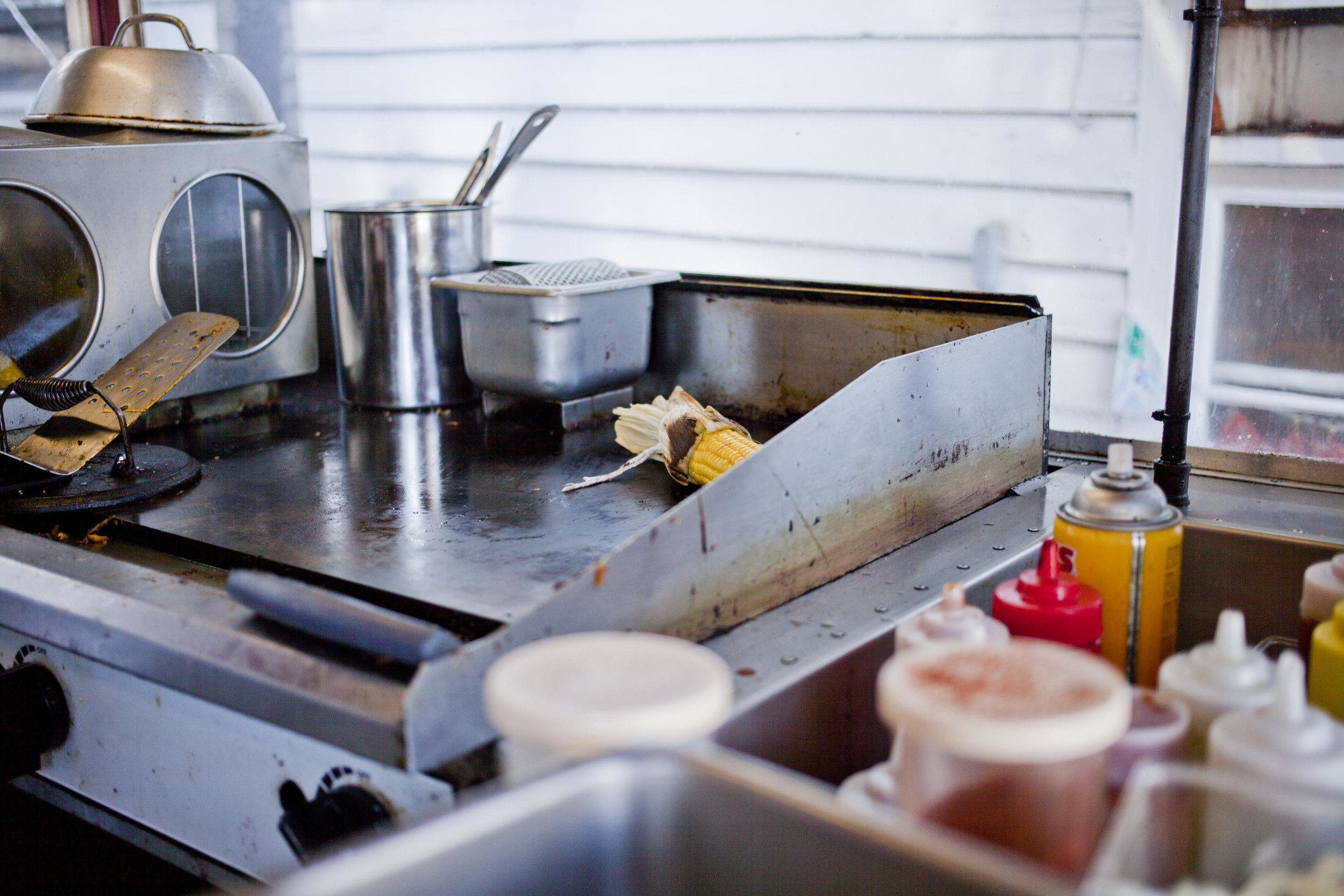
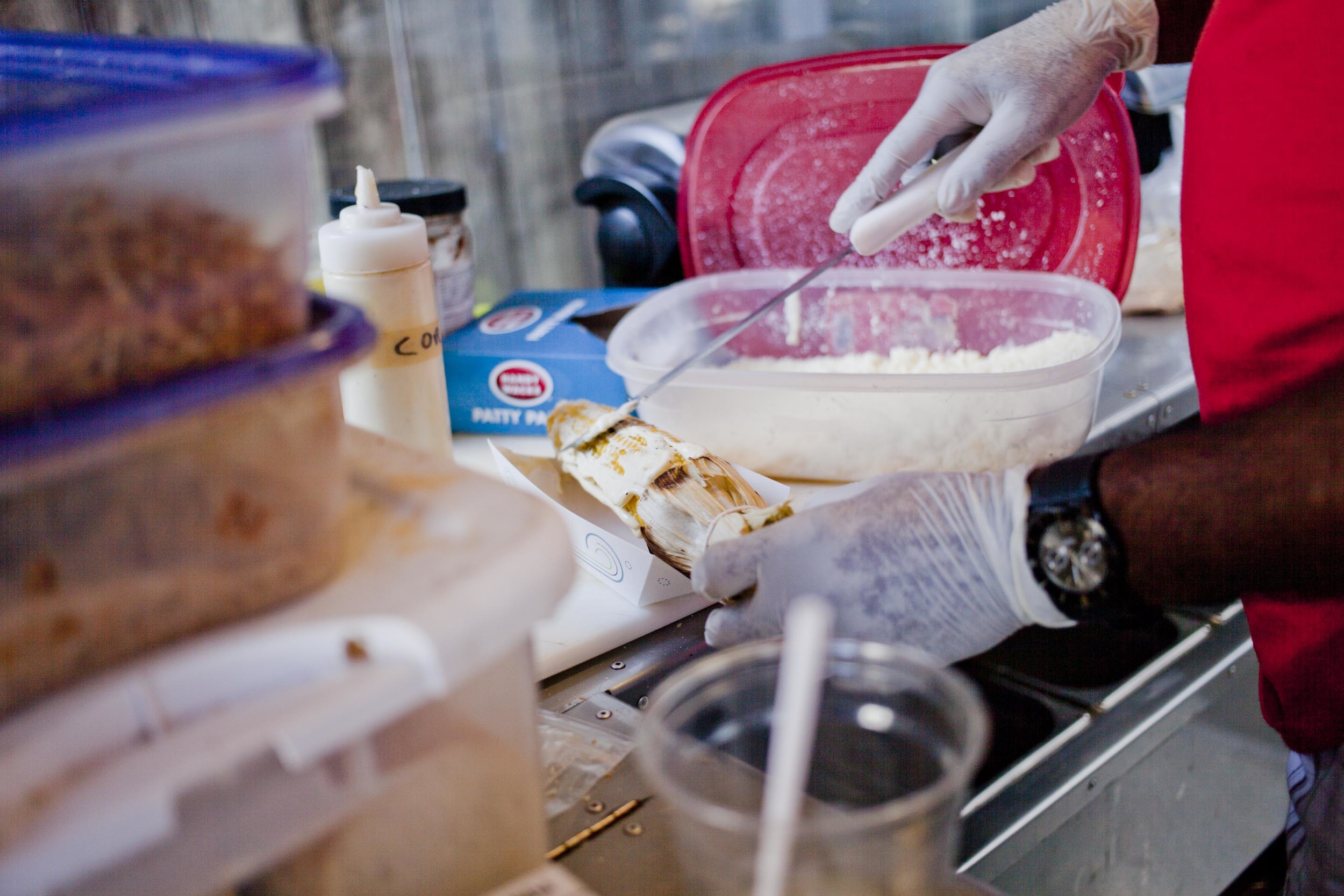

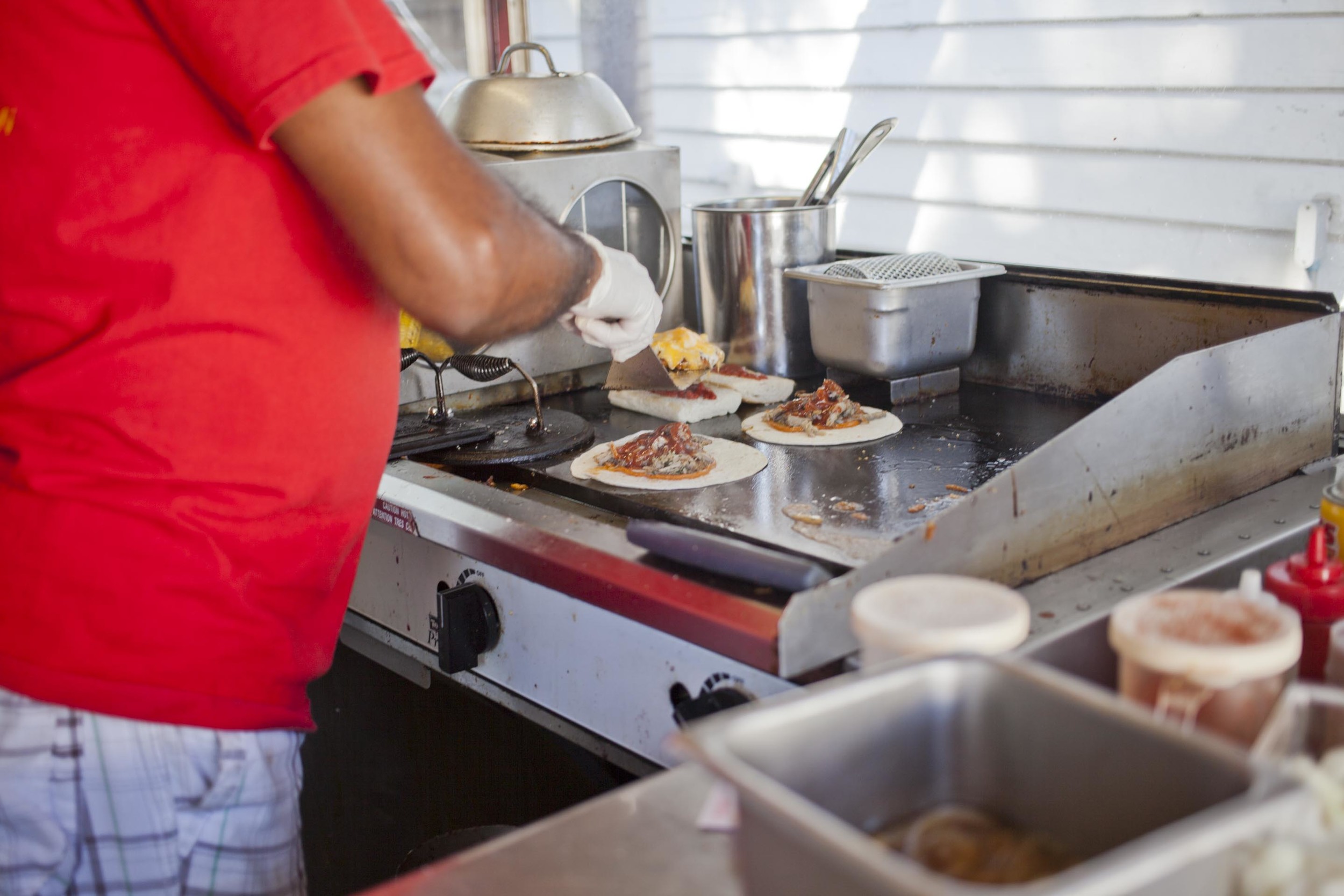

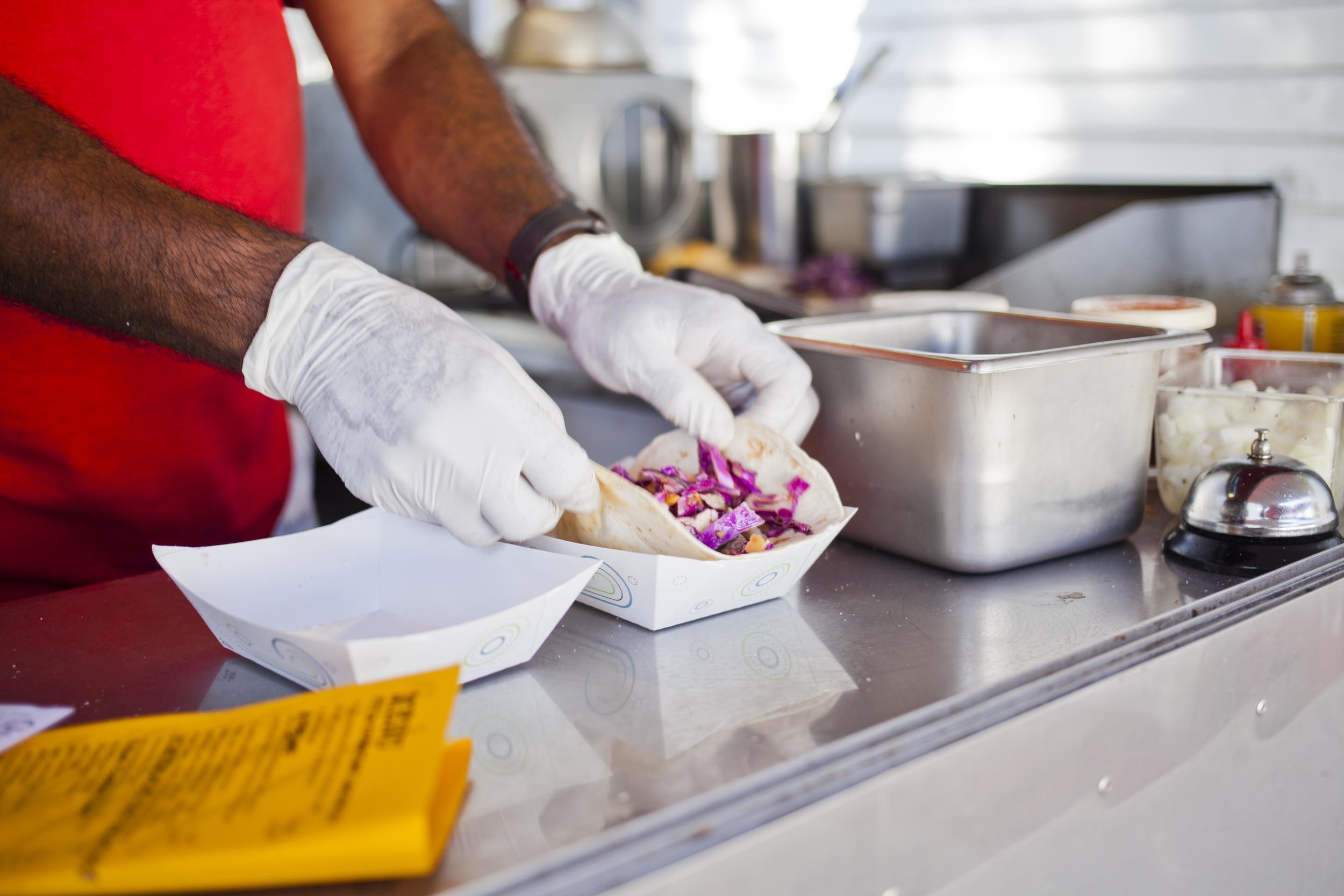
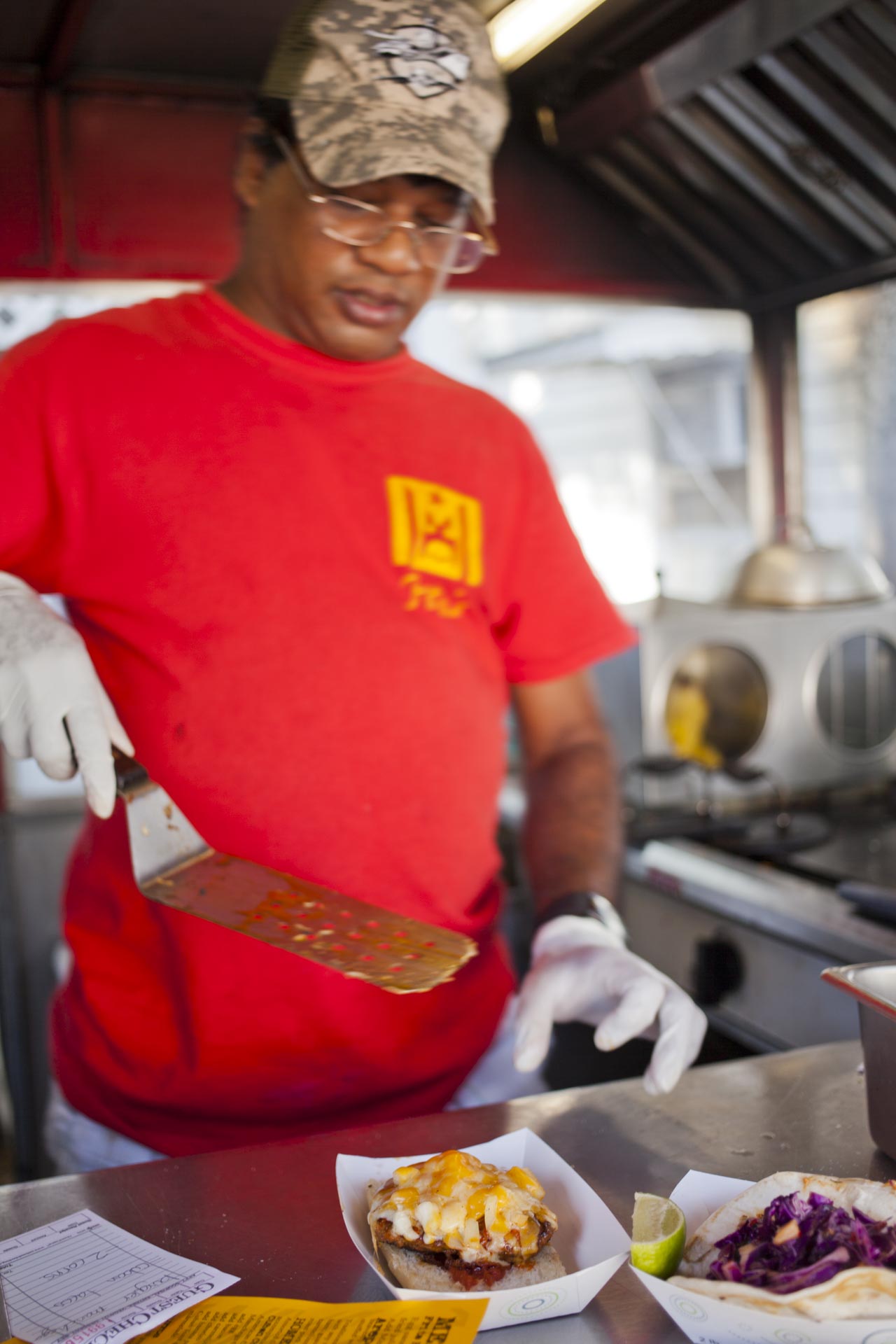

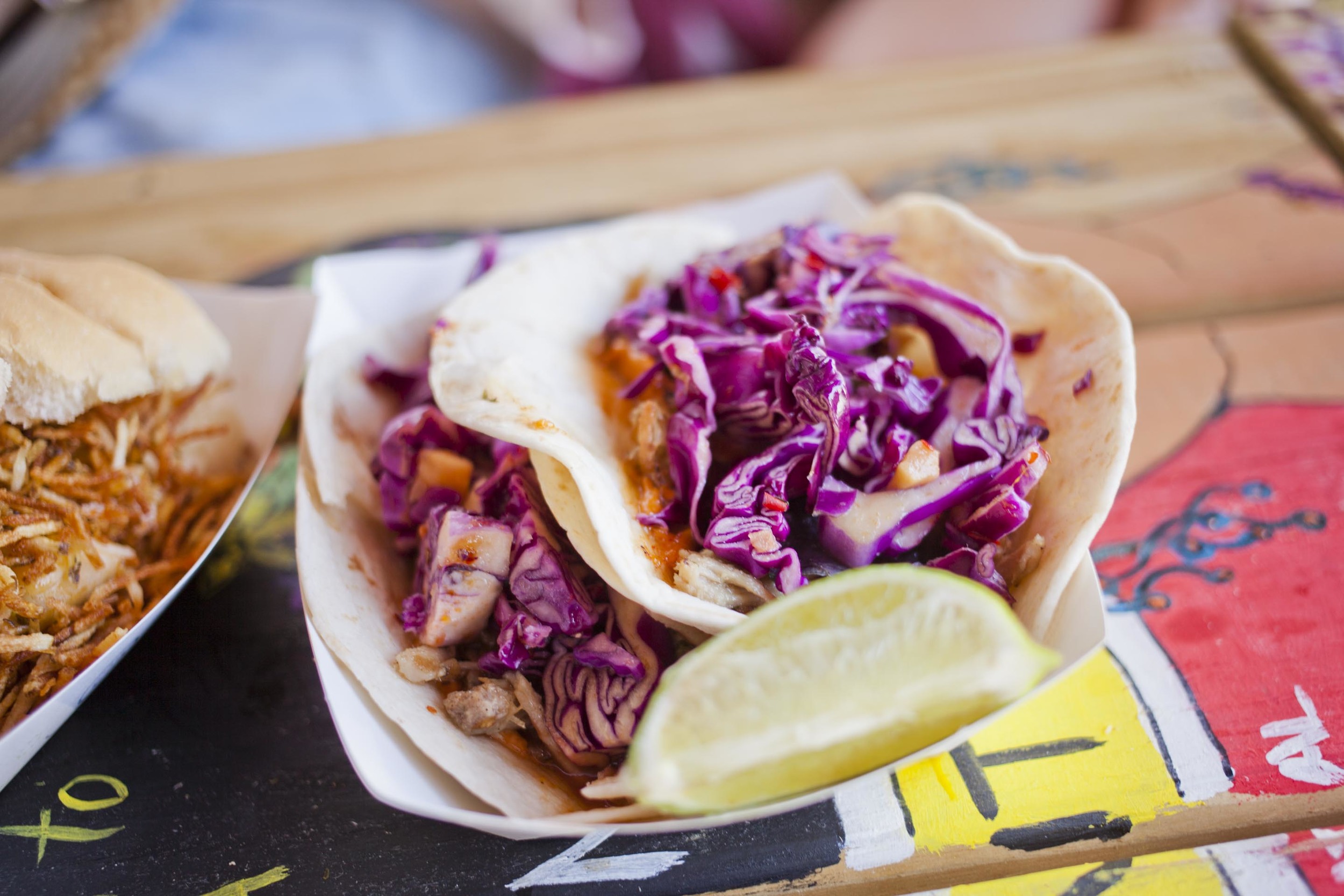
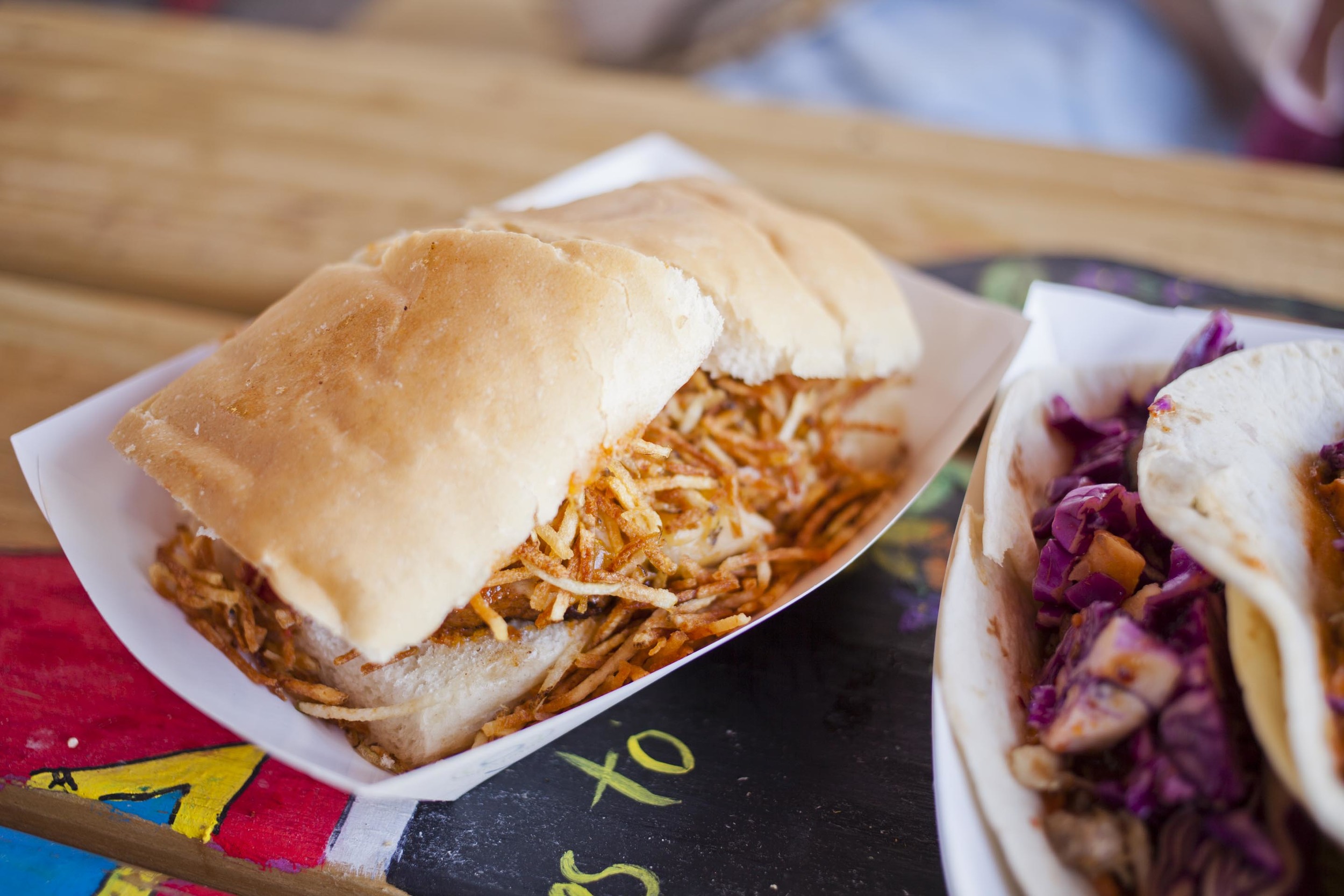
I ordered 2 Cuban Tacos, Sue ordered 1 Cuban burger, I had the ear of Cuban grilled corn, and we shared 3 churros. Like I said, I am no food critic, but what I can say is this, my life changed with every bite I took. The juxtaposition of each element of our food created sinful, lusting, flavor bombs of transcendence. Frita's is the type of restaurant where you will eat something that you will remember. Located off the main road and 90 miles from Cuba, you would think that your eating at a restaurant on the Havana Port.


























